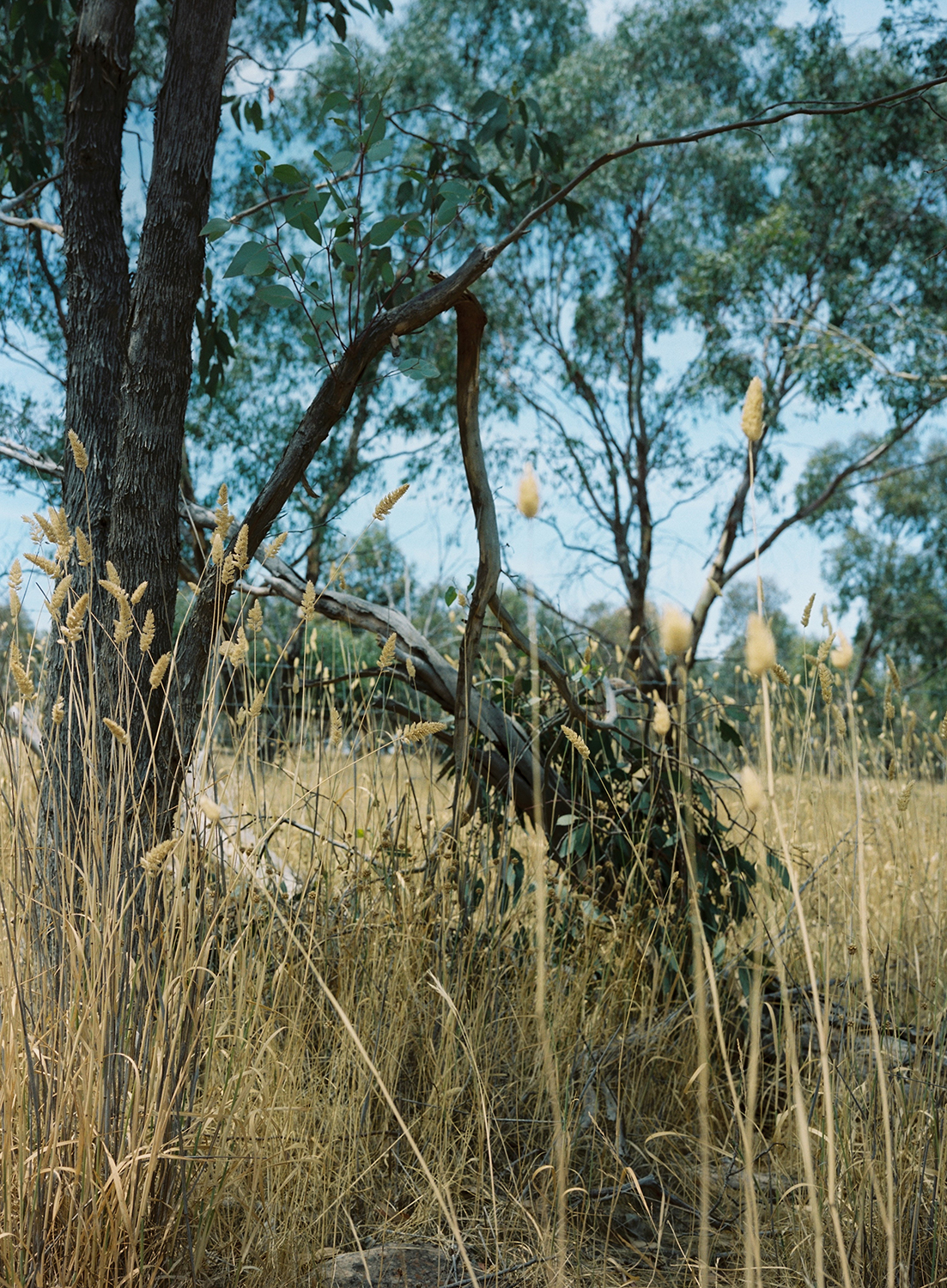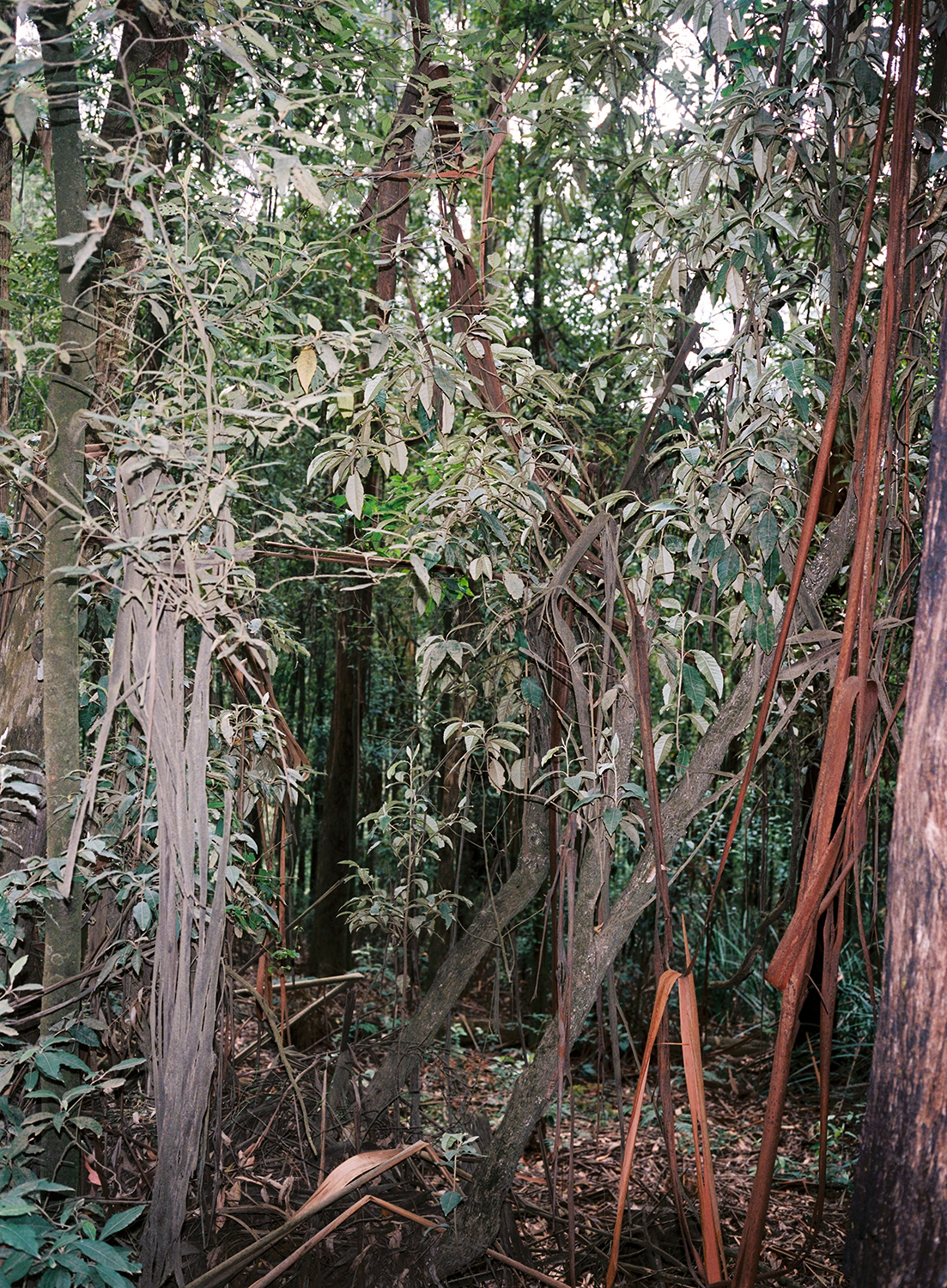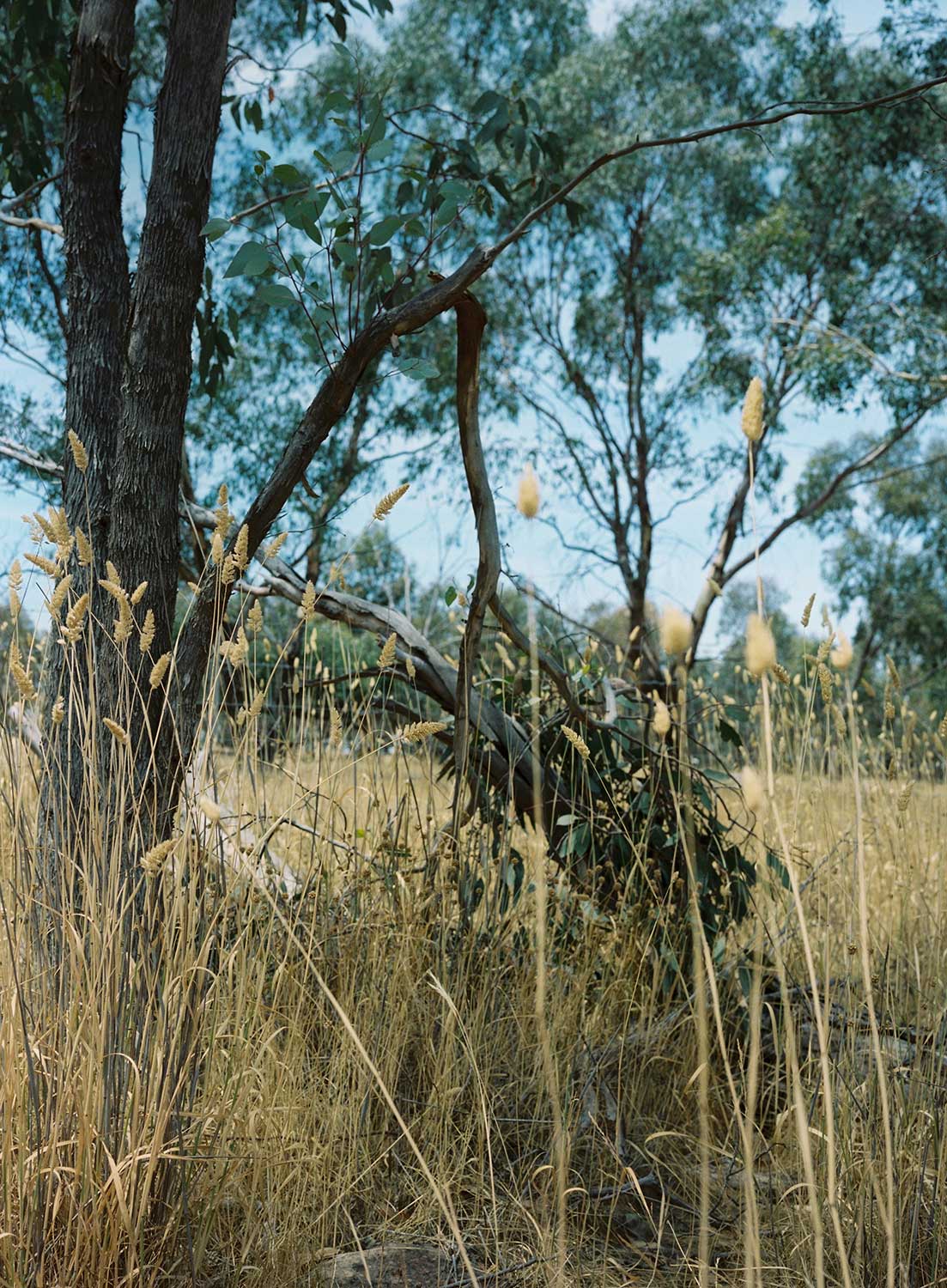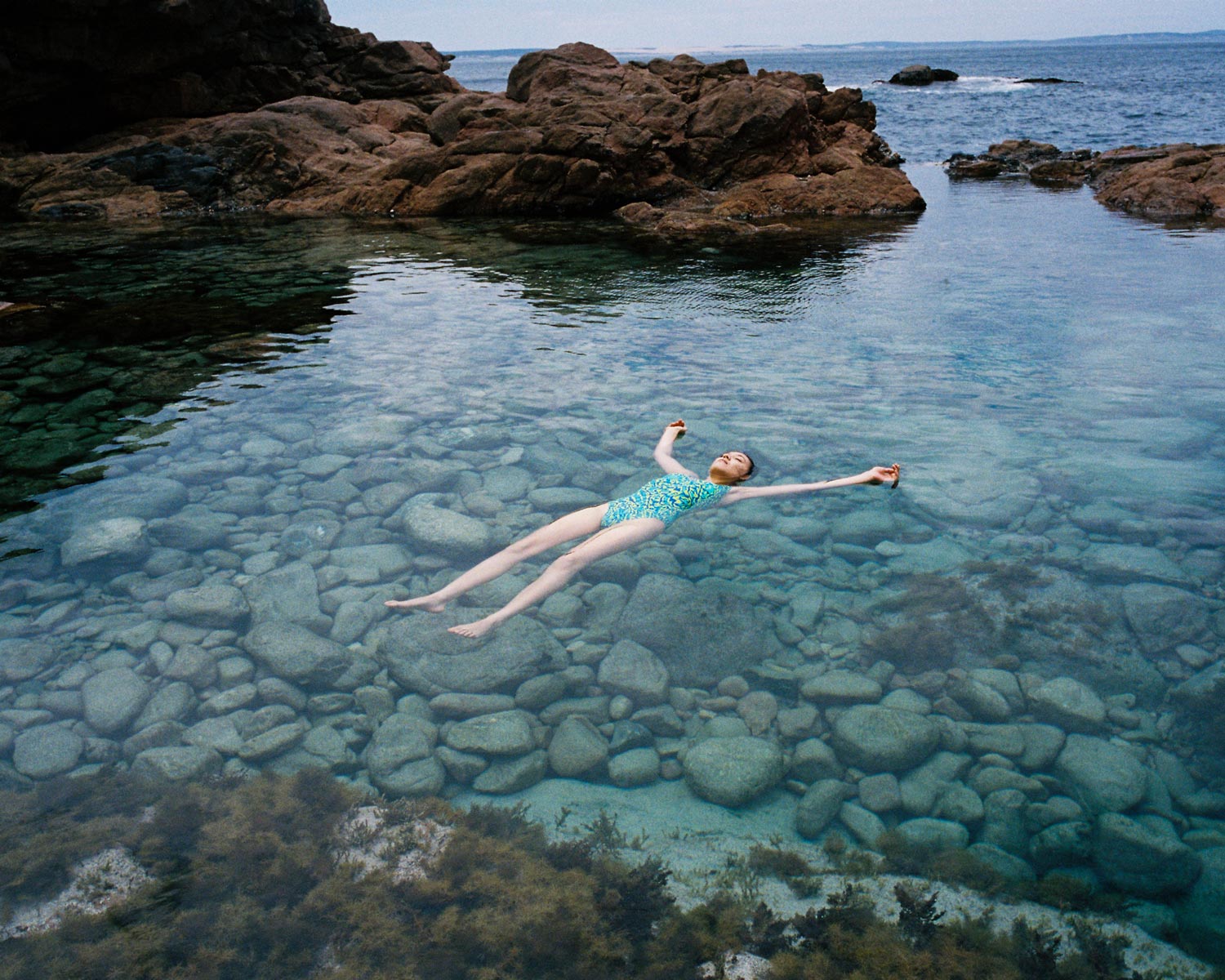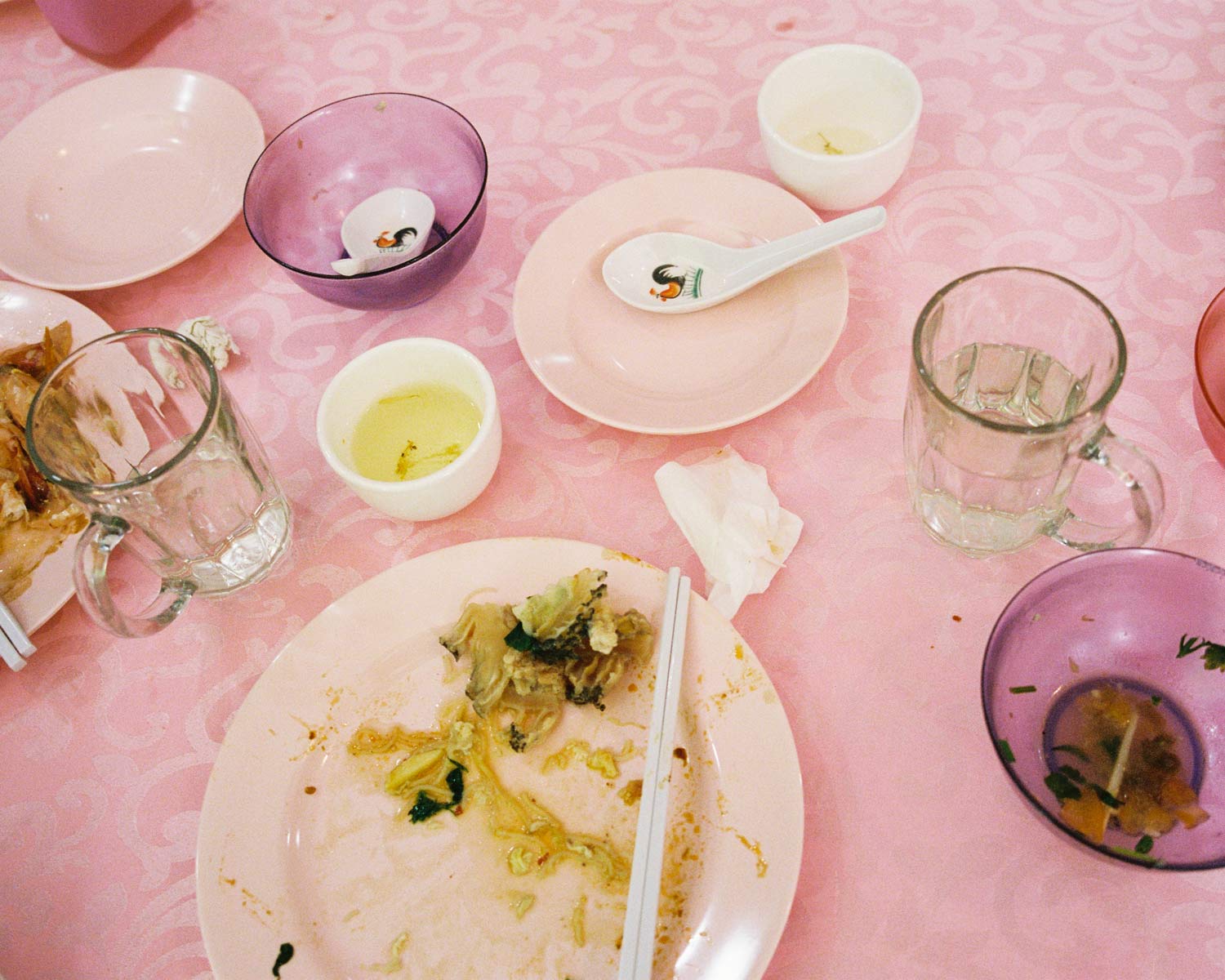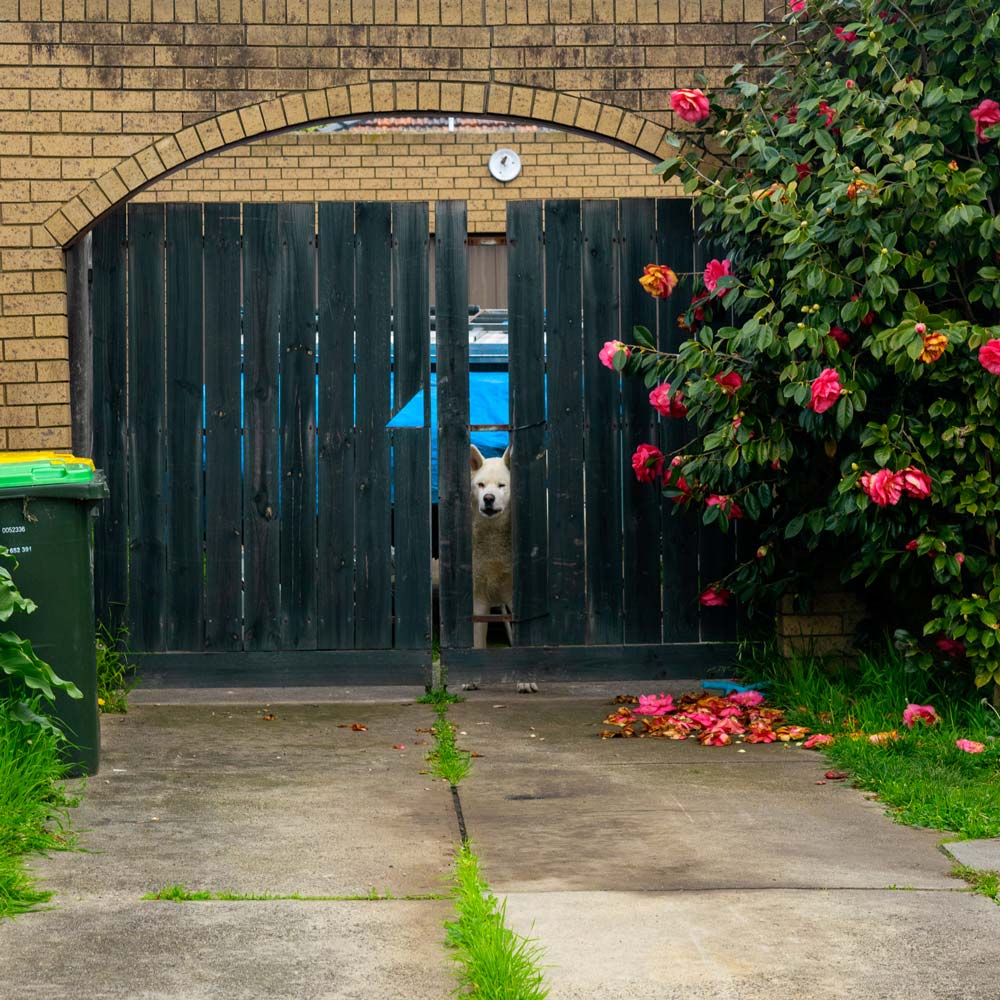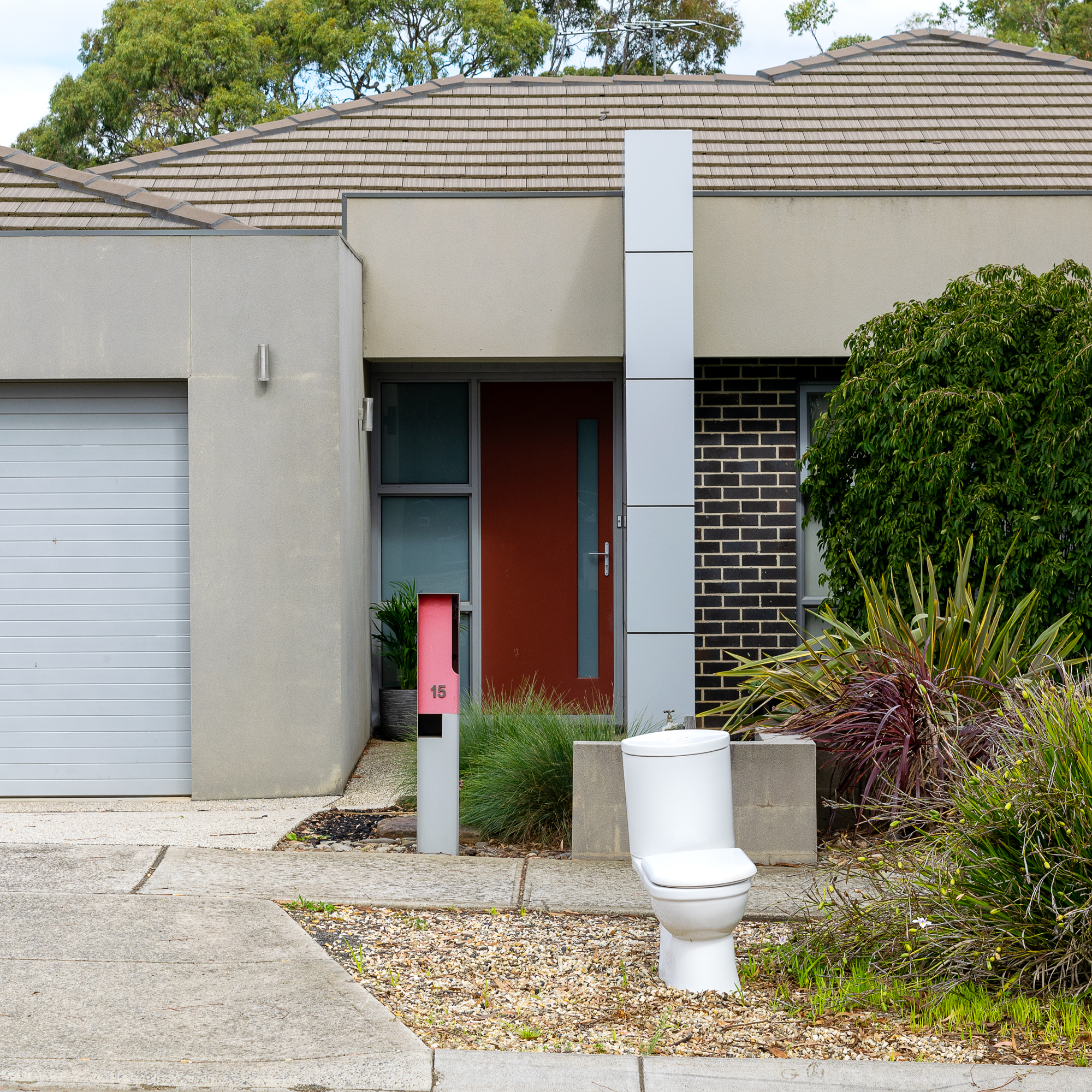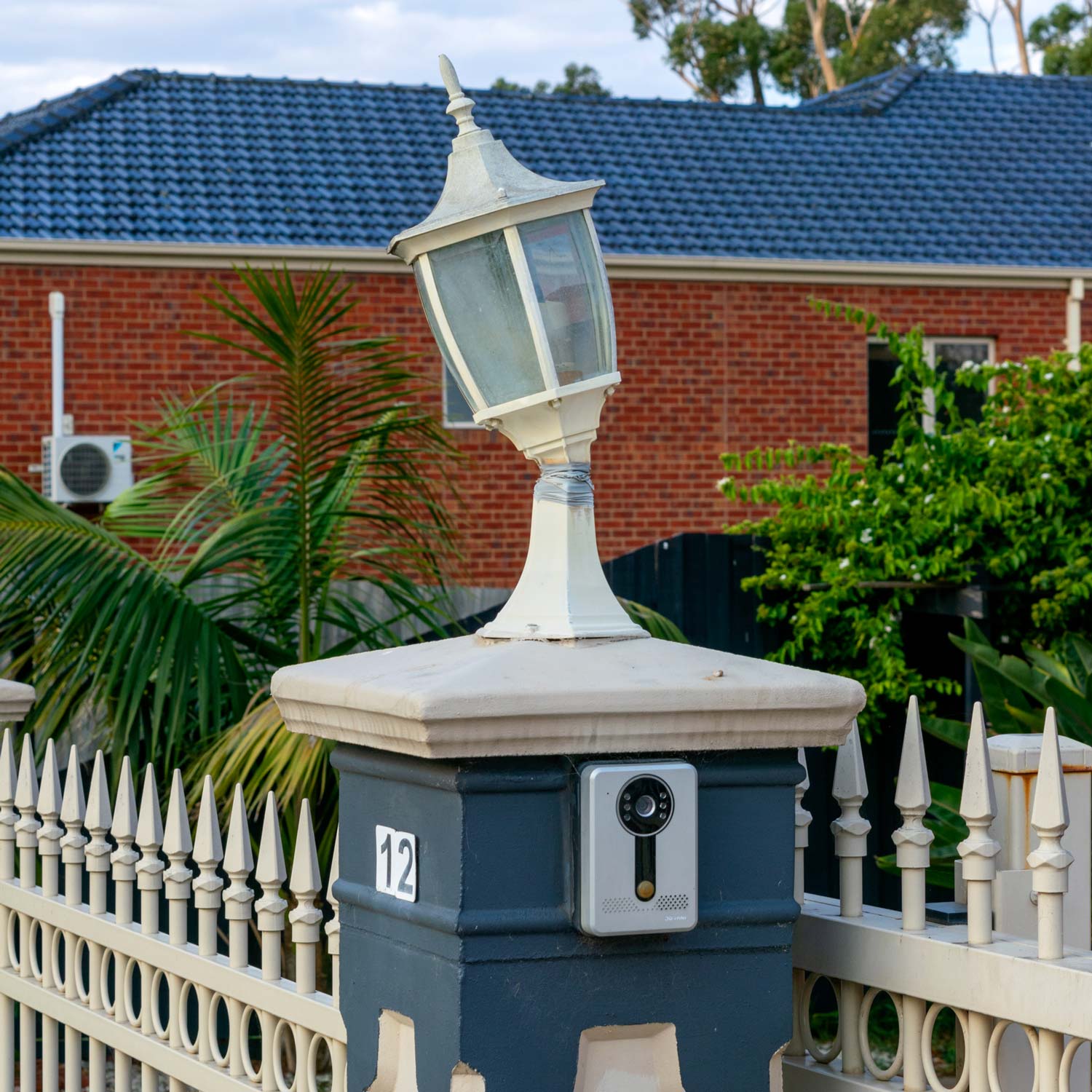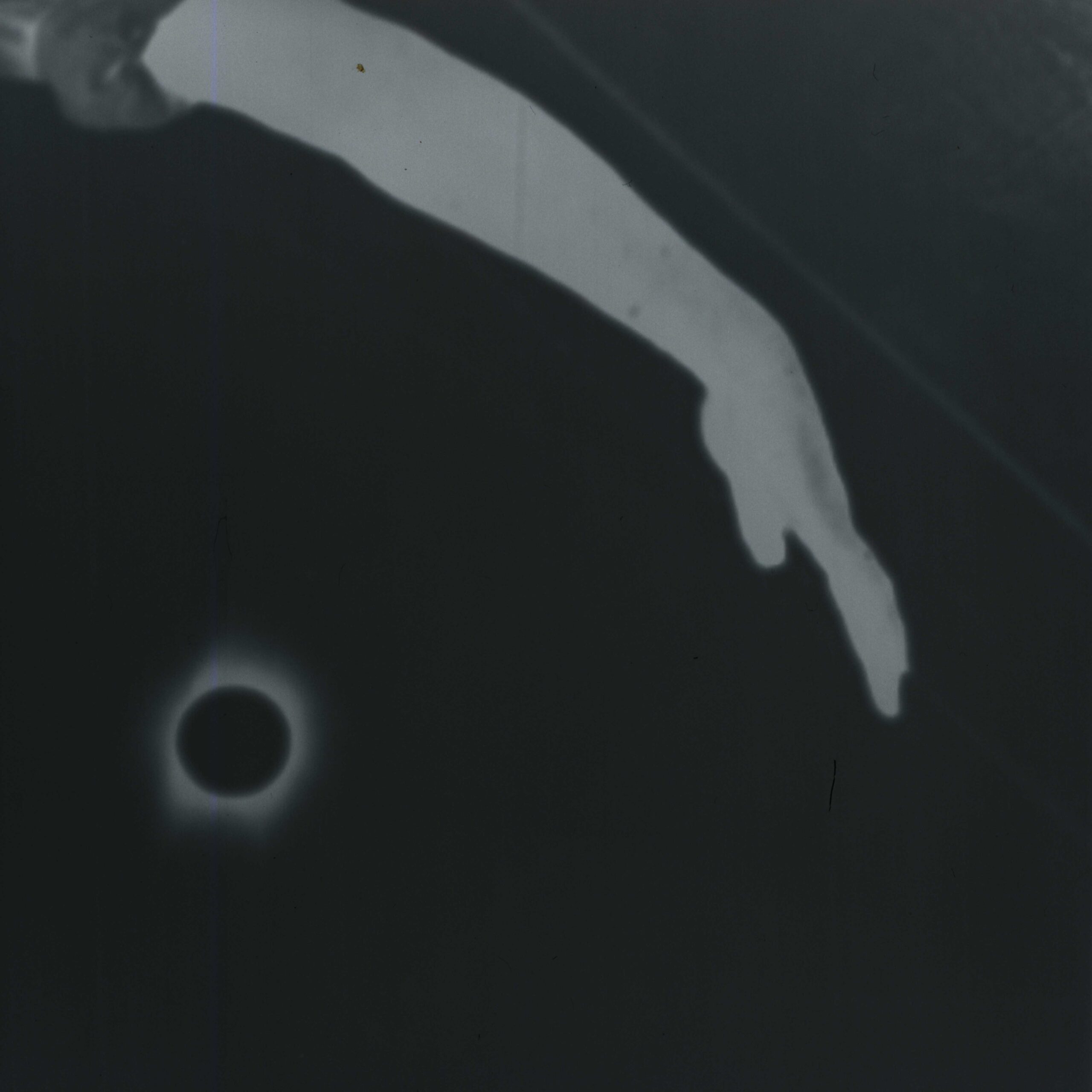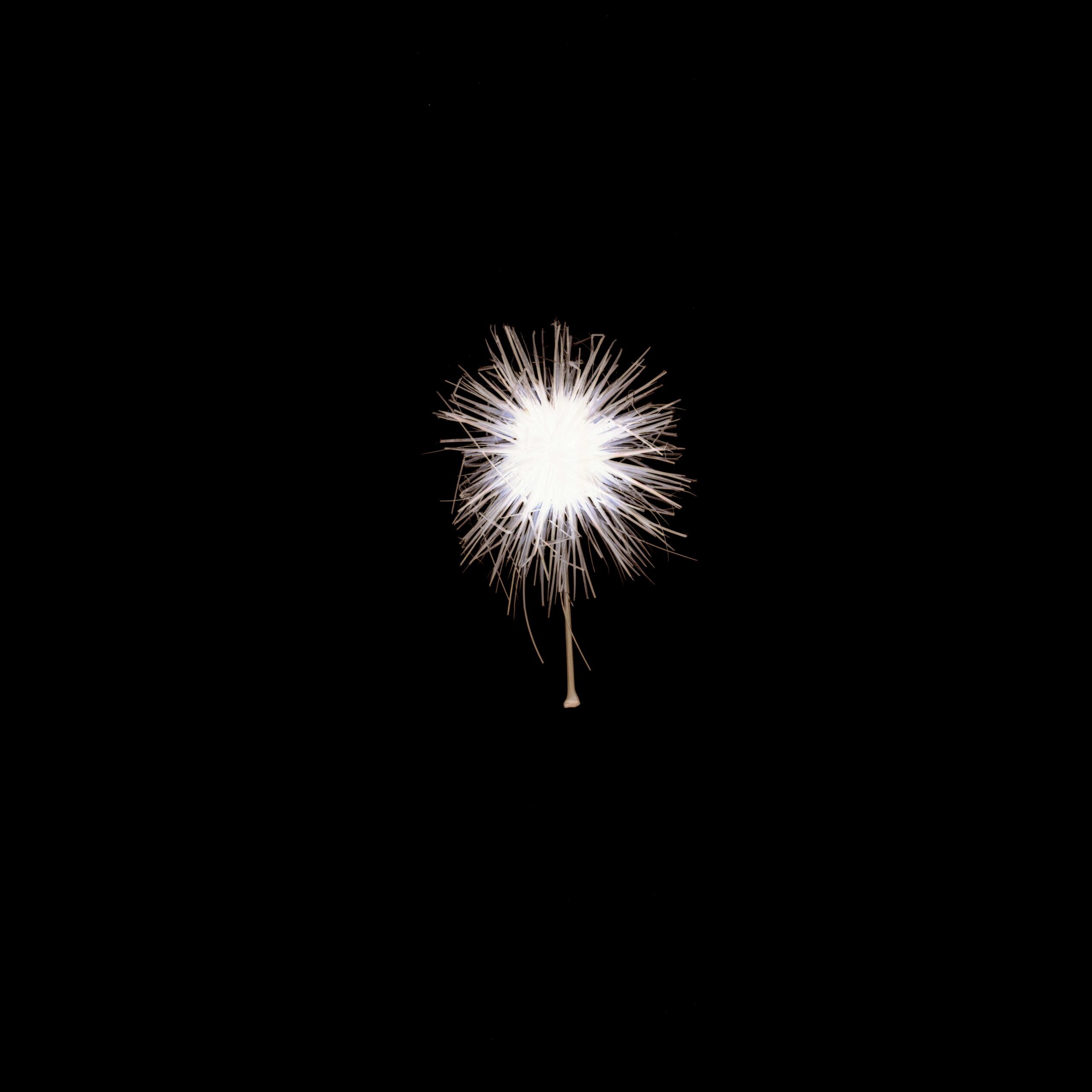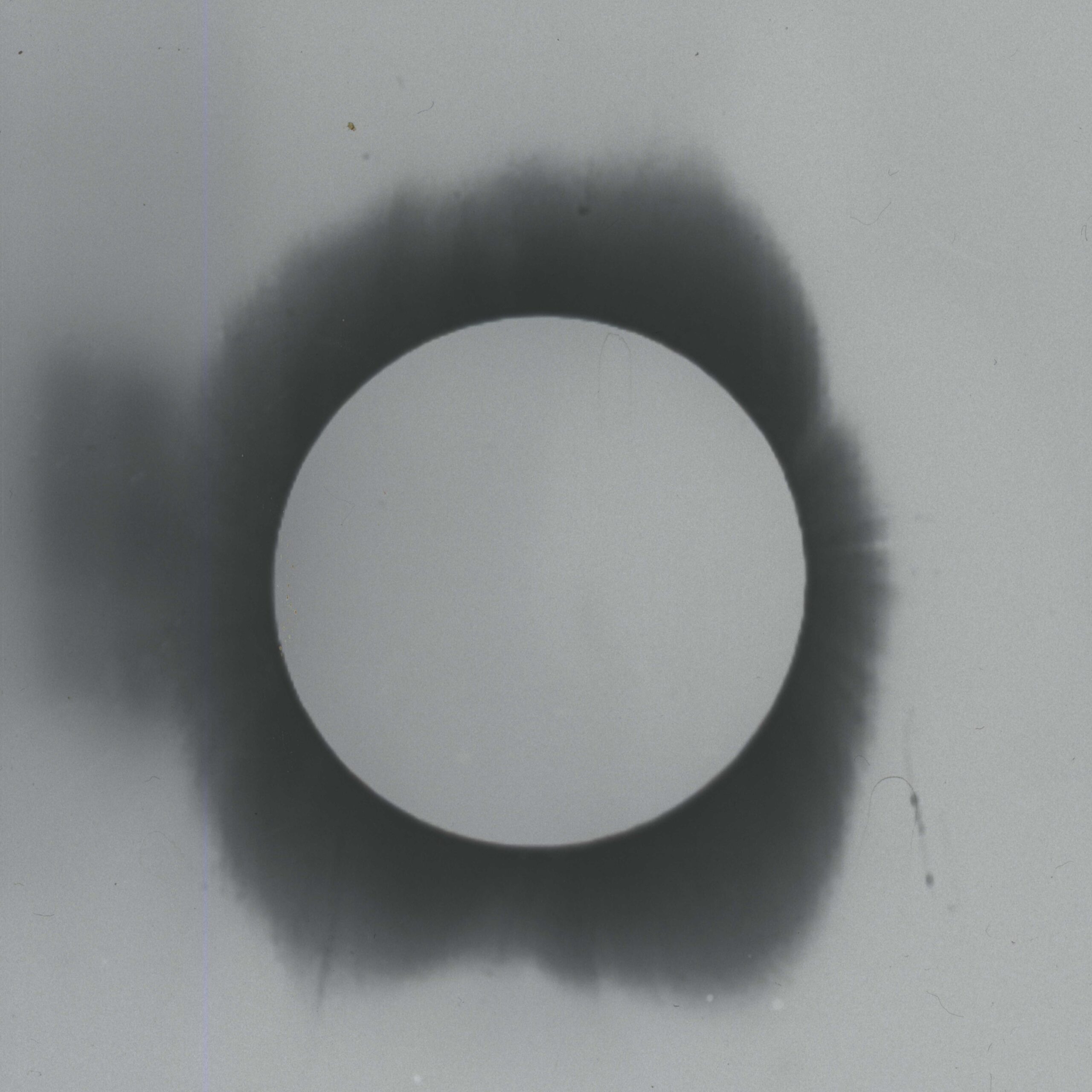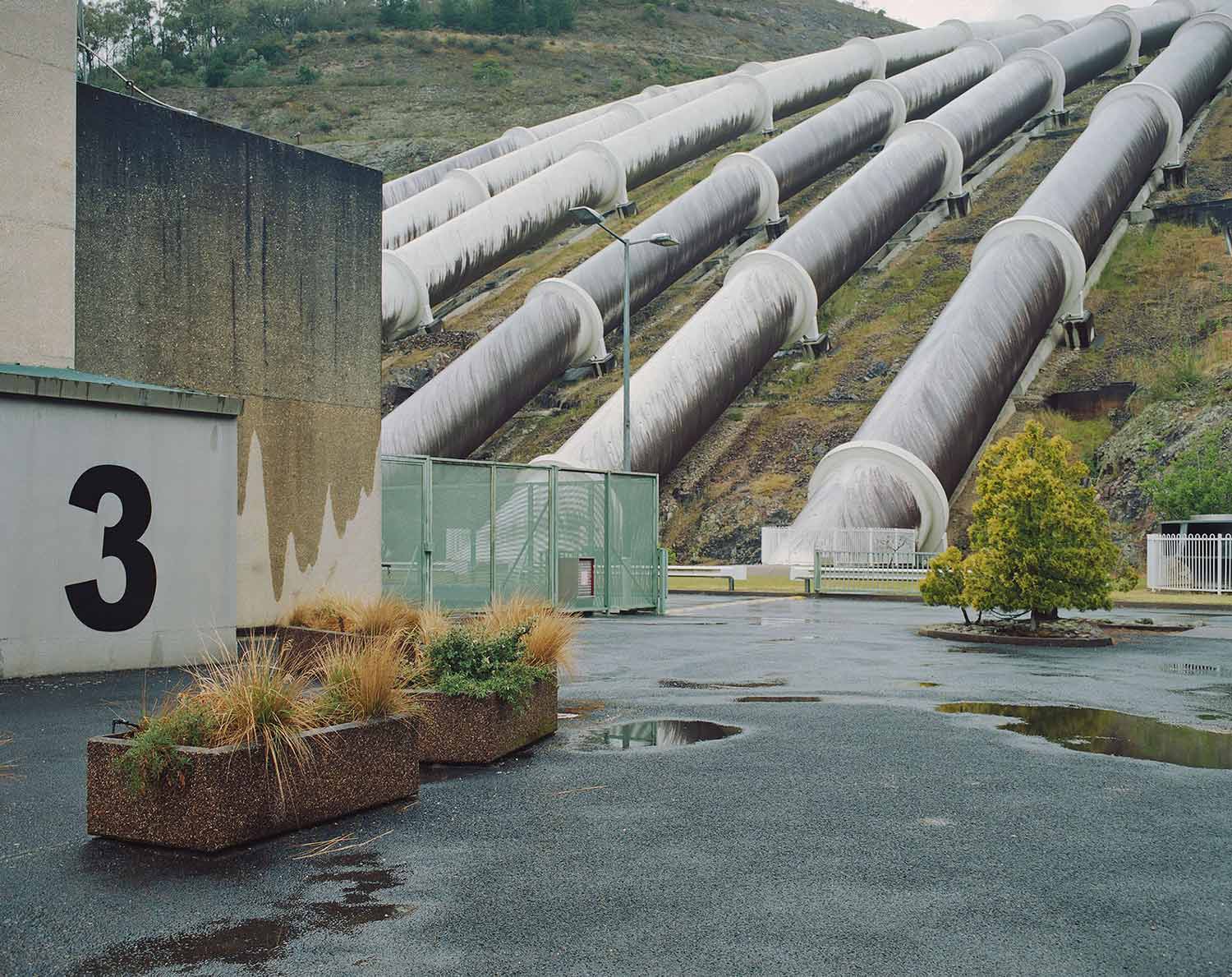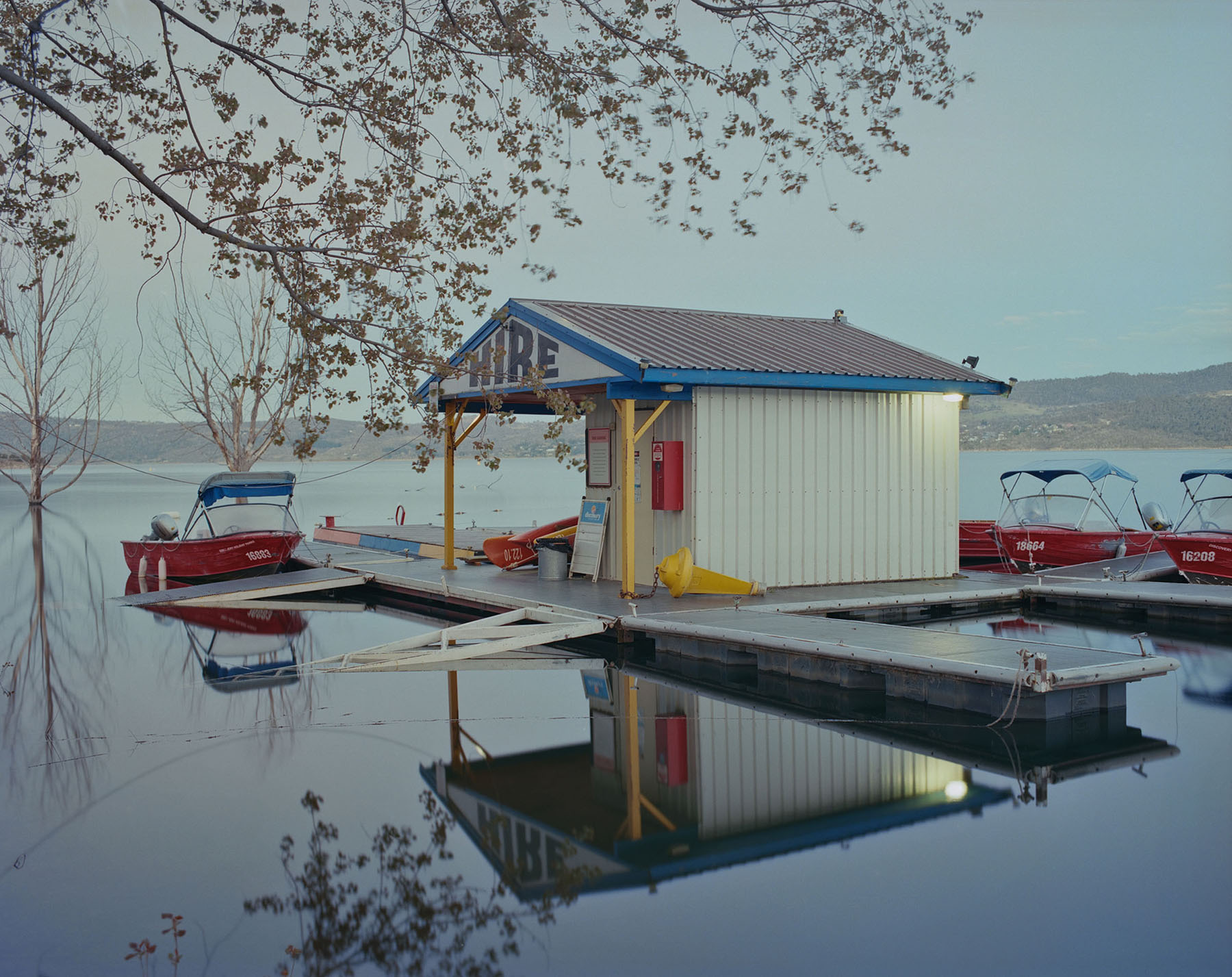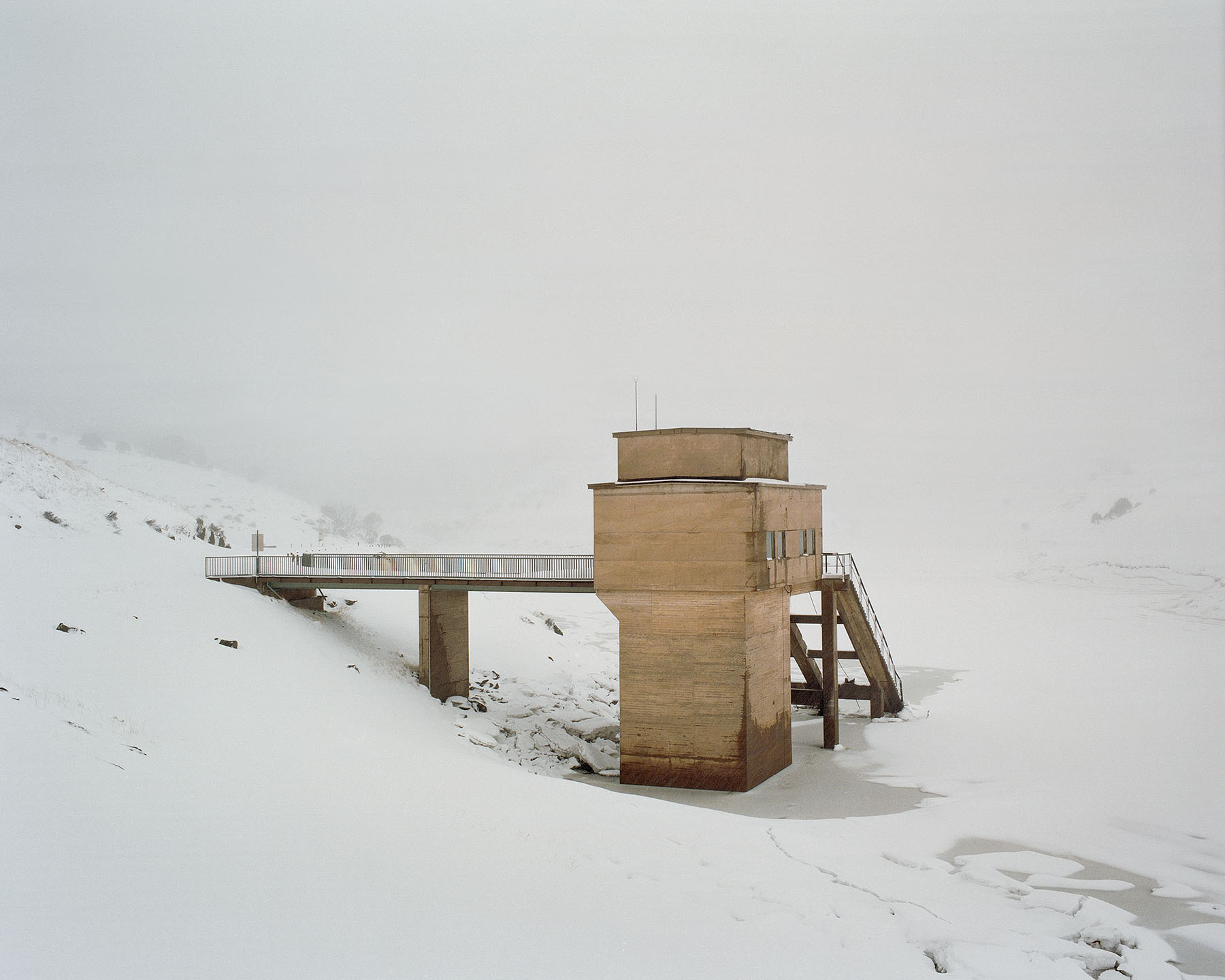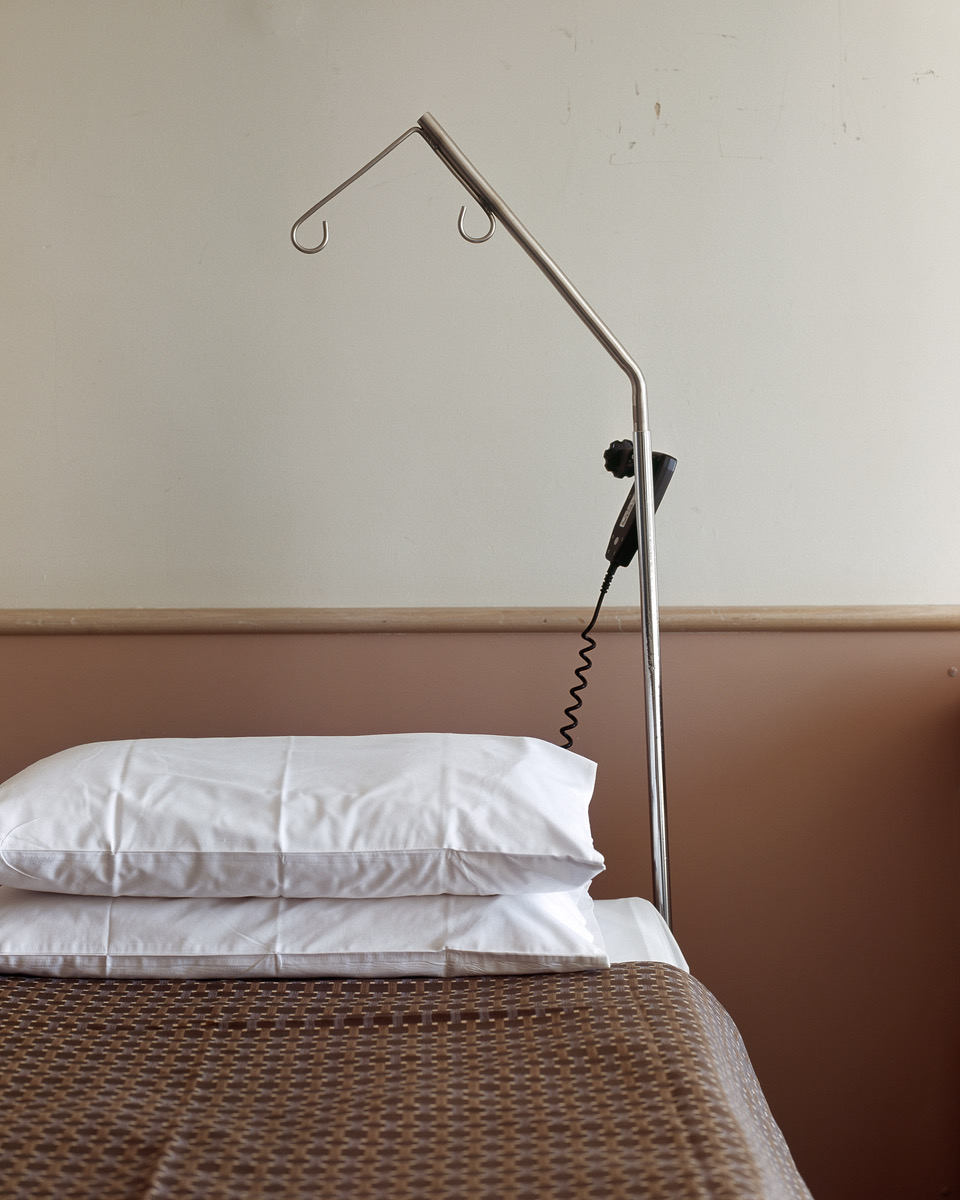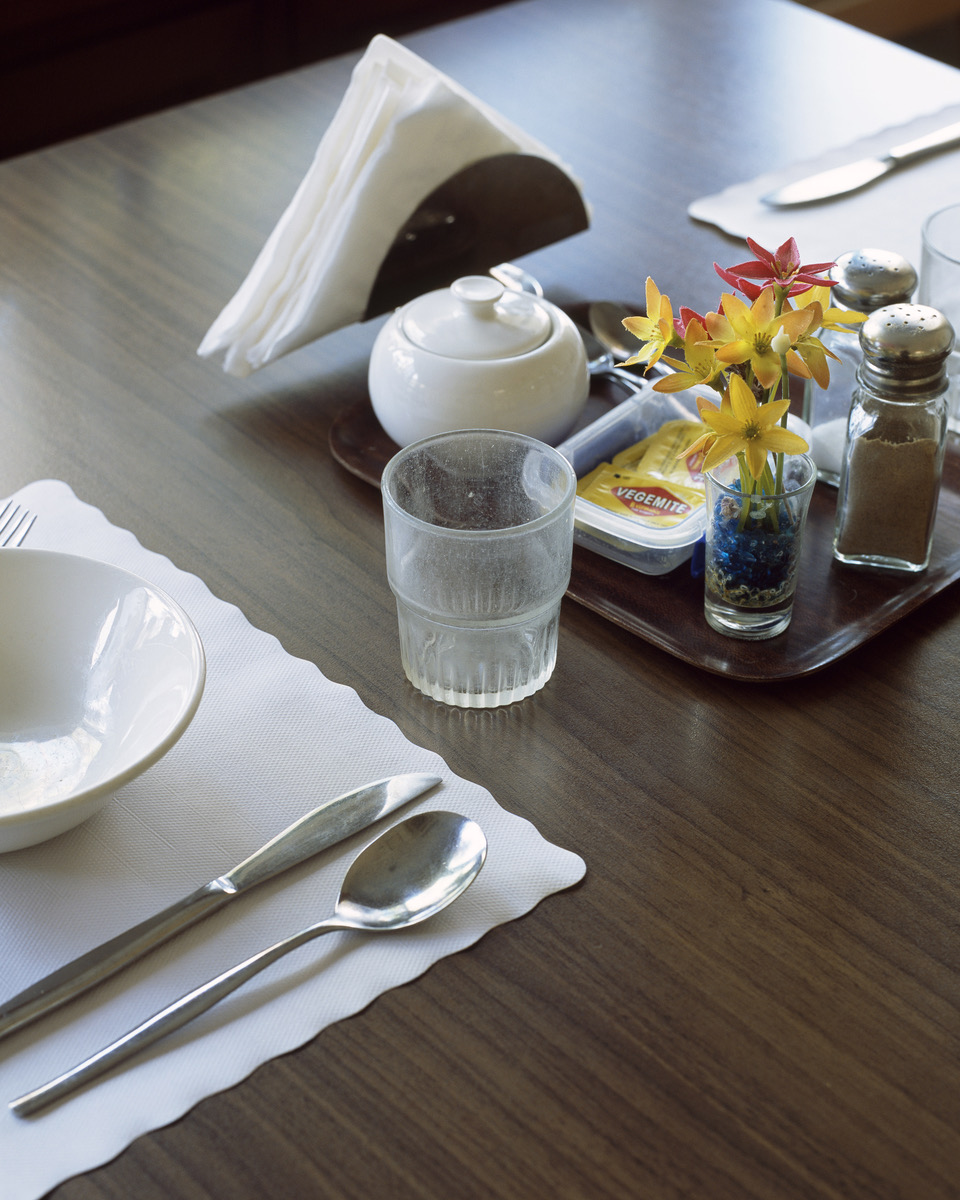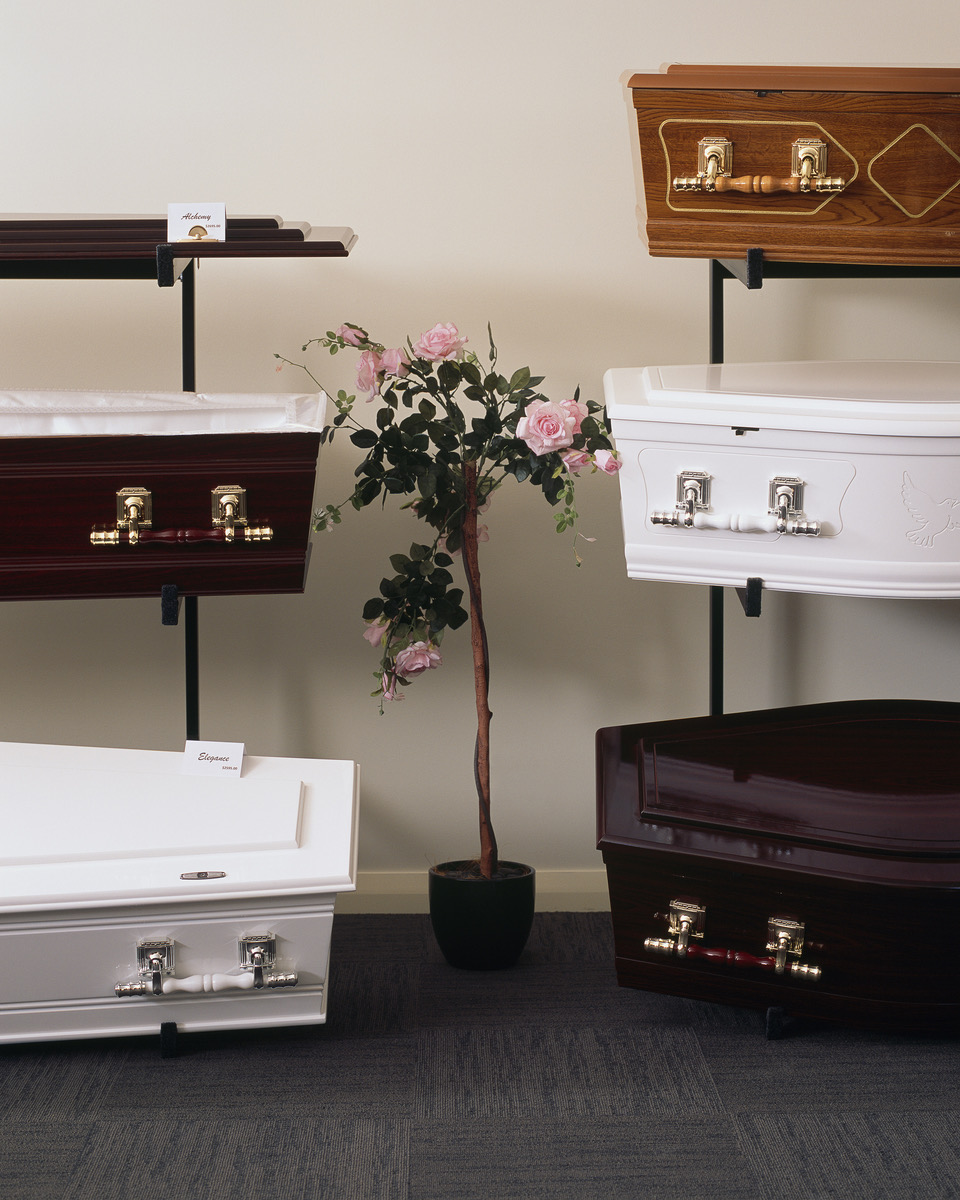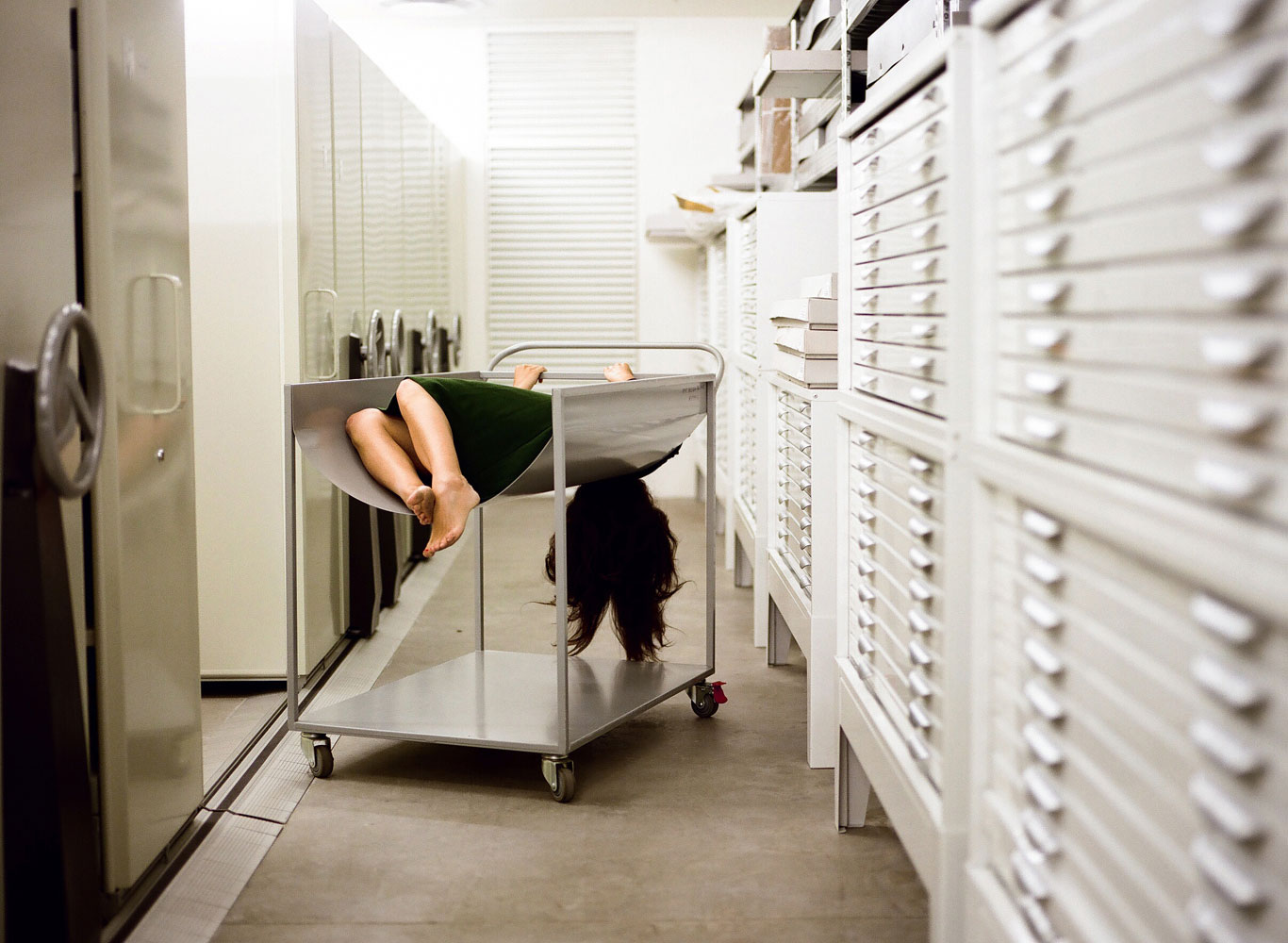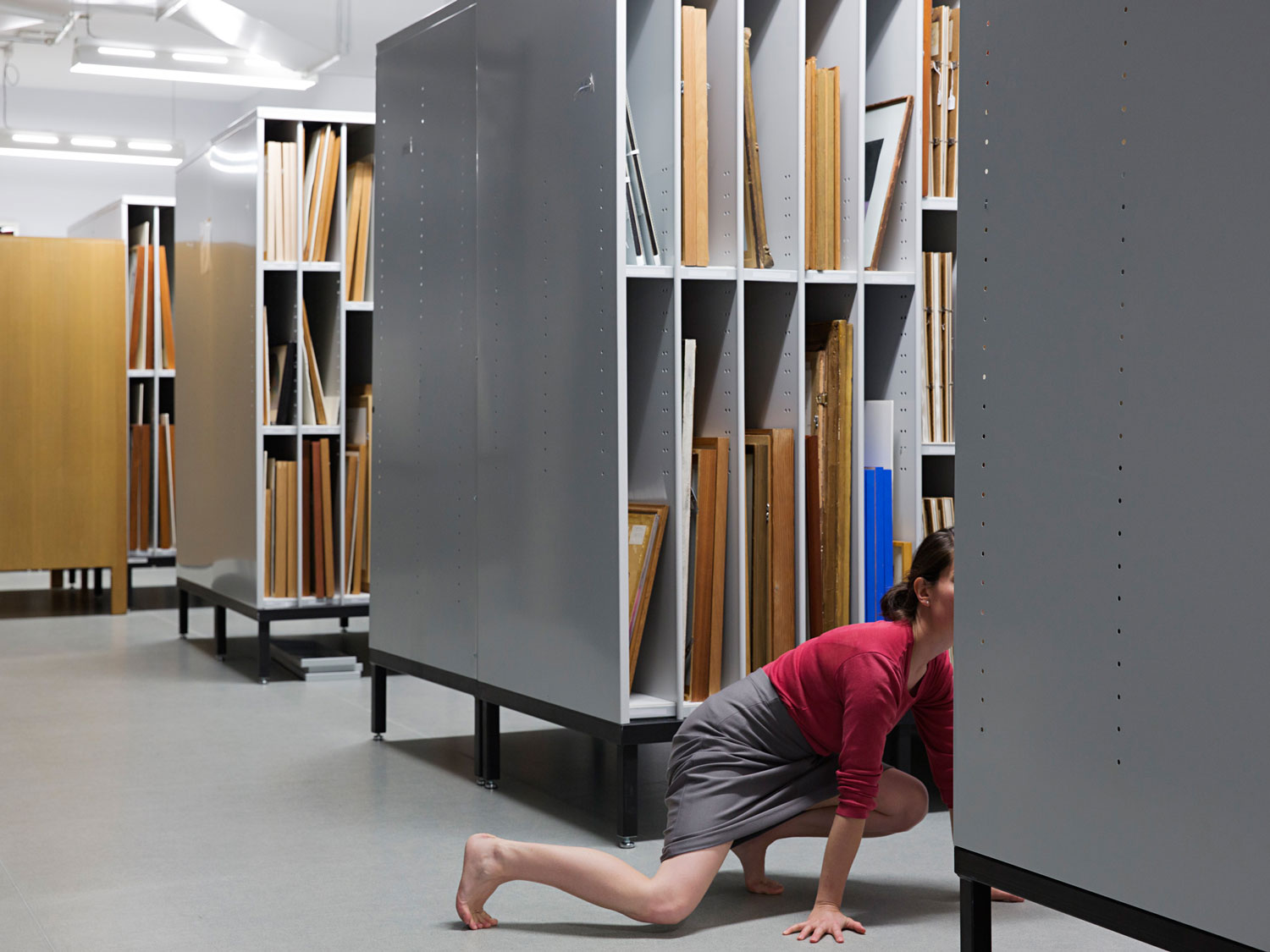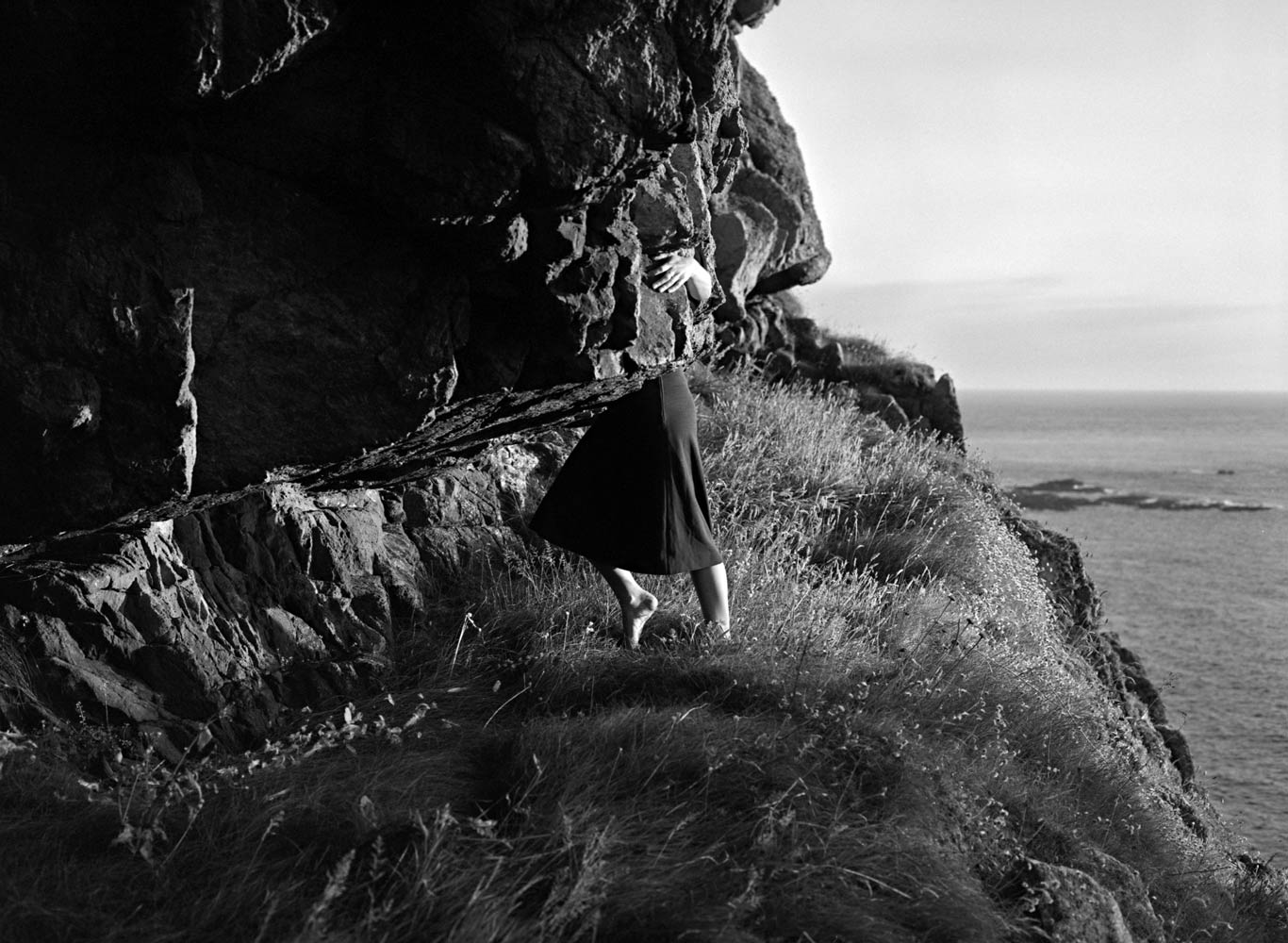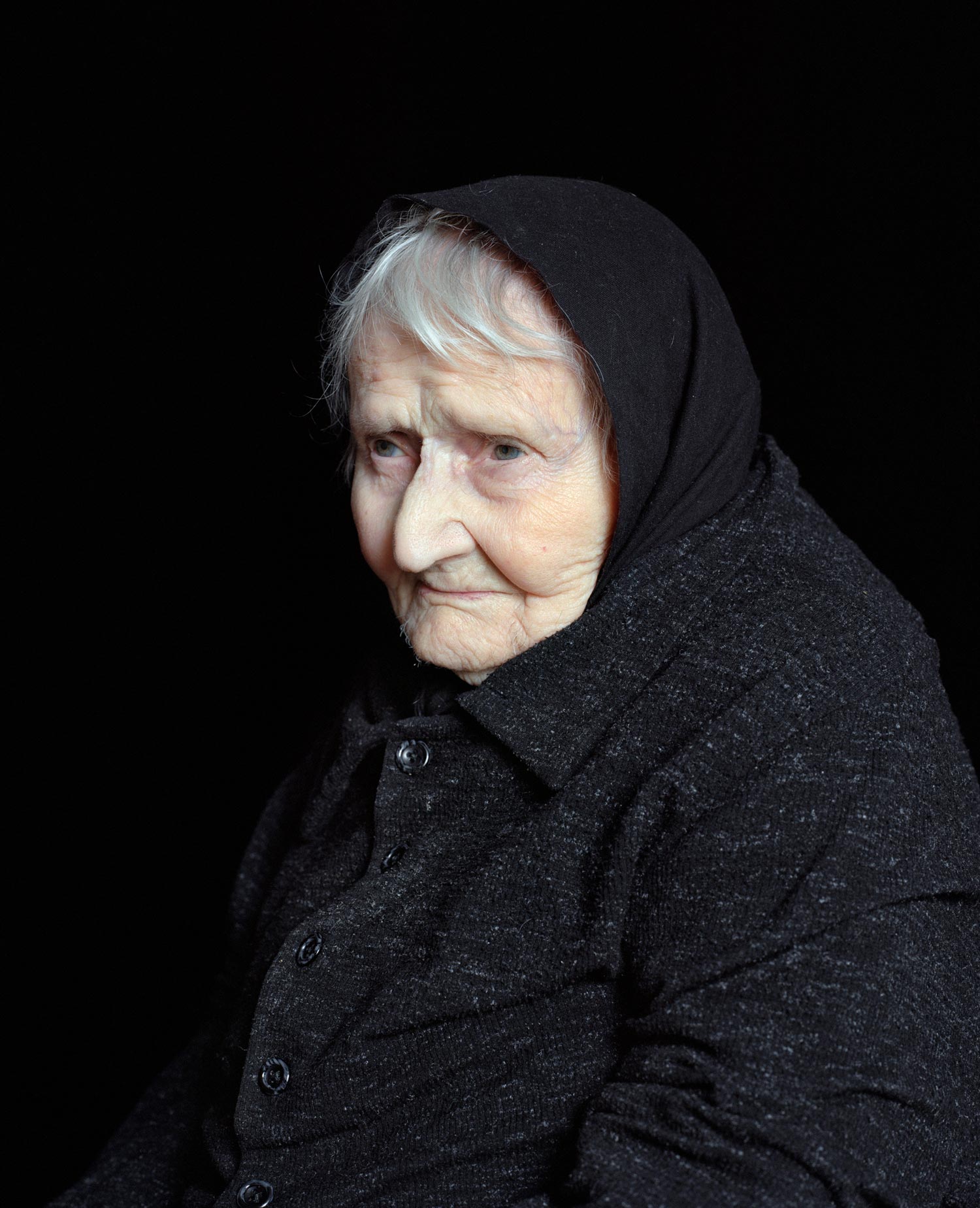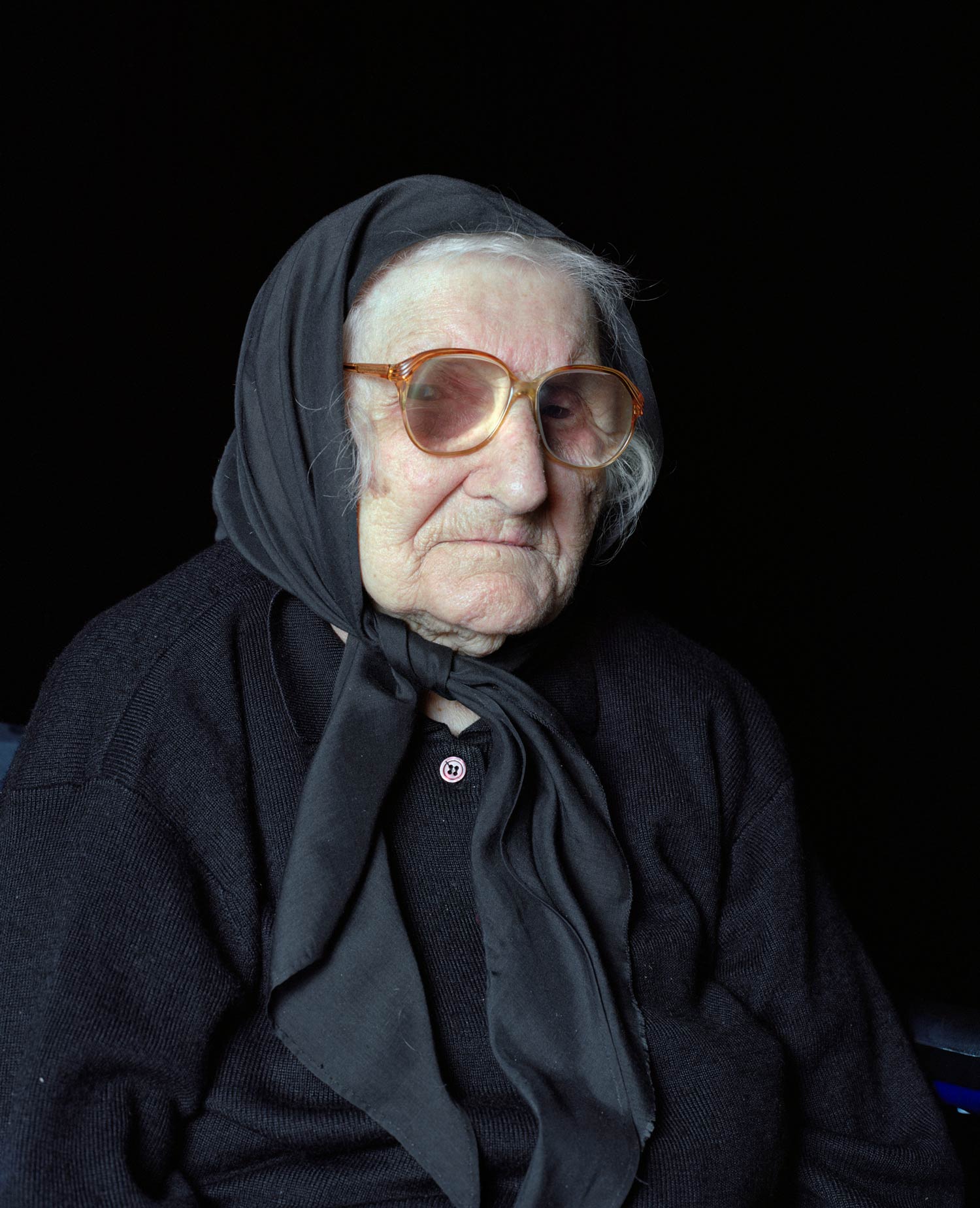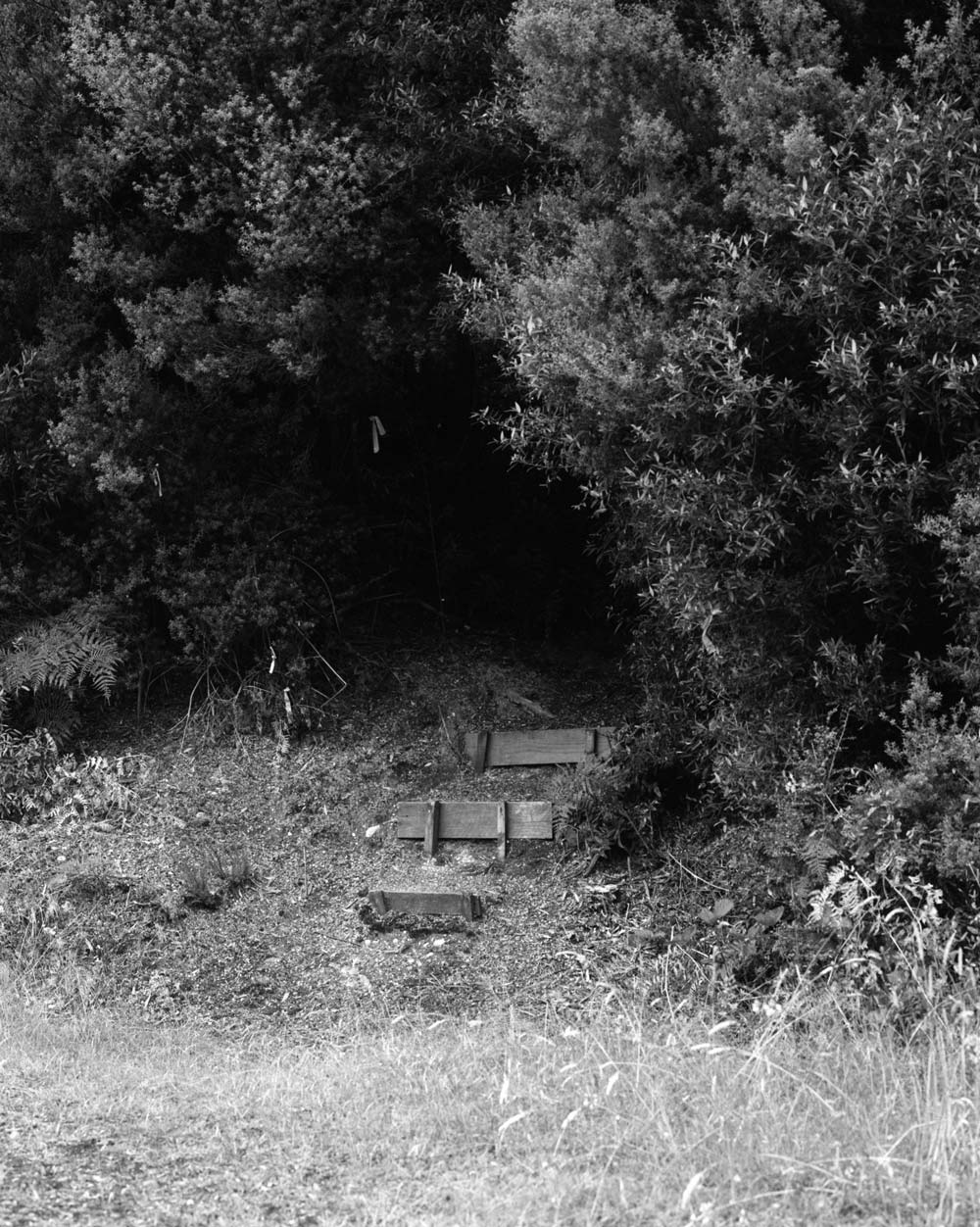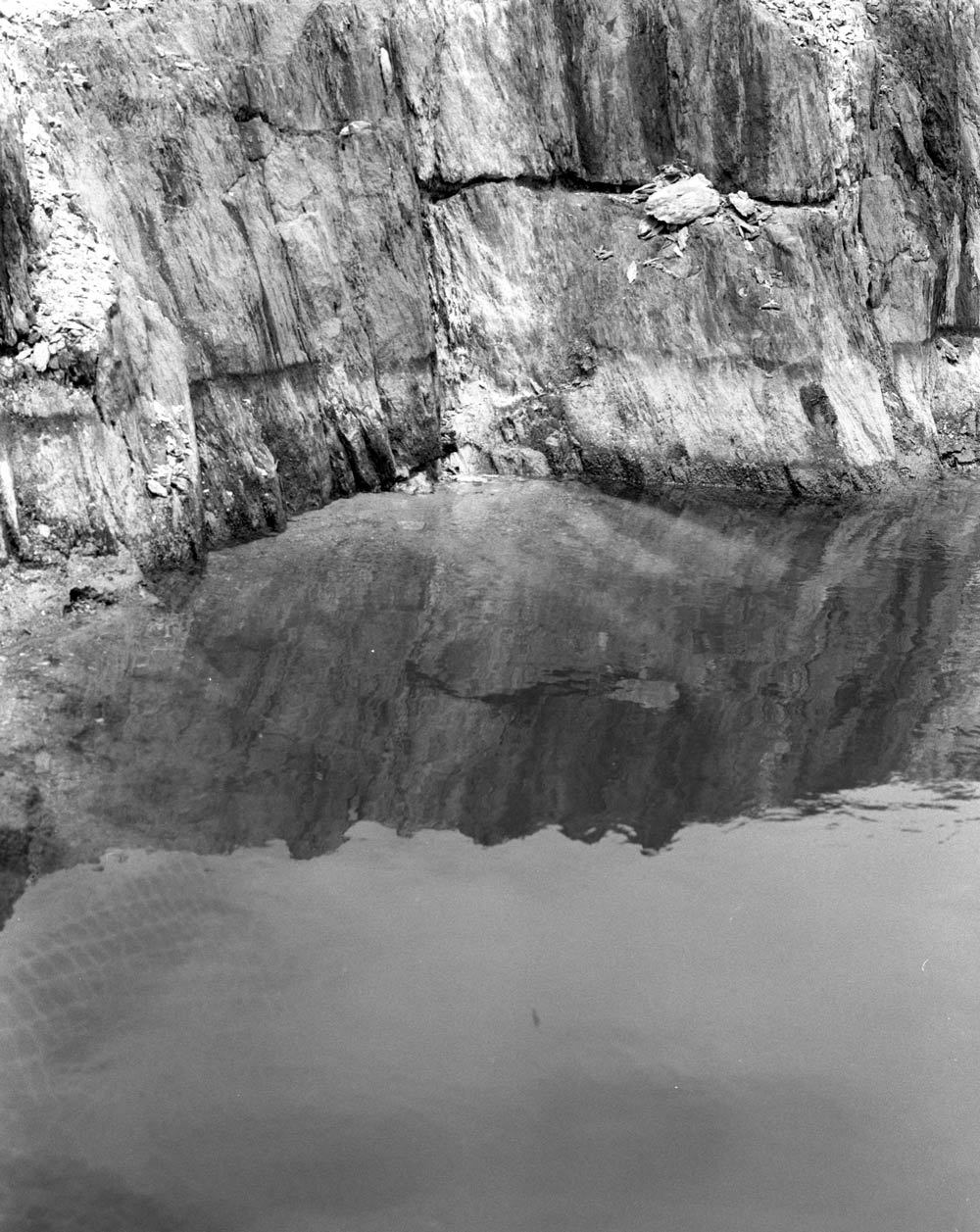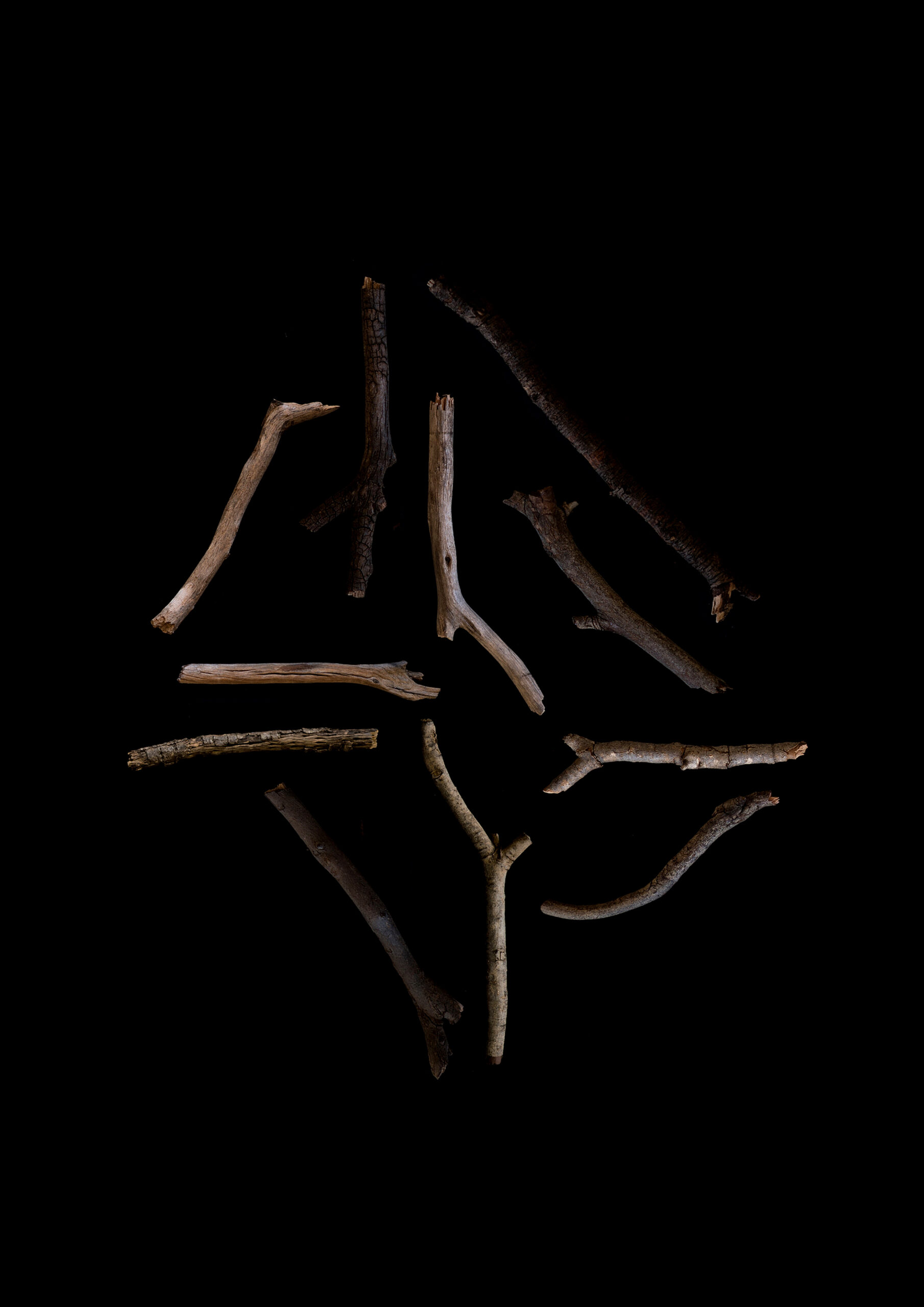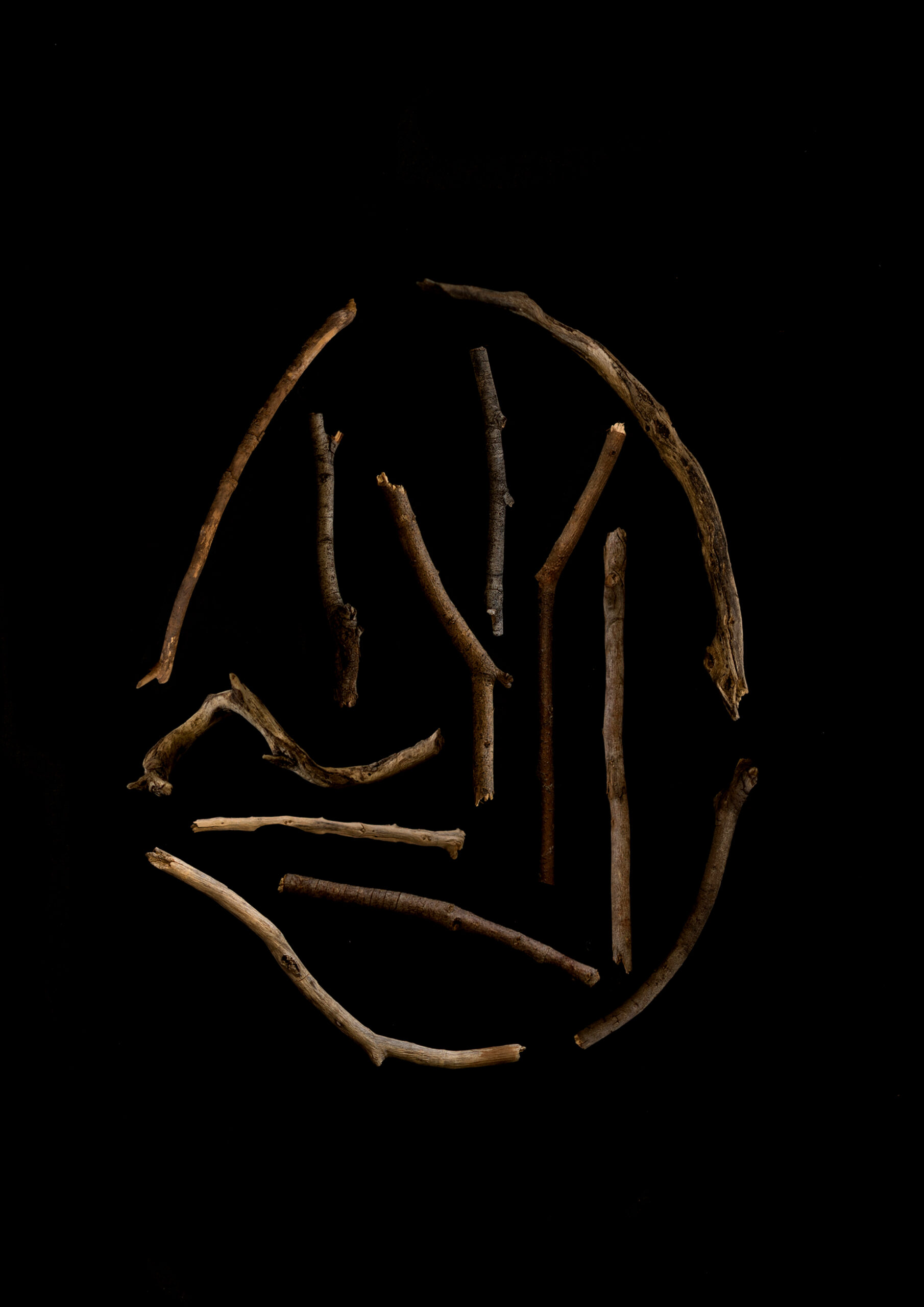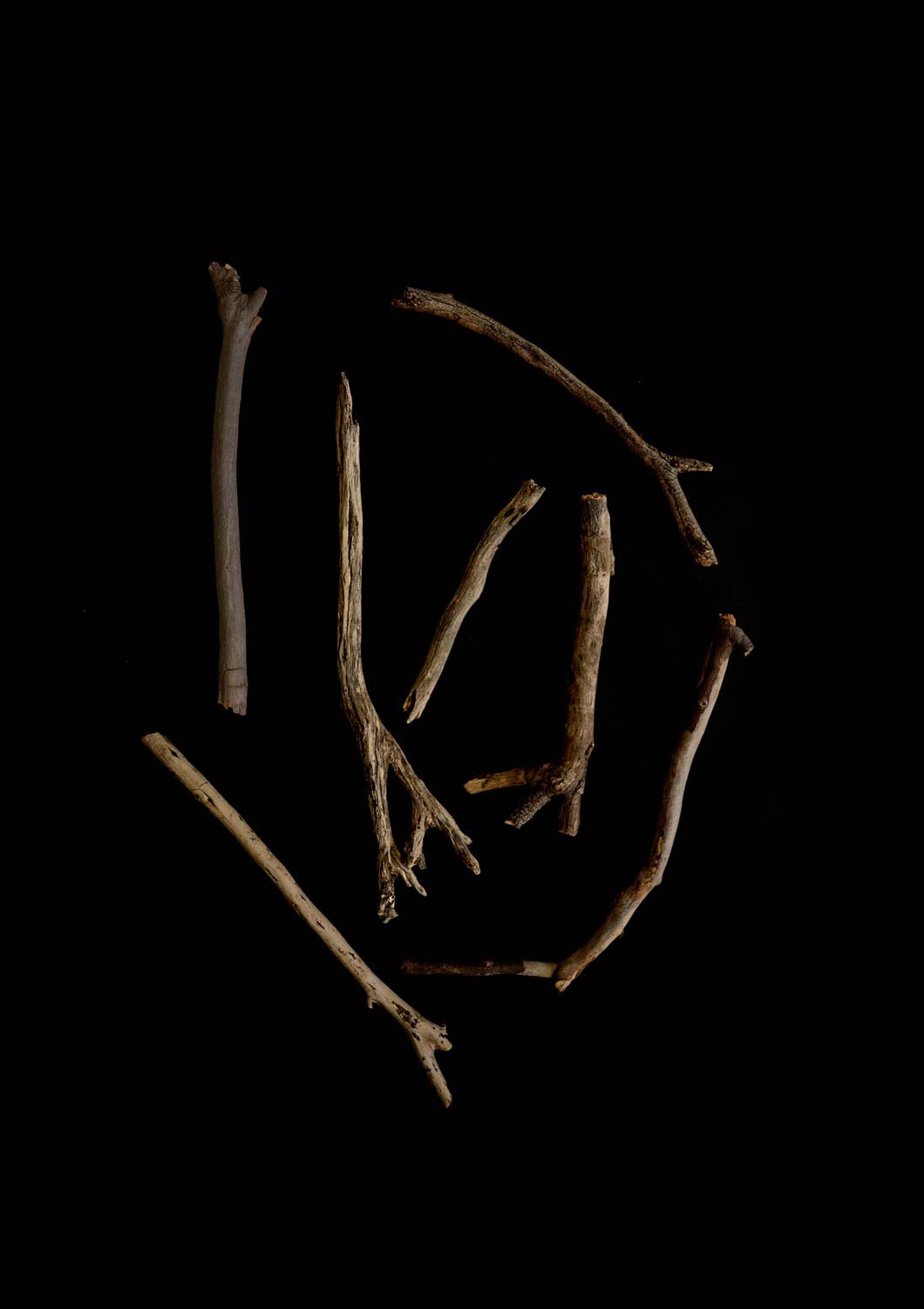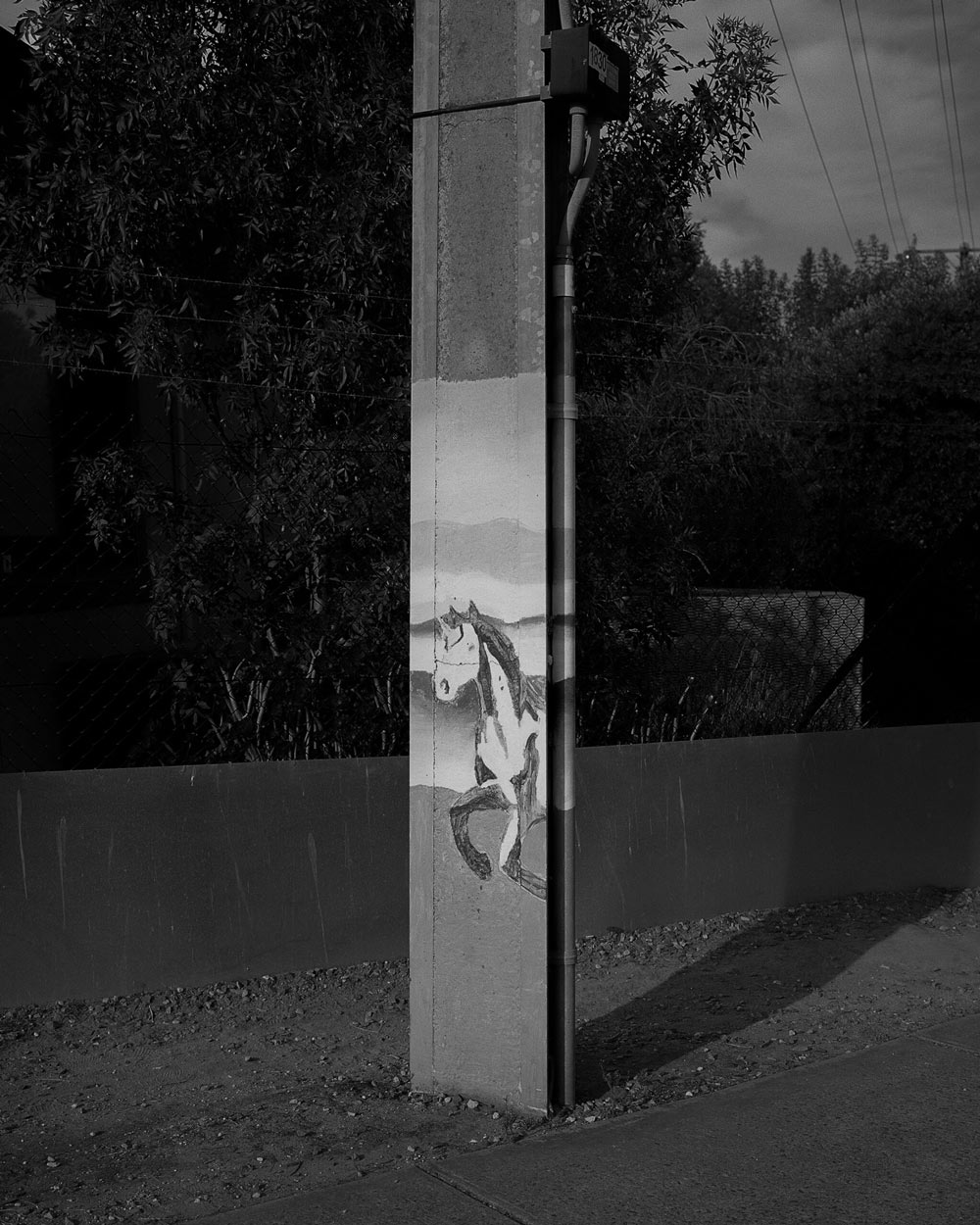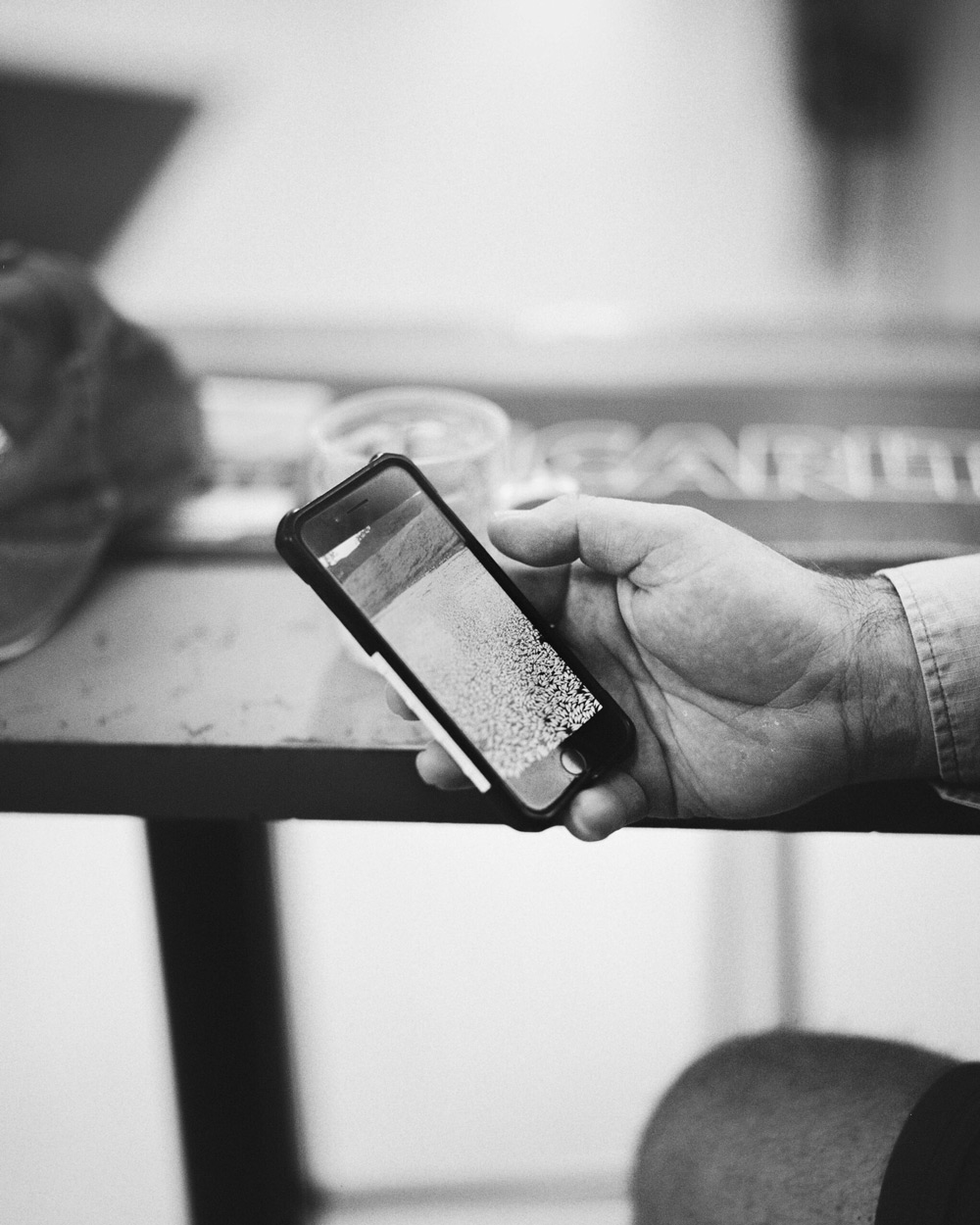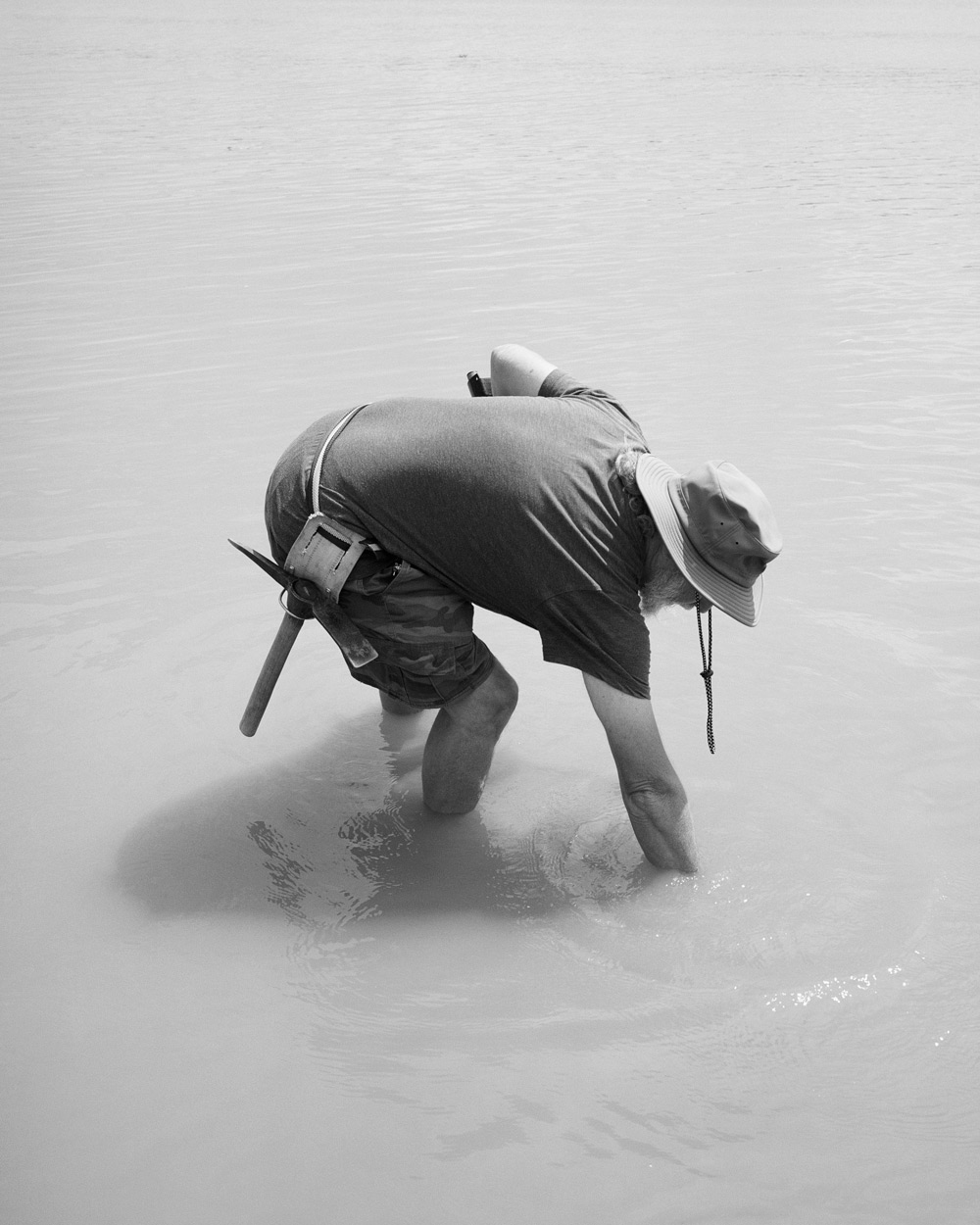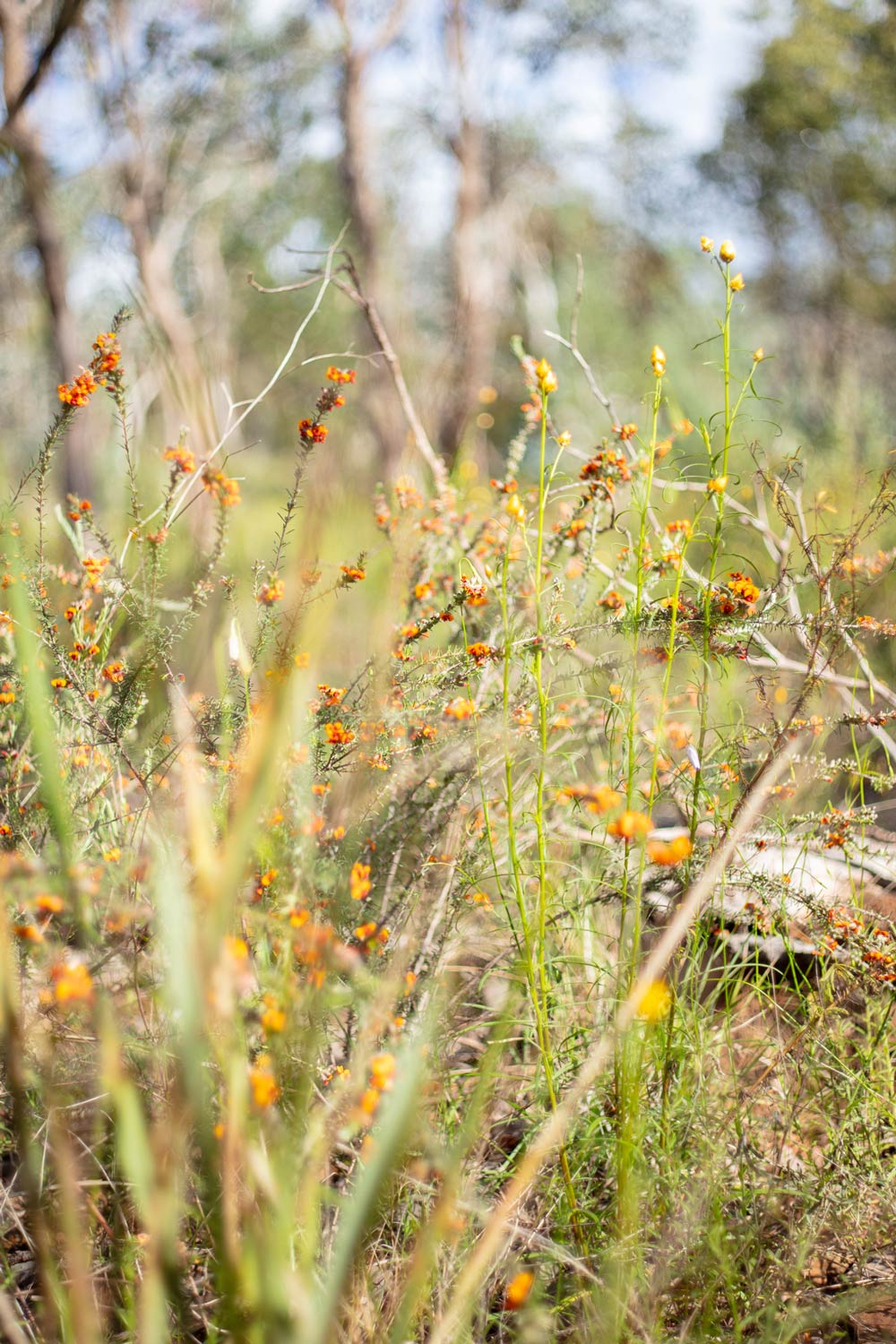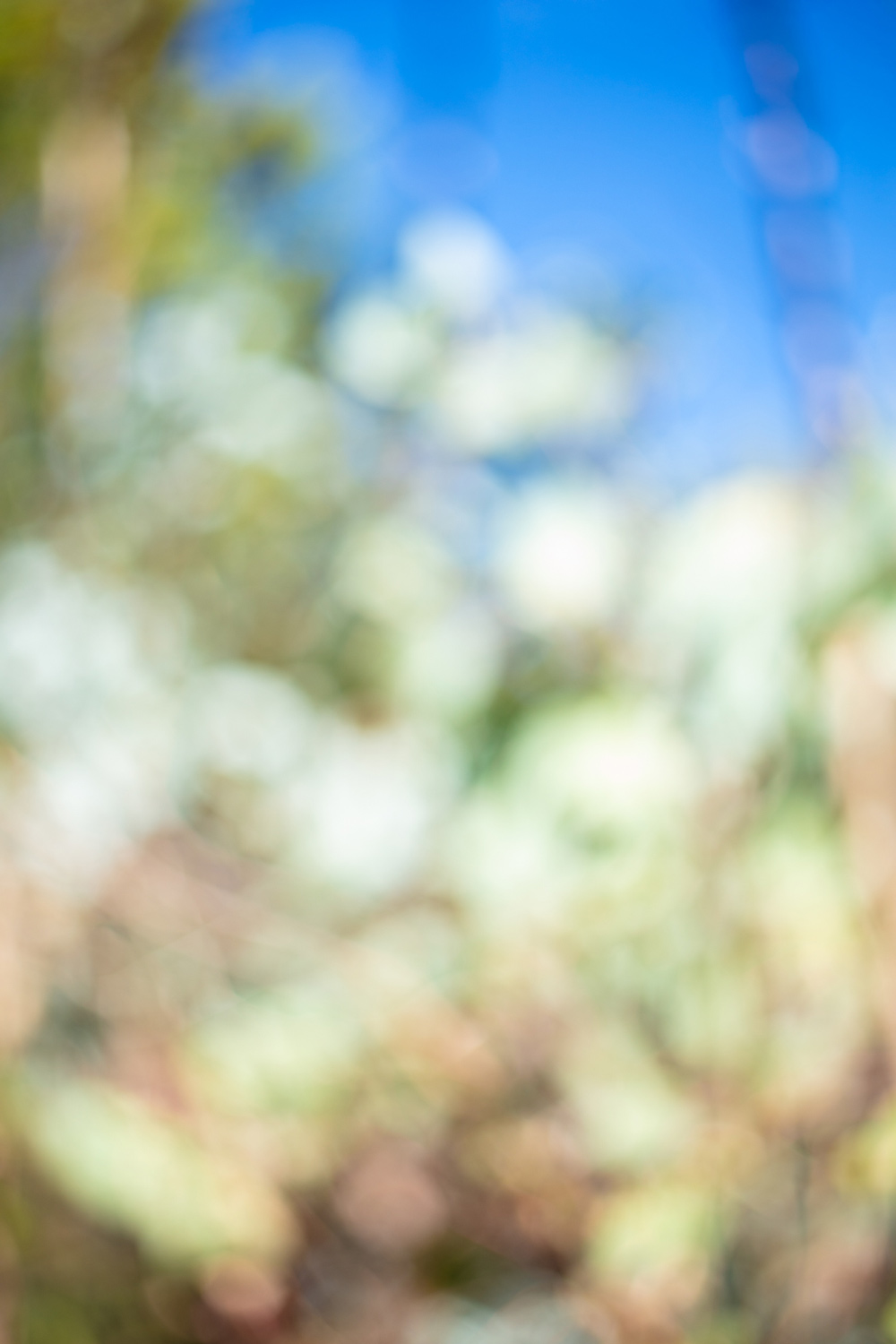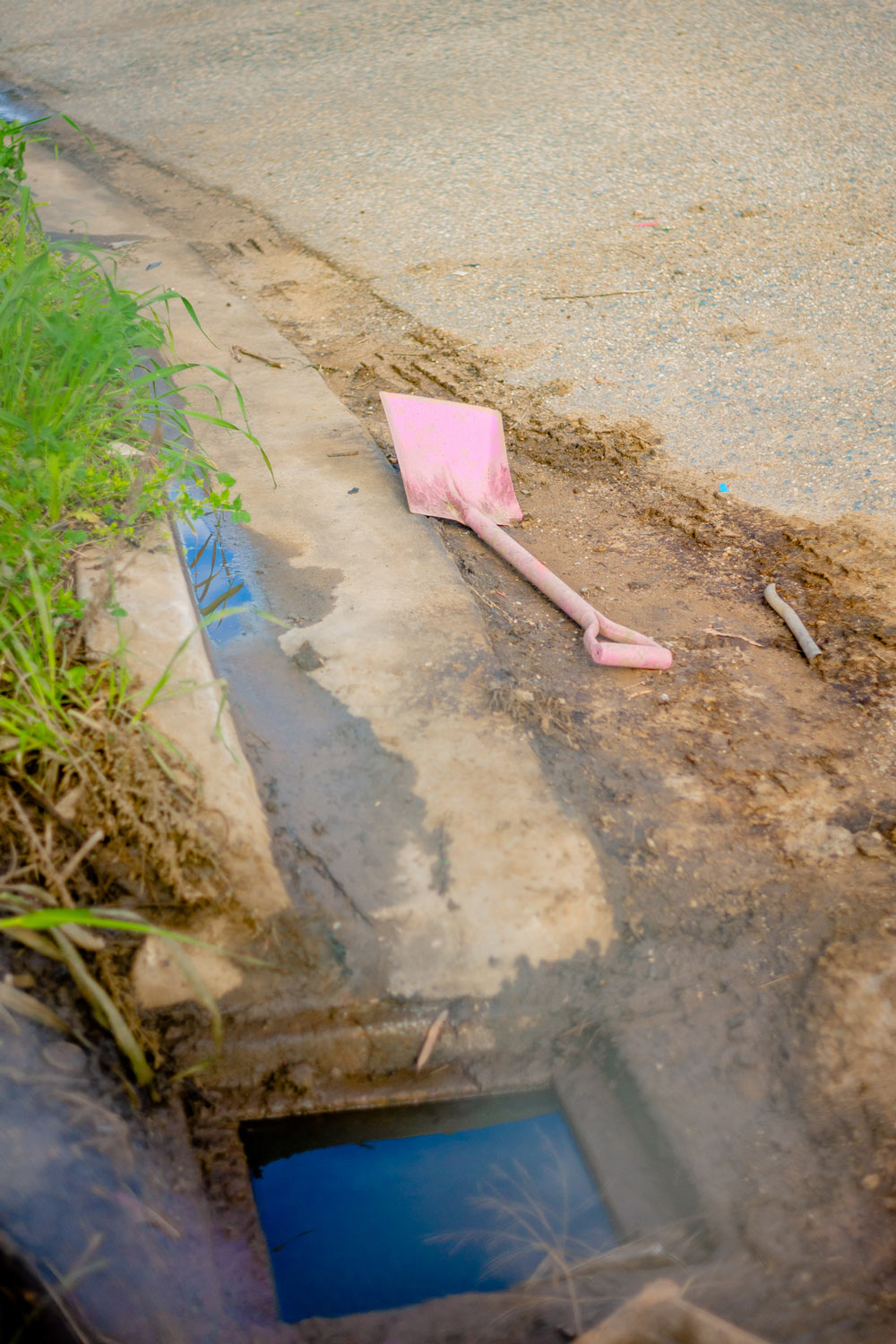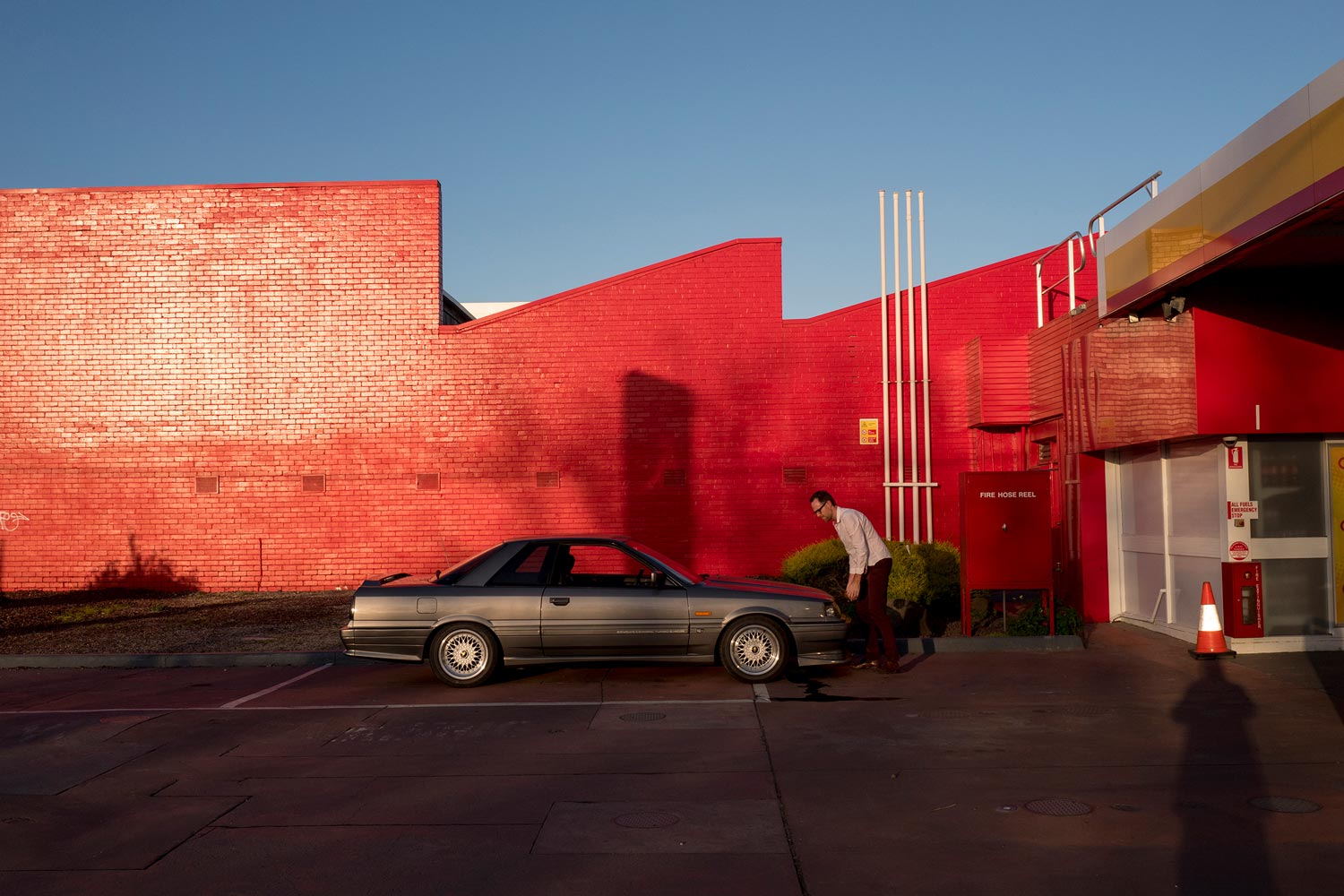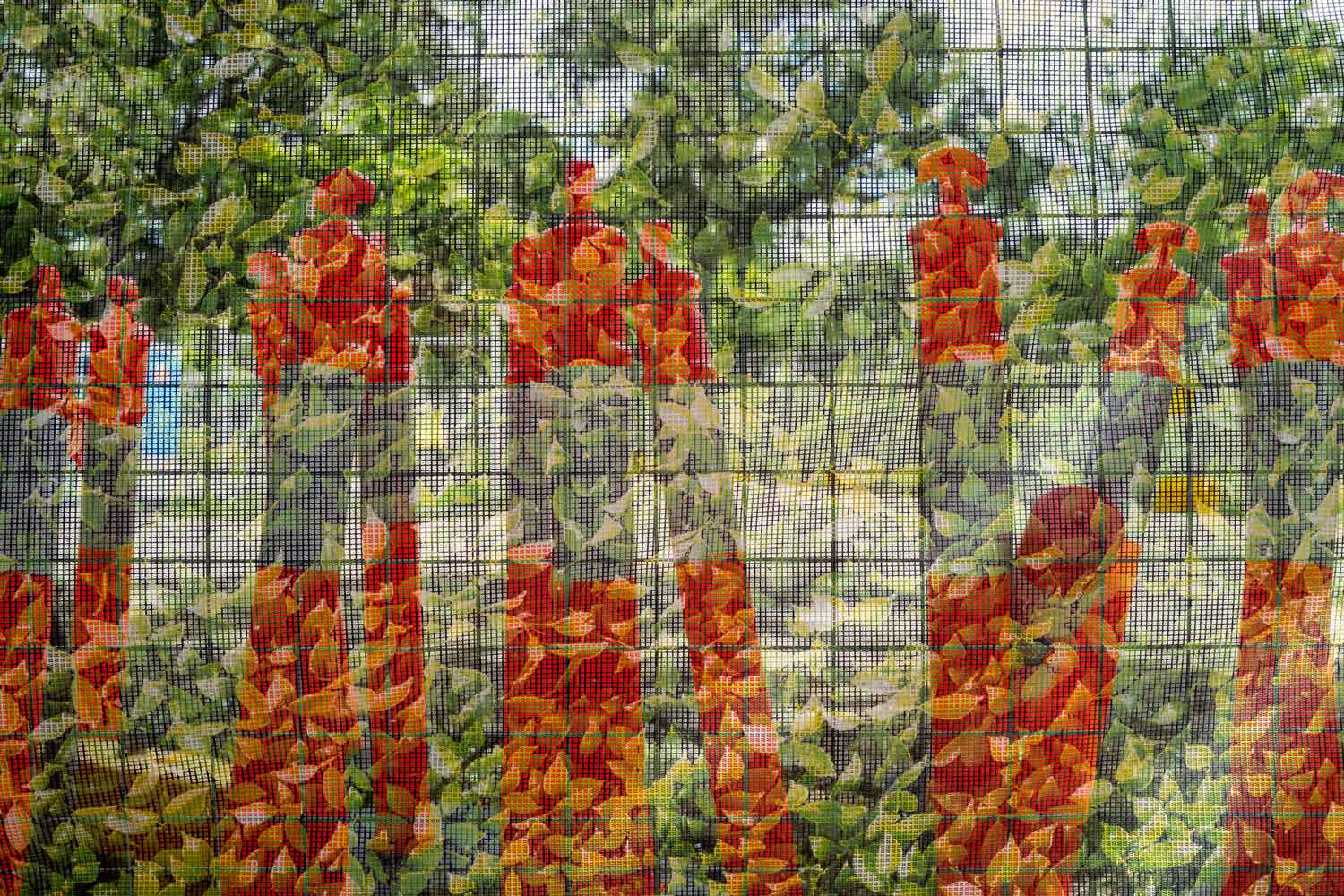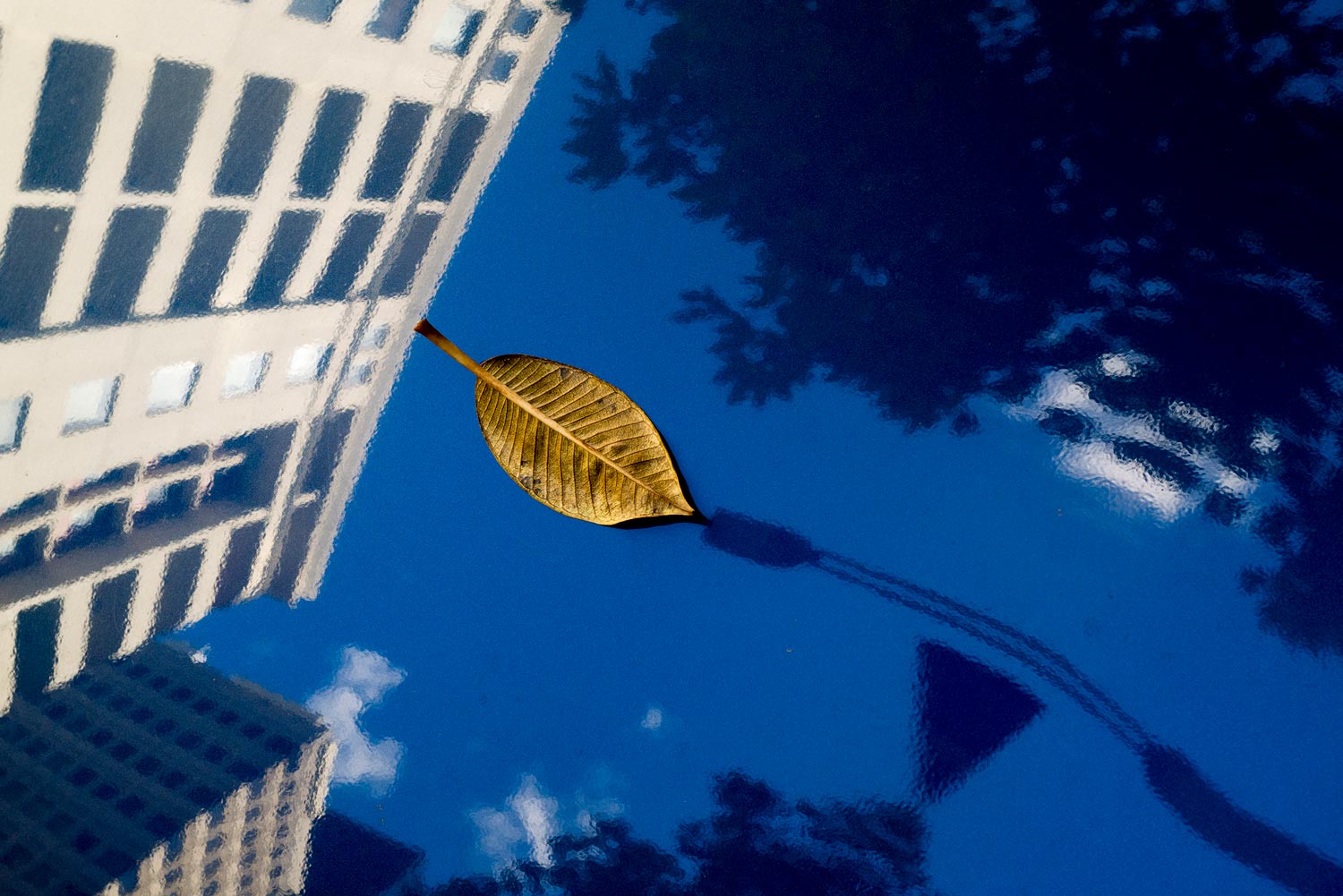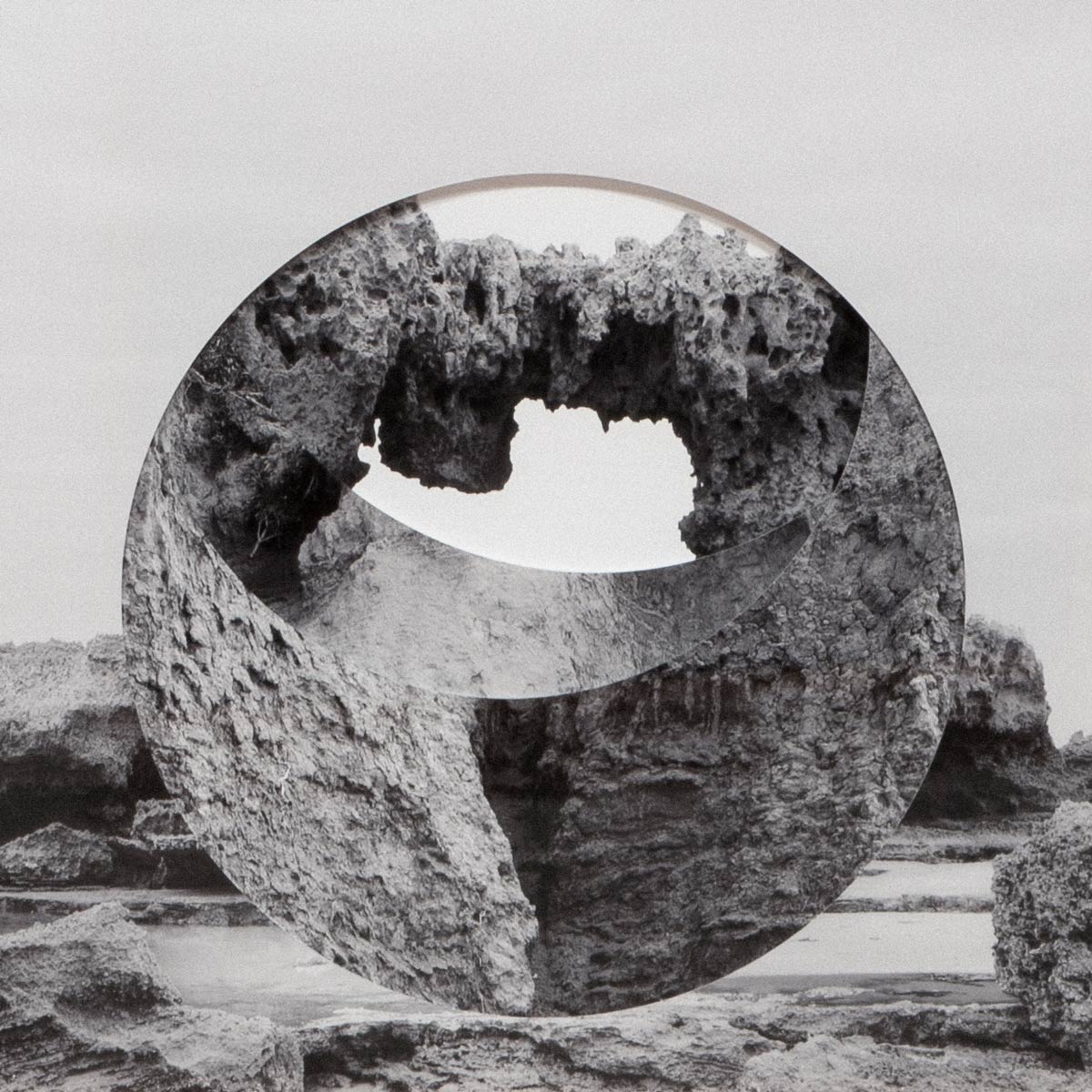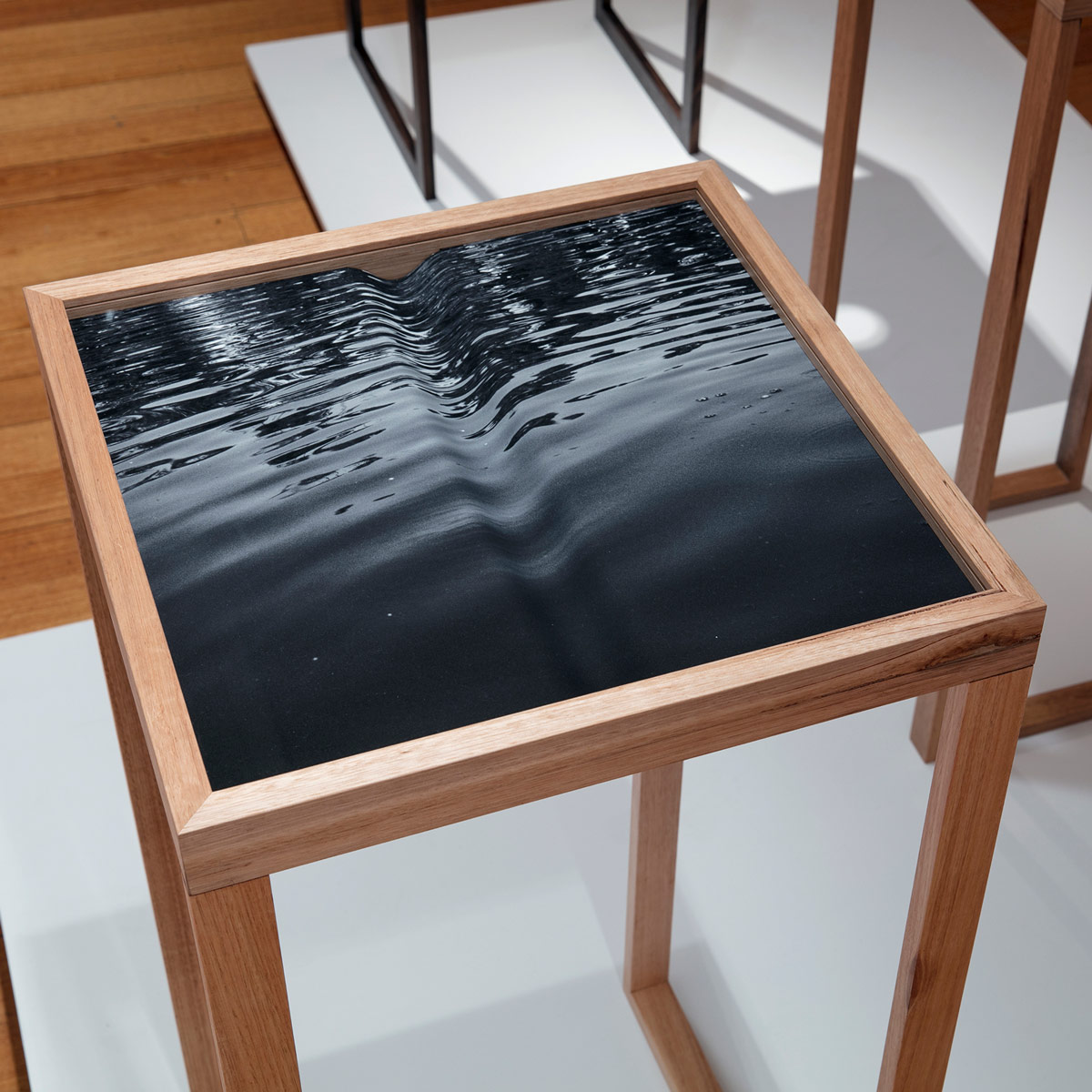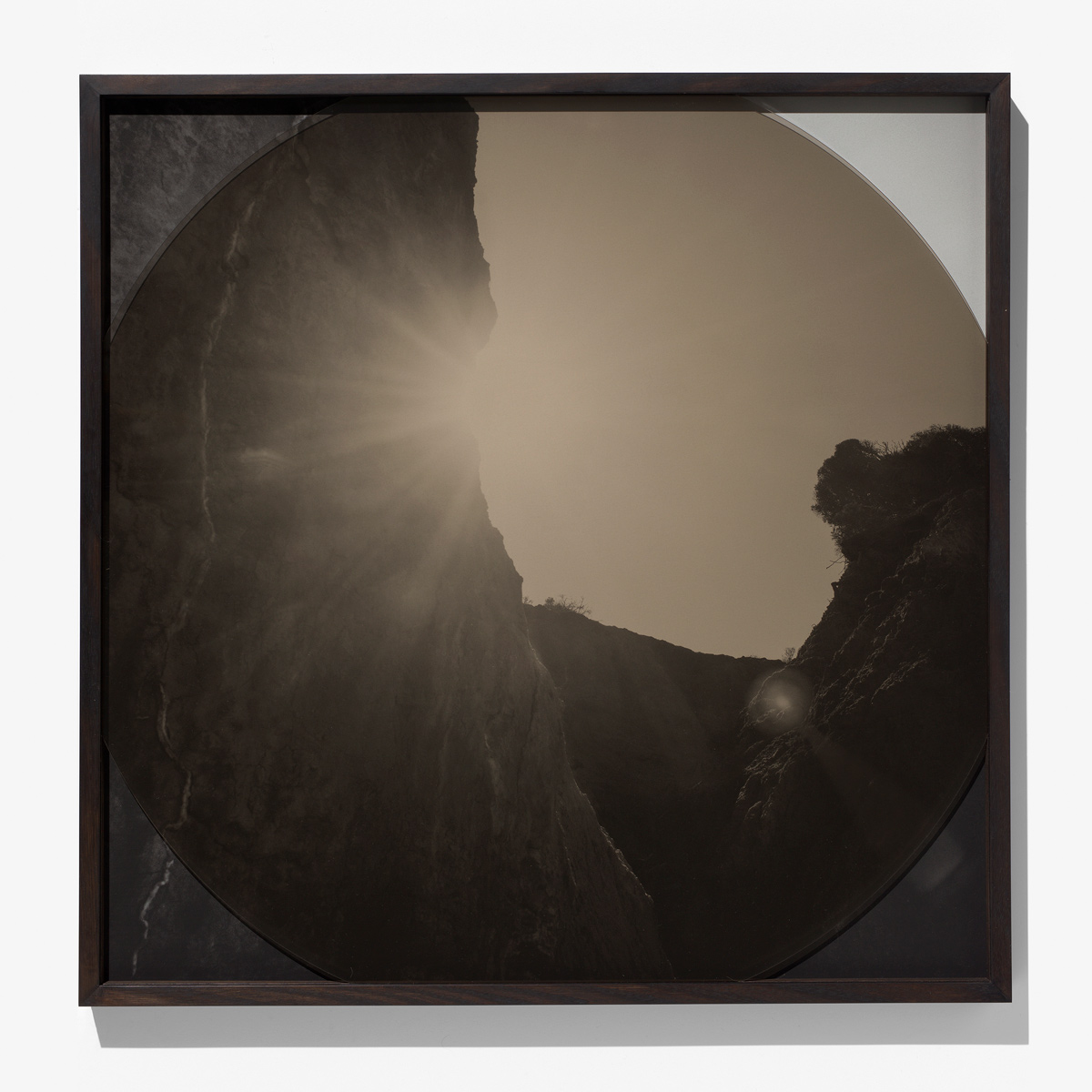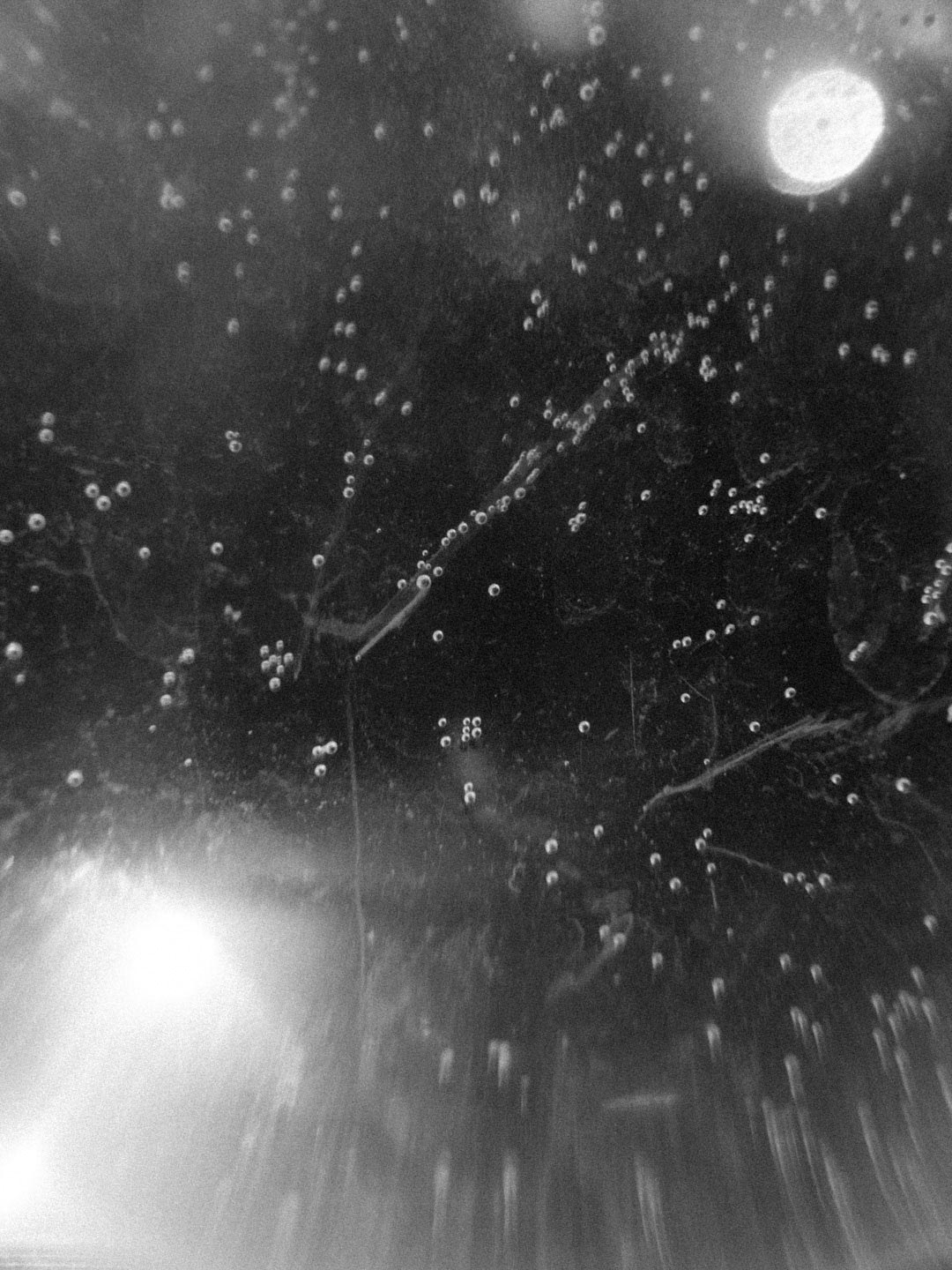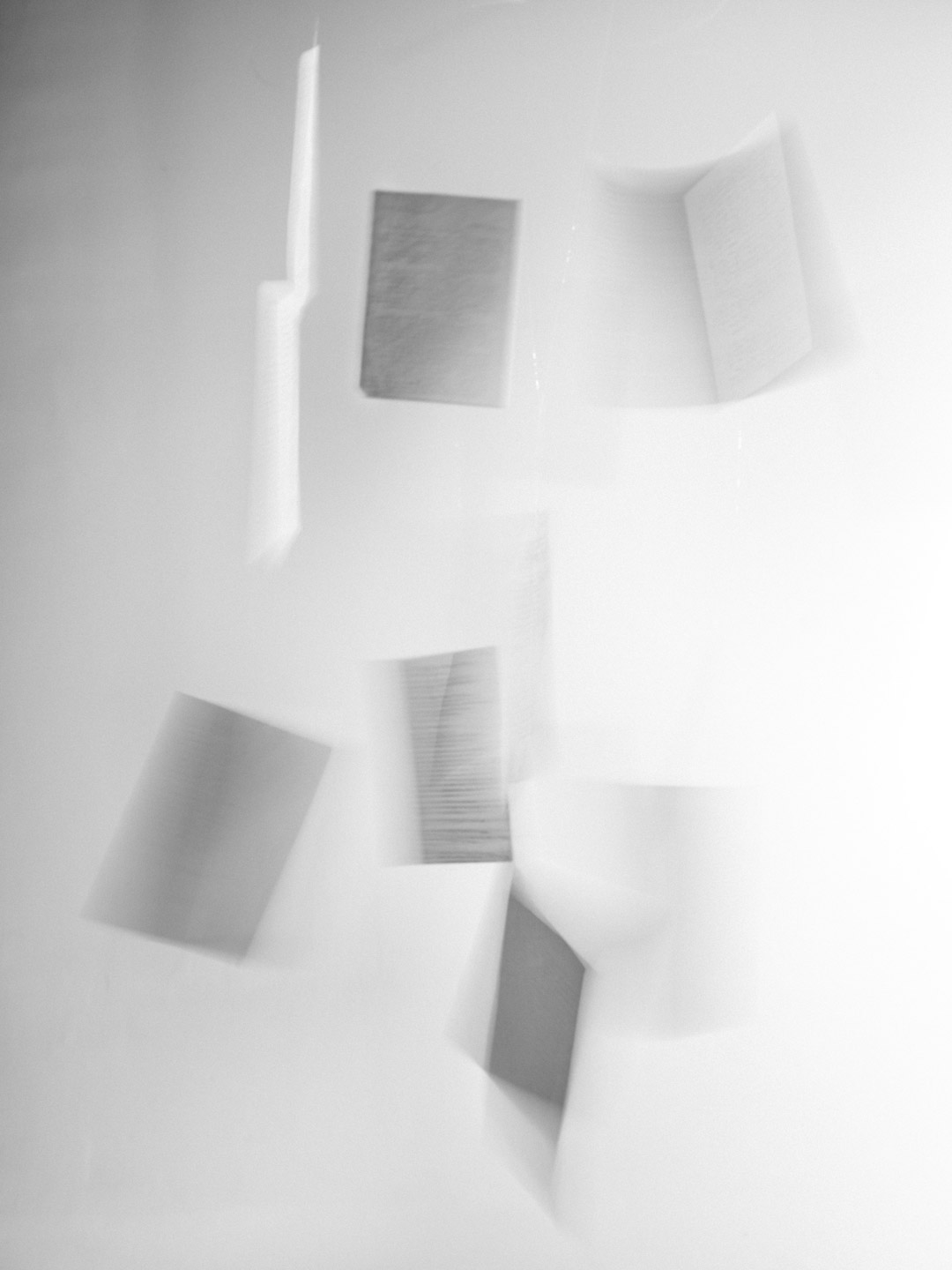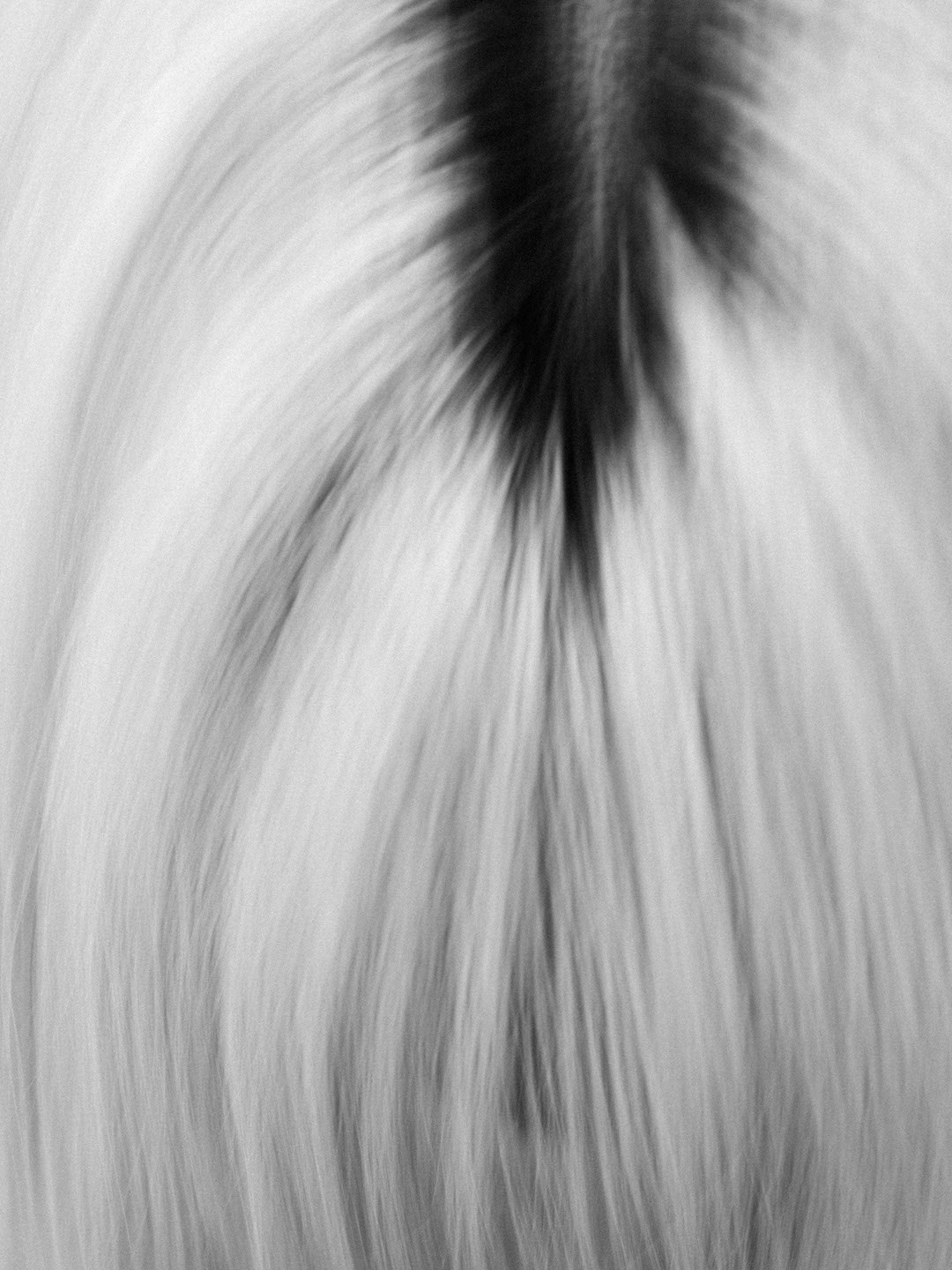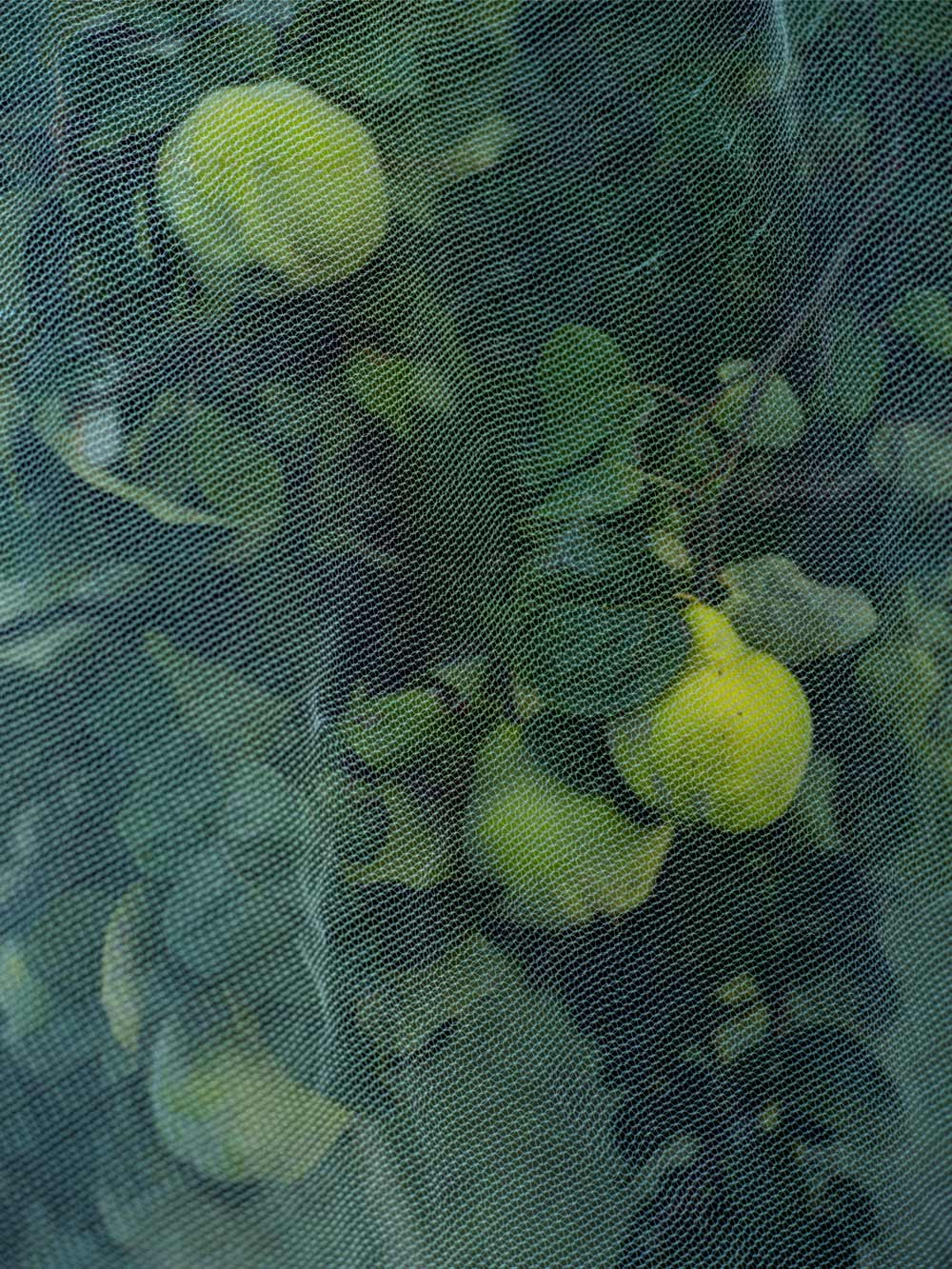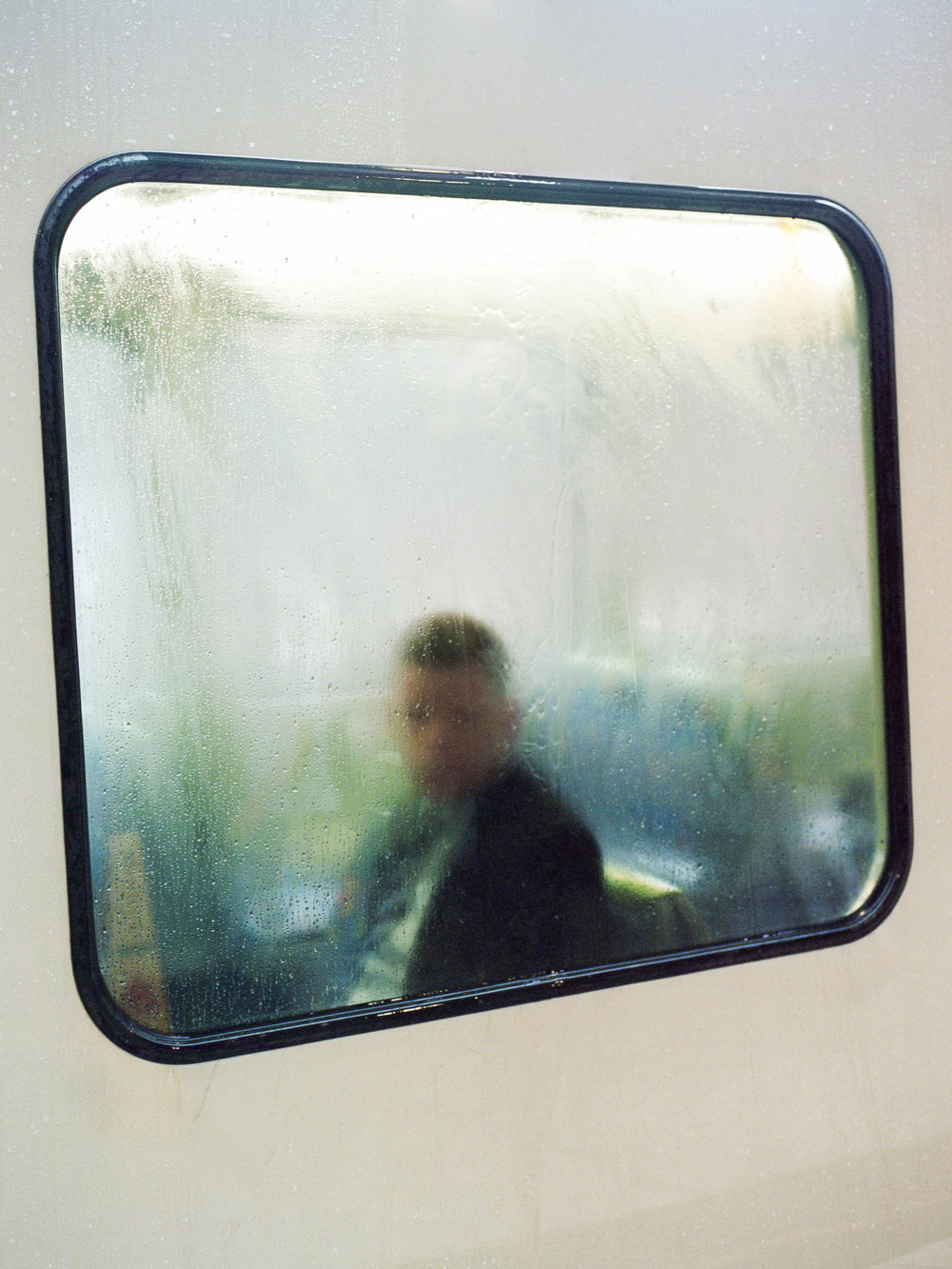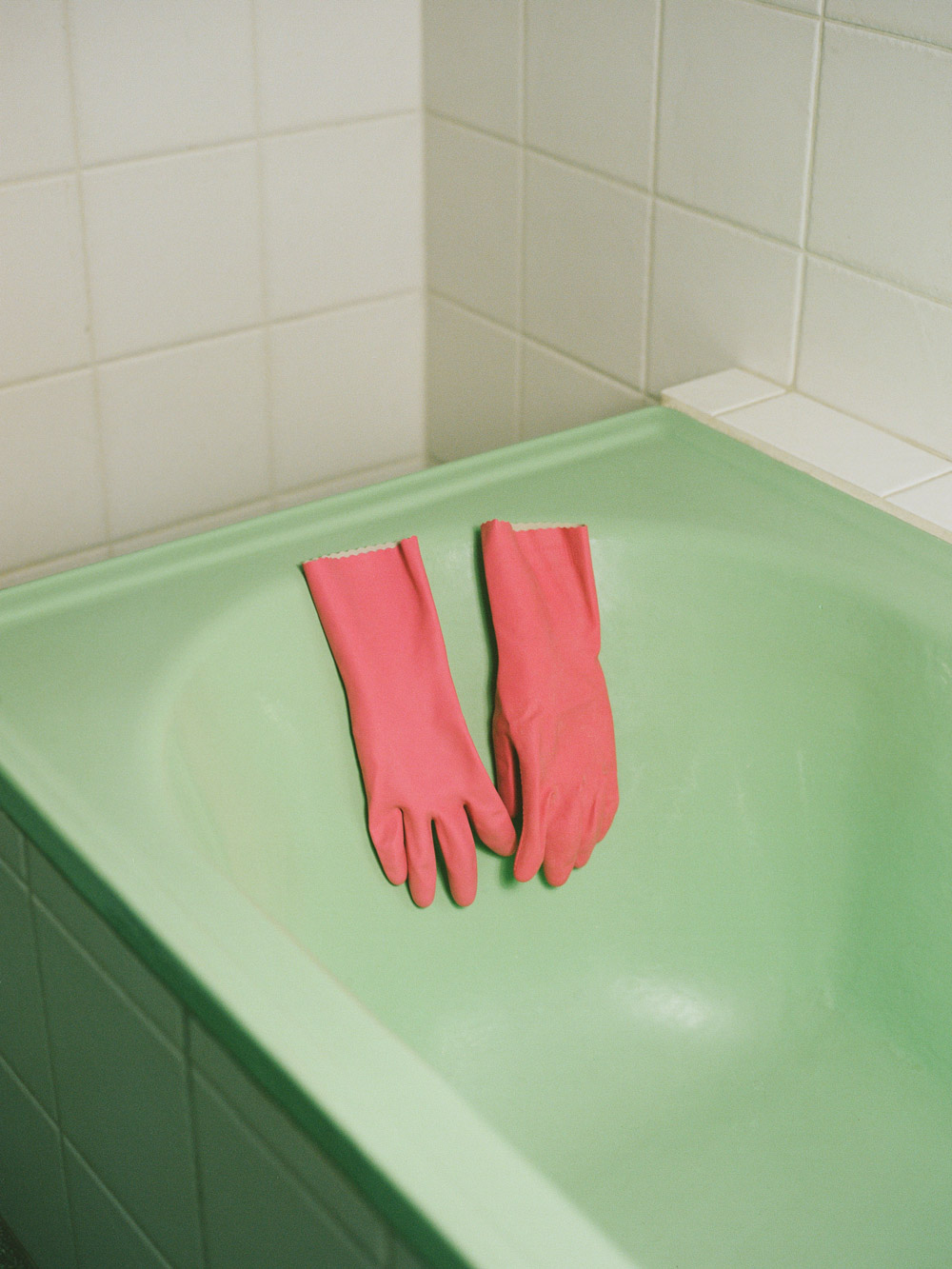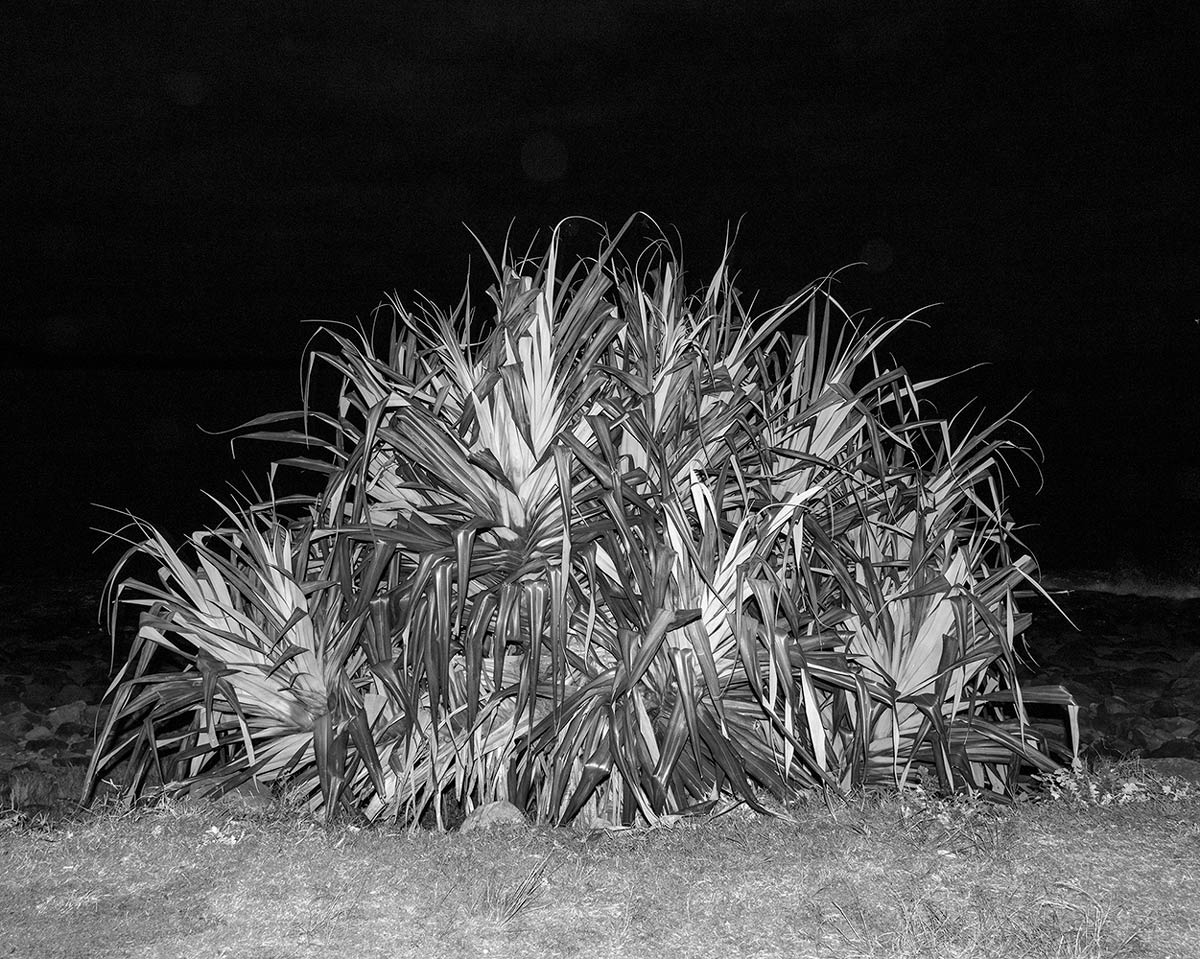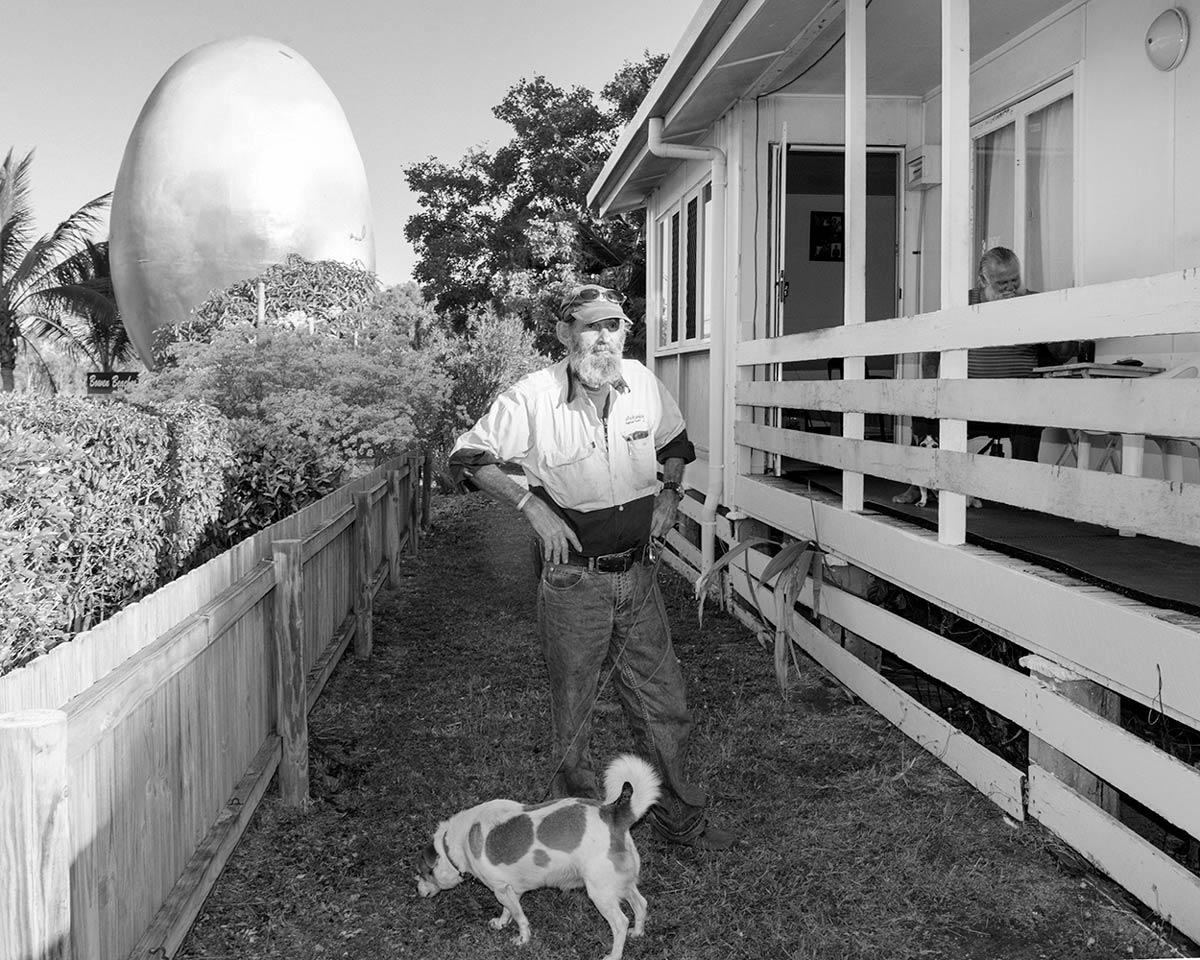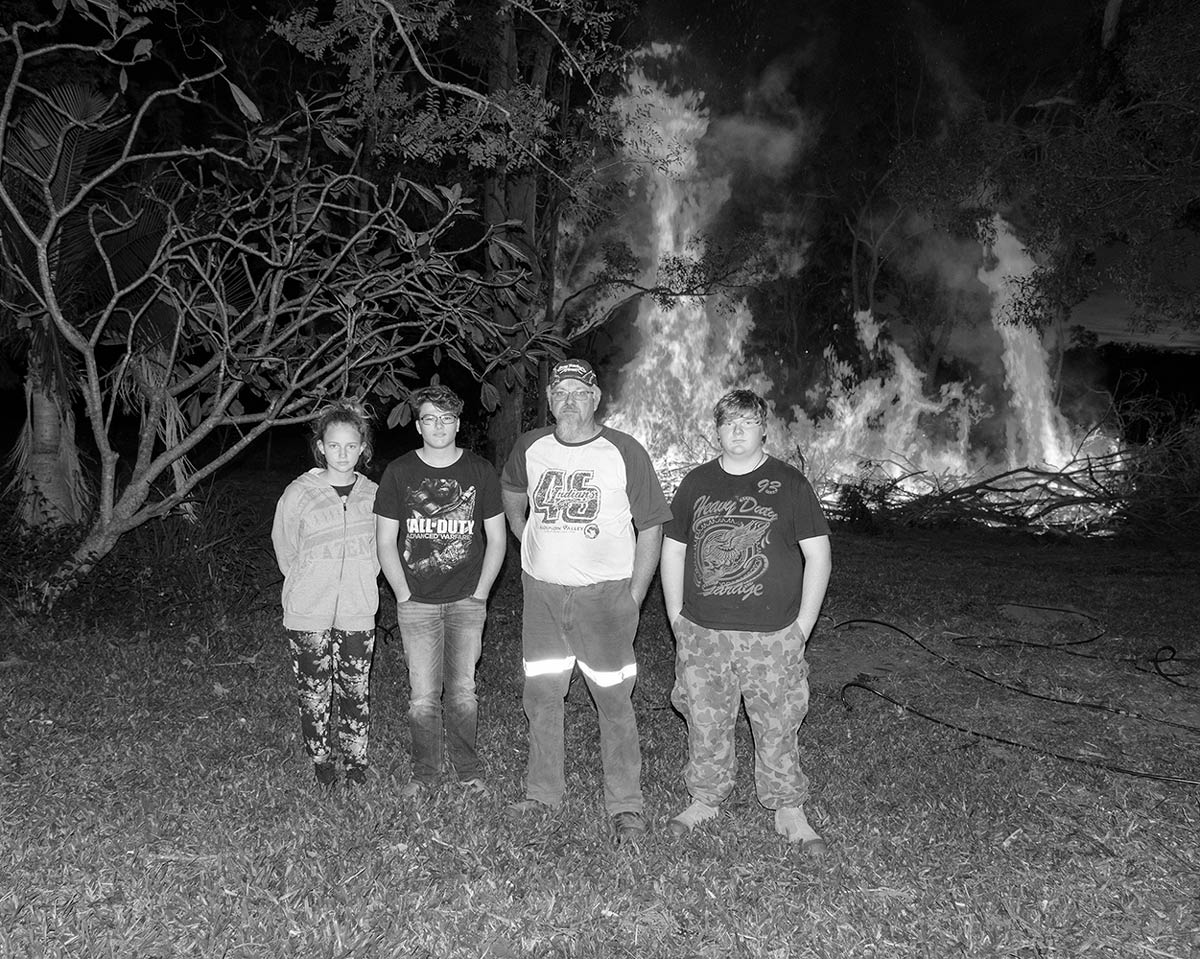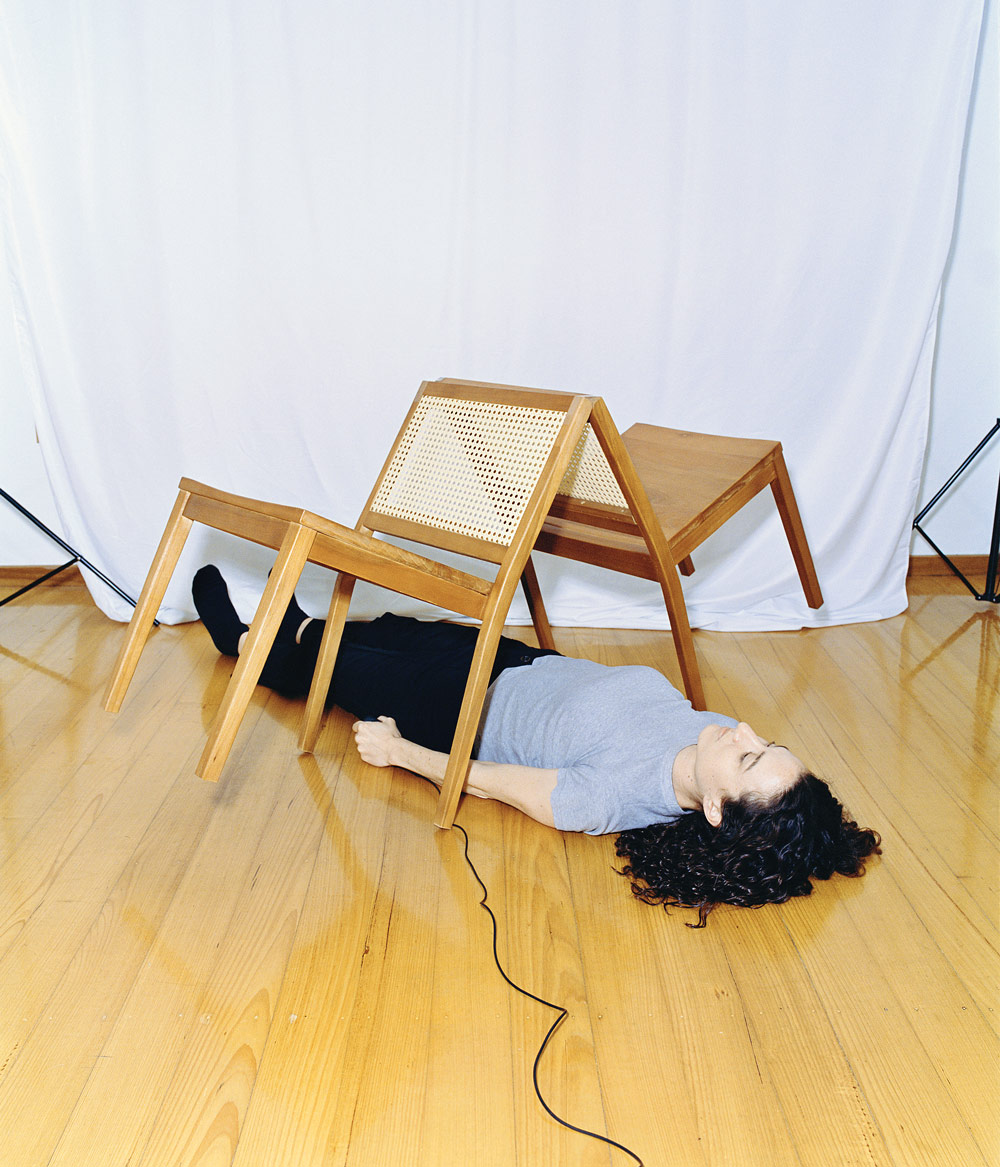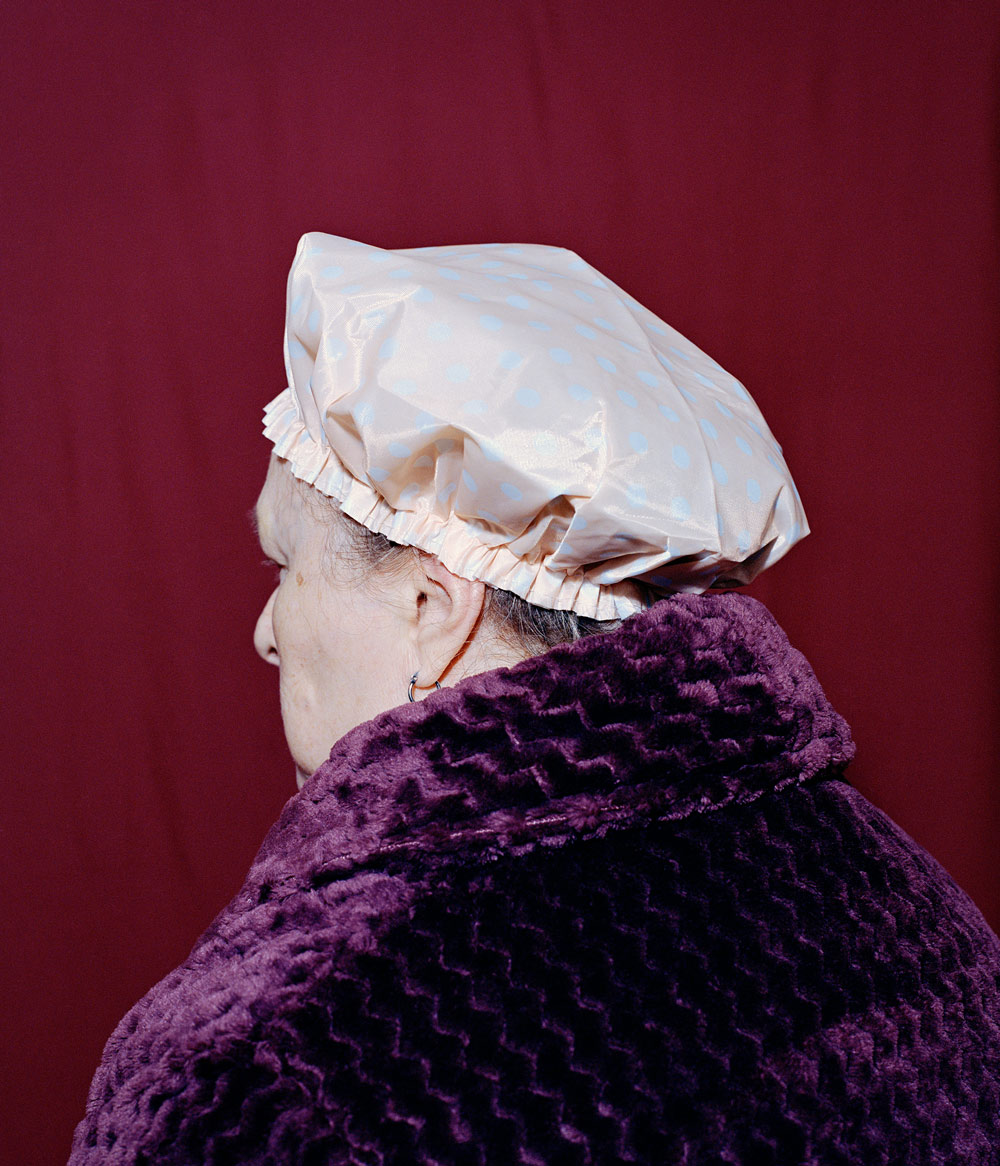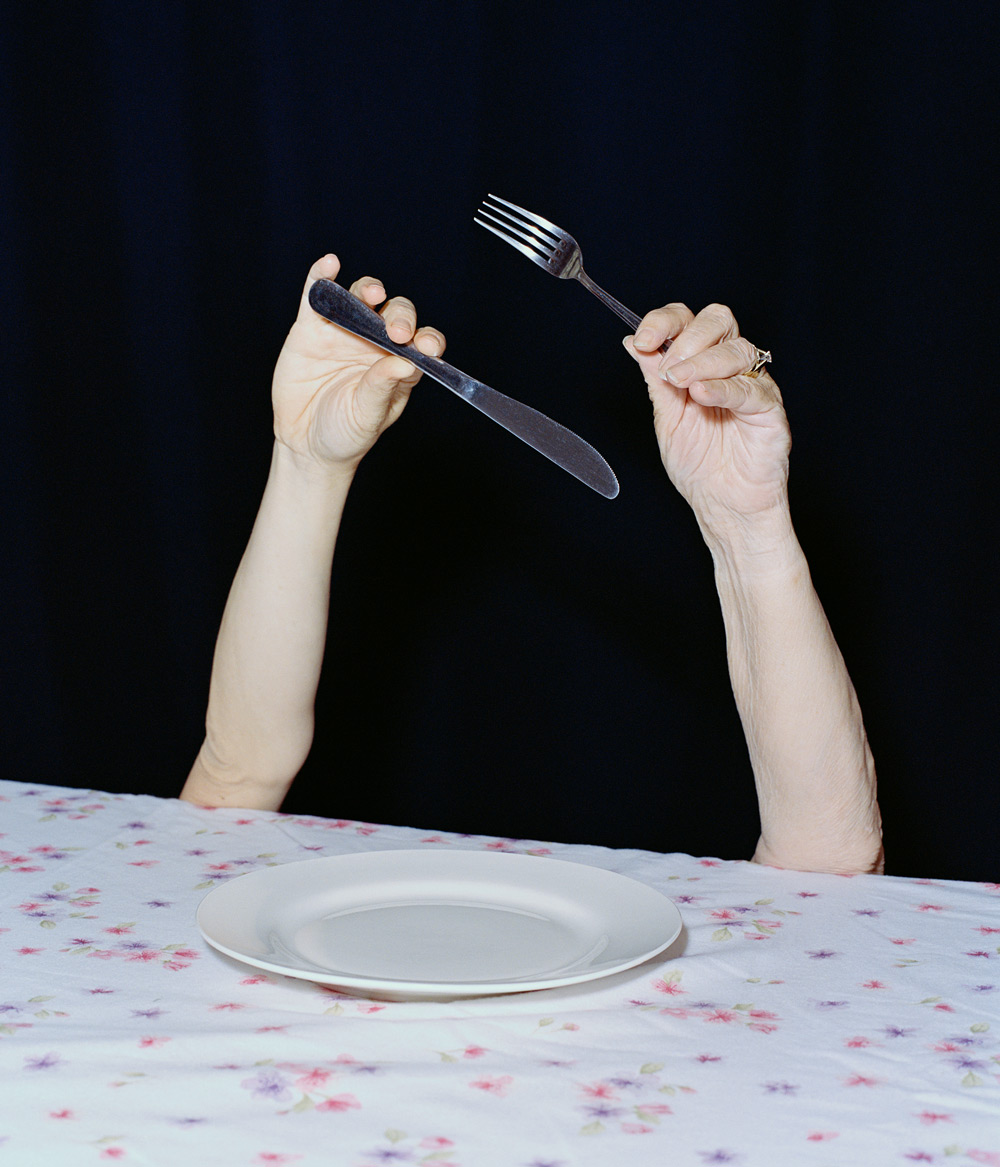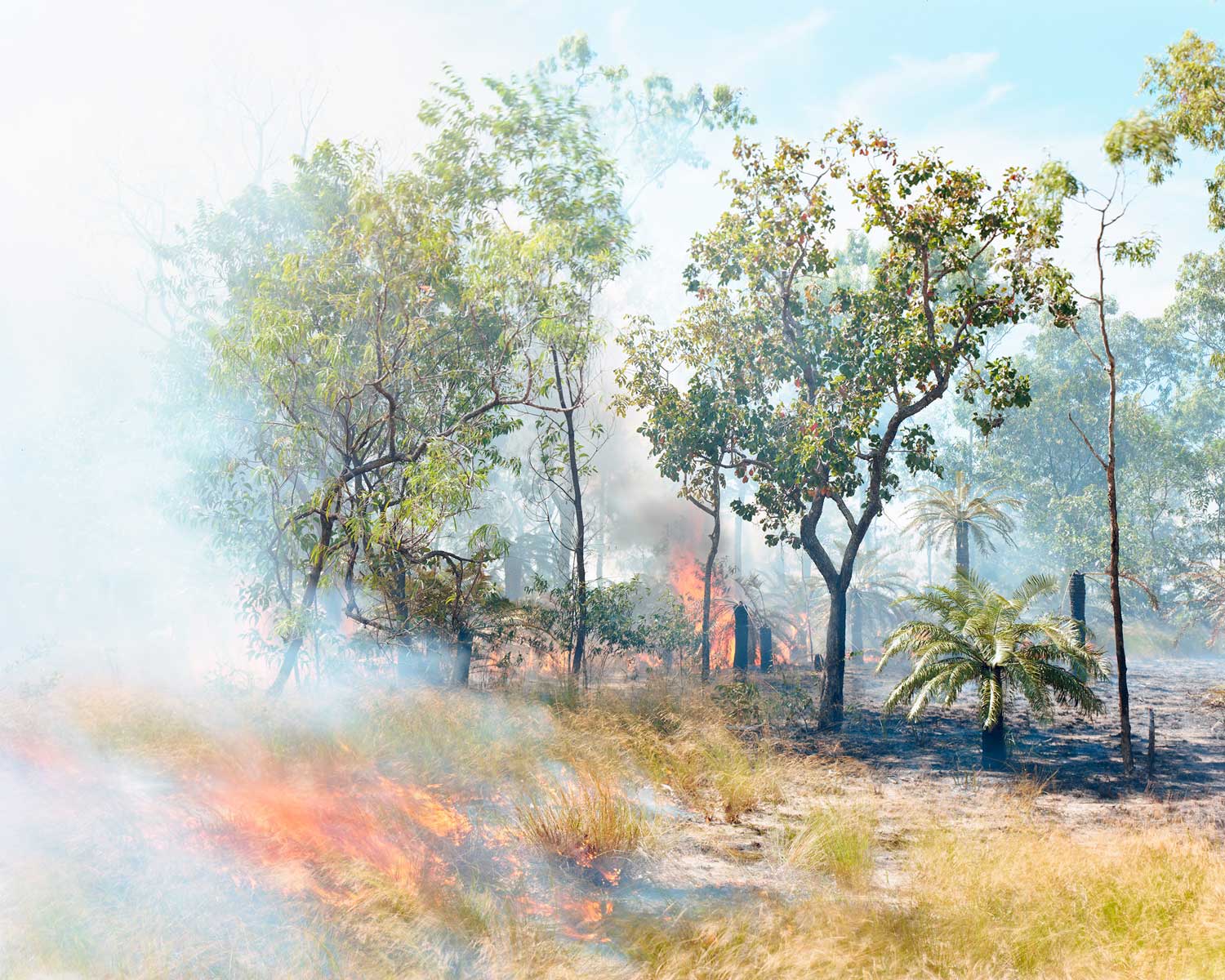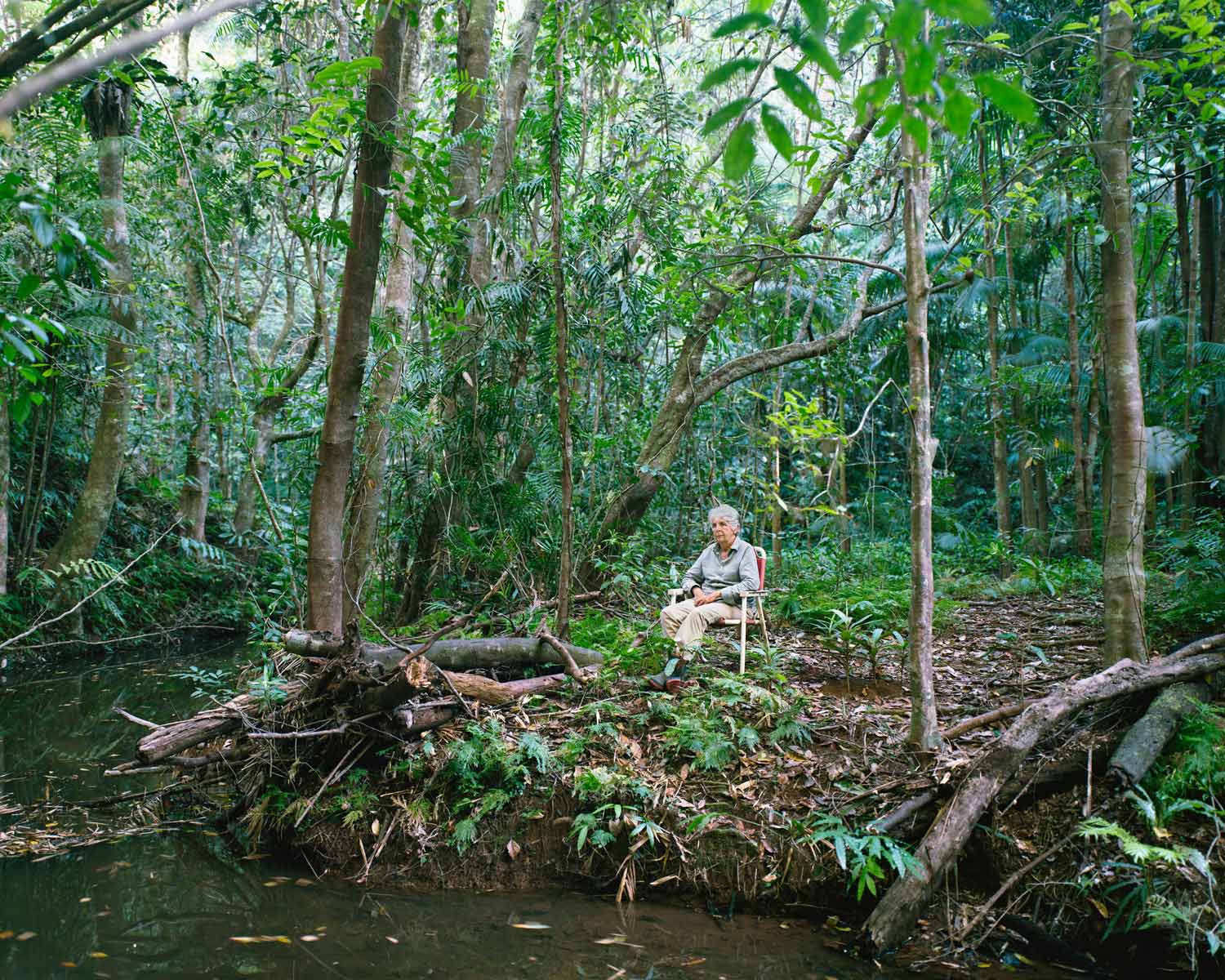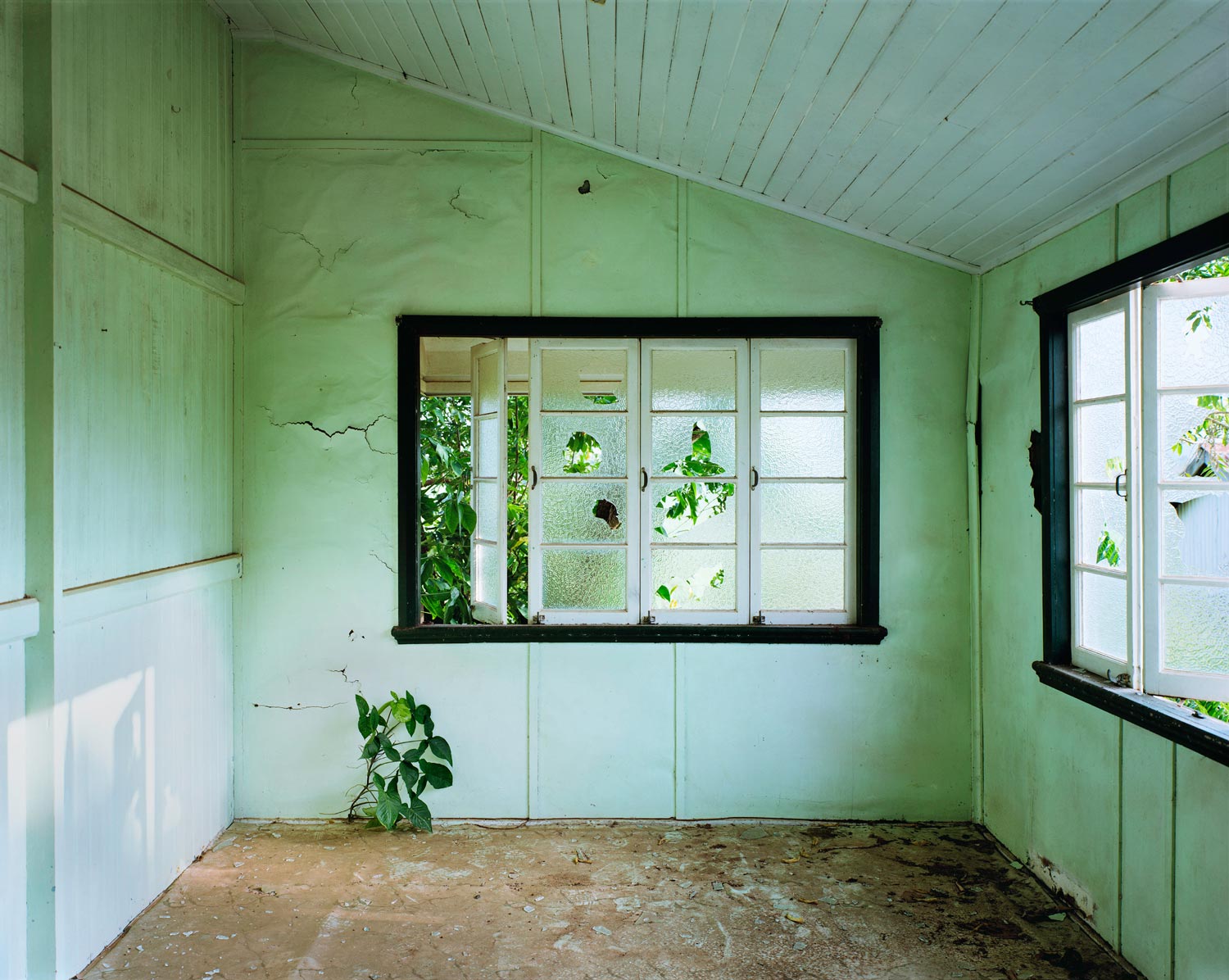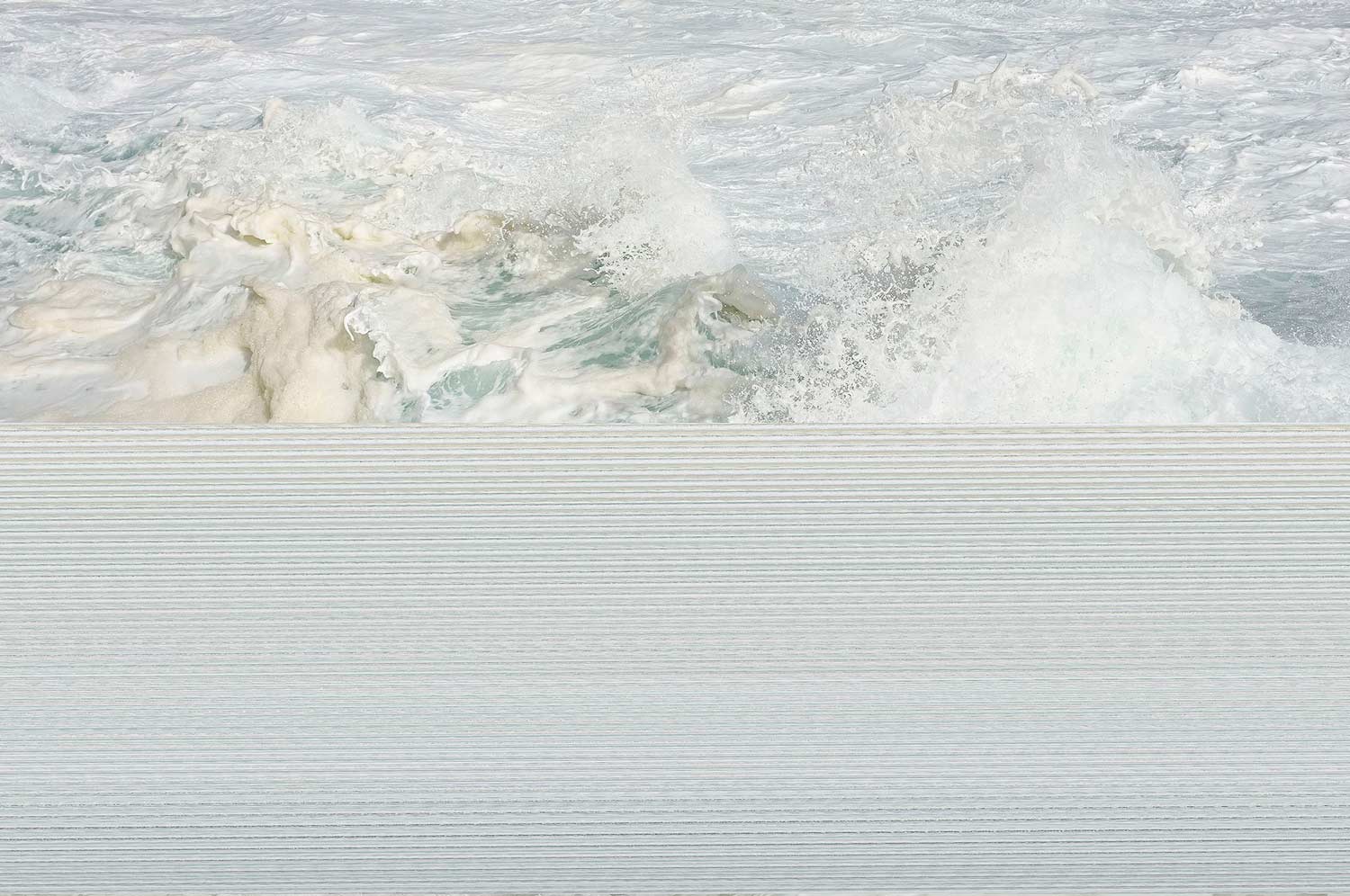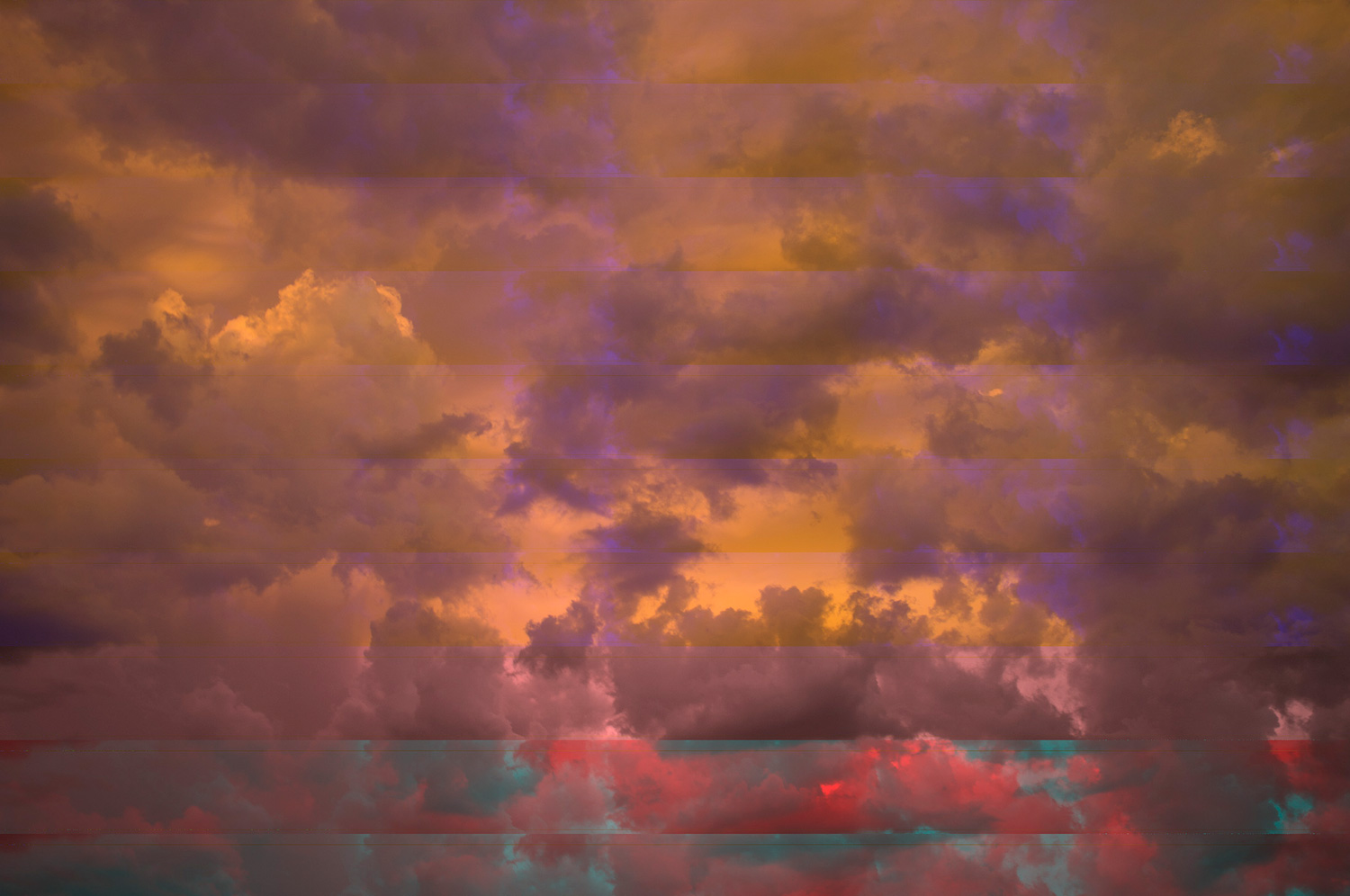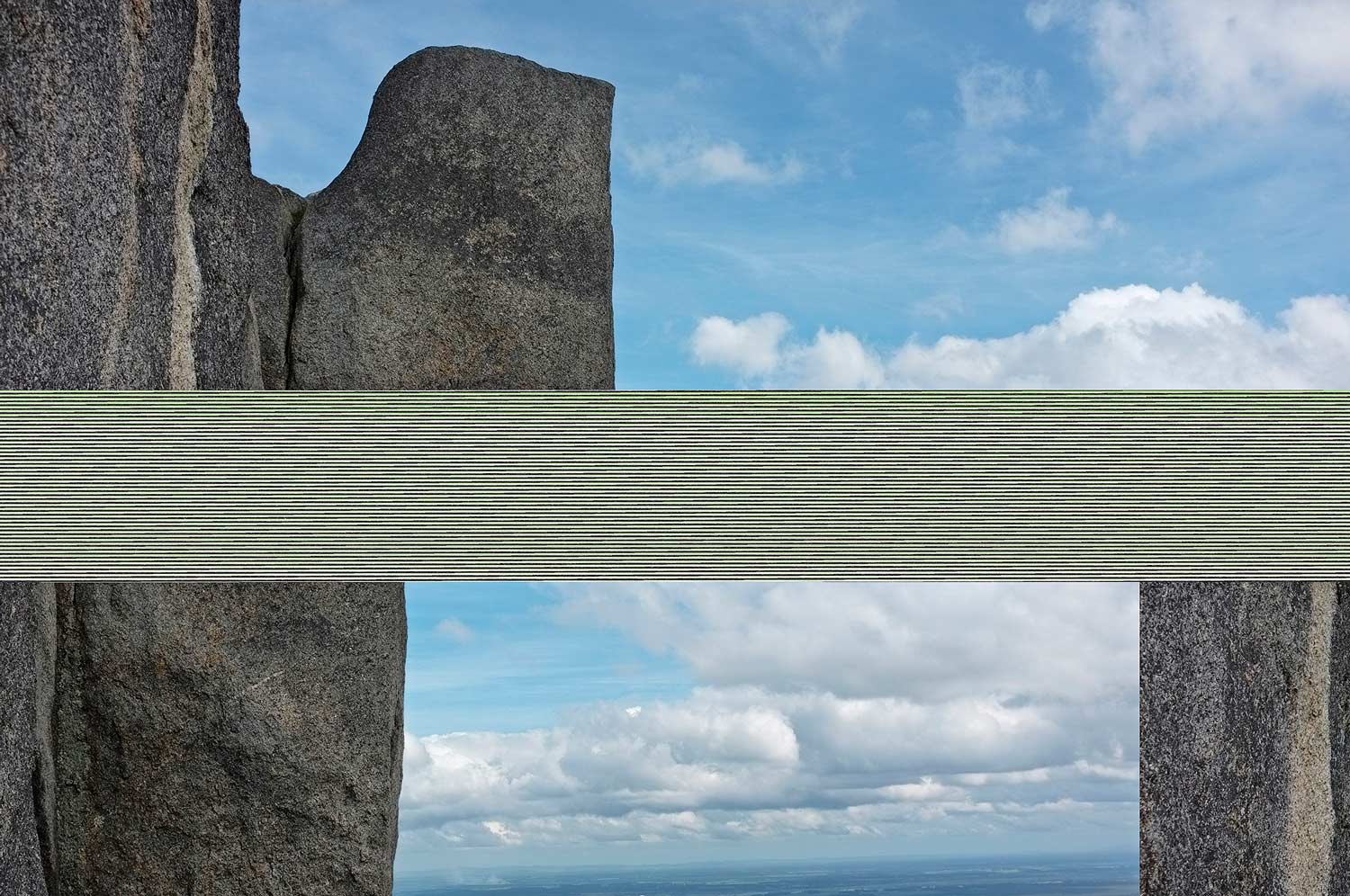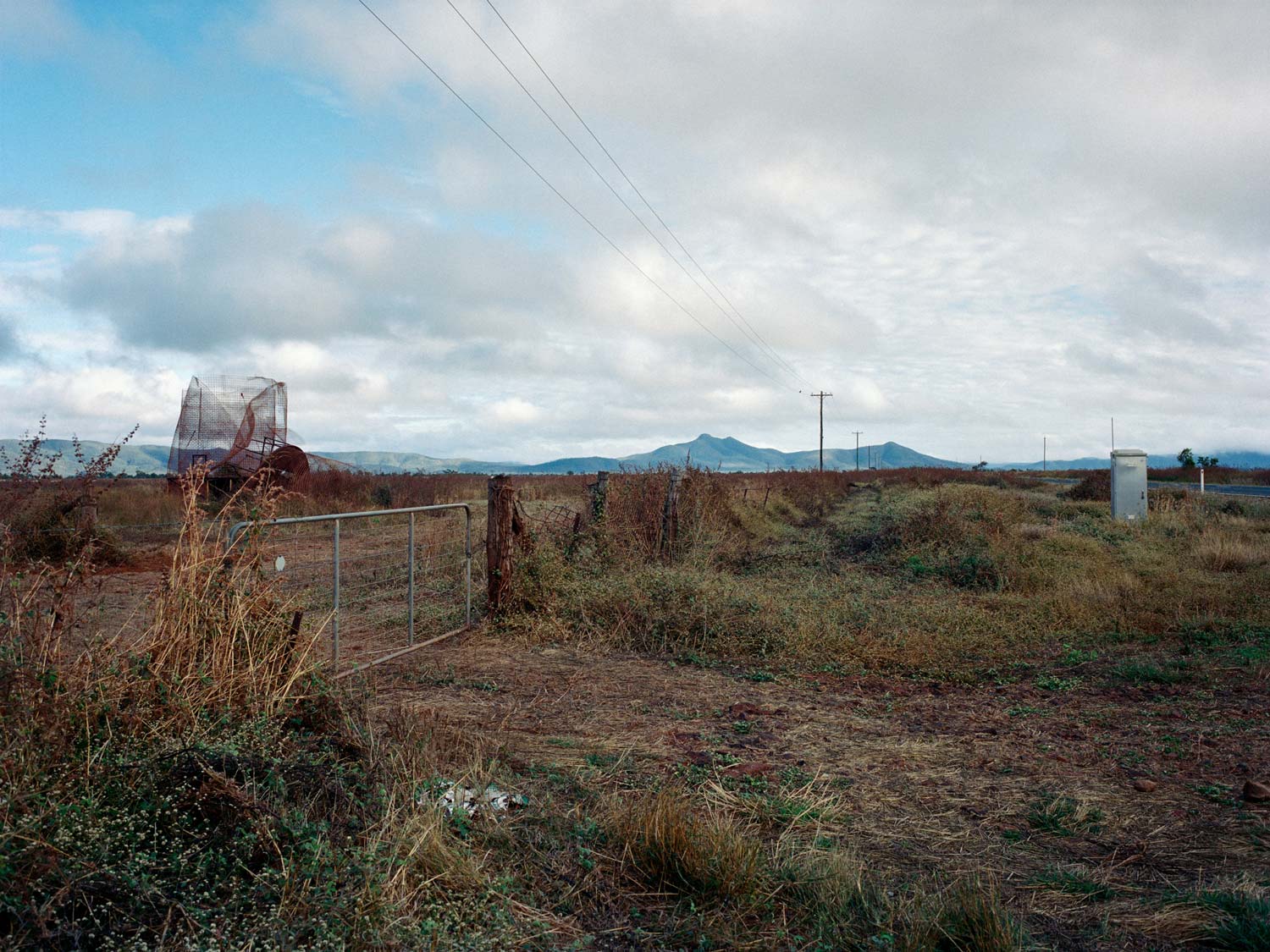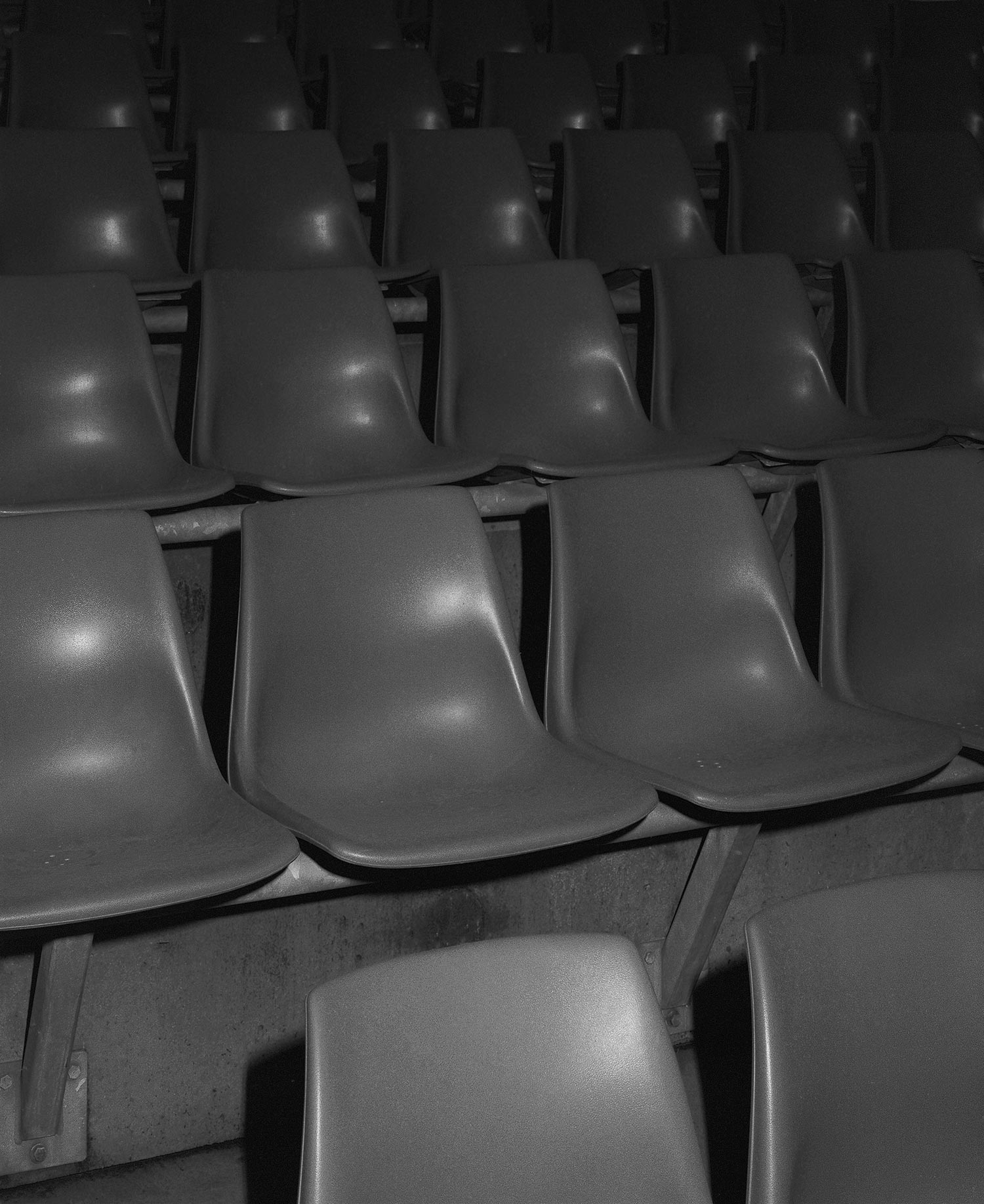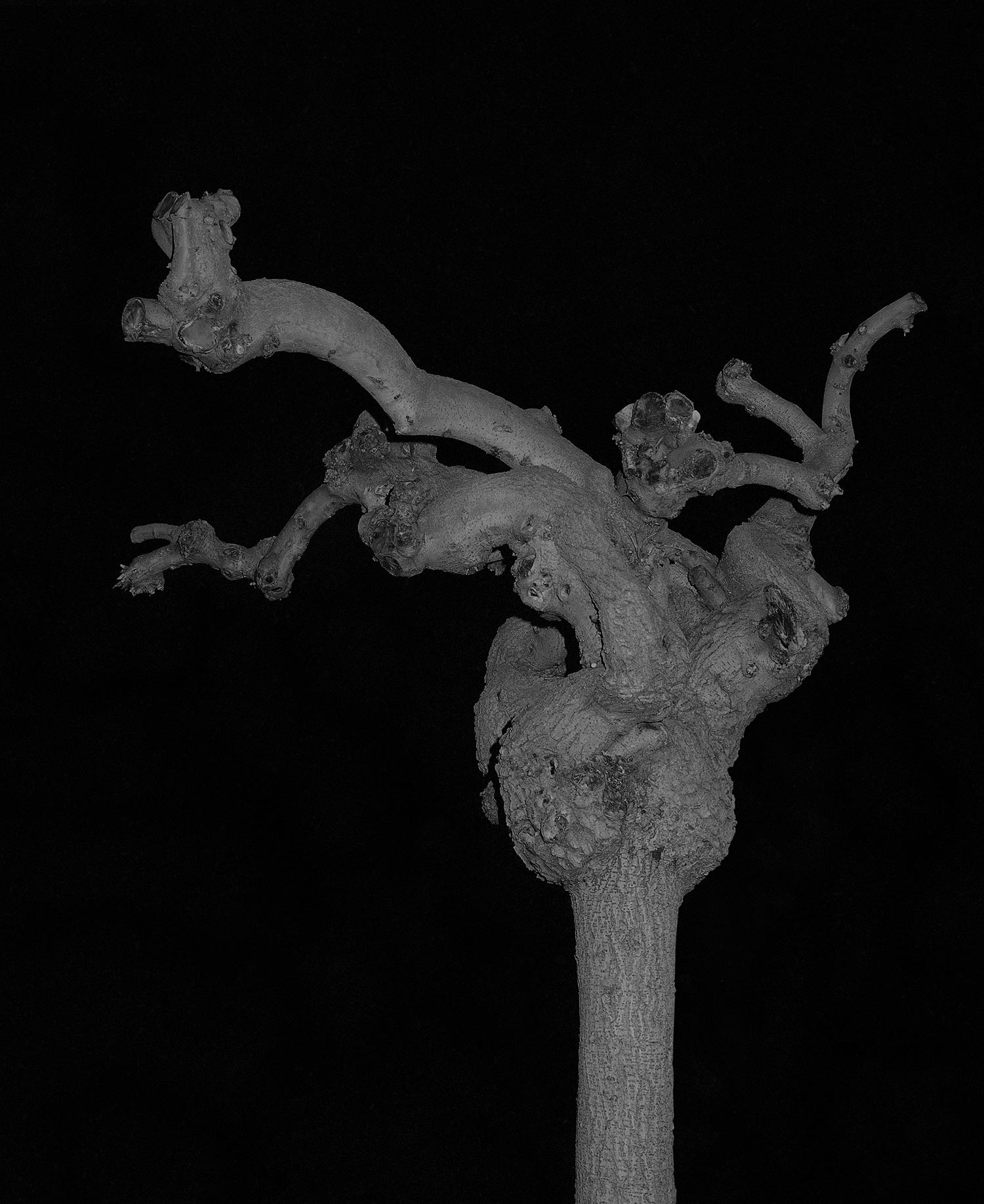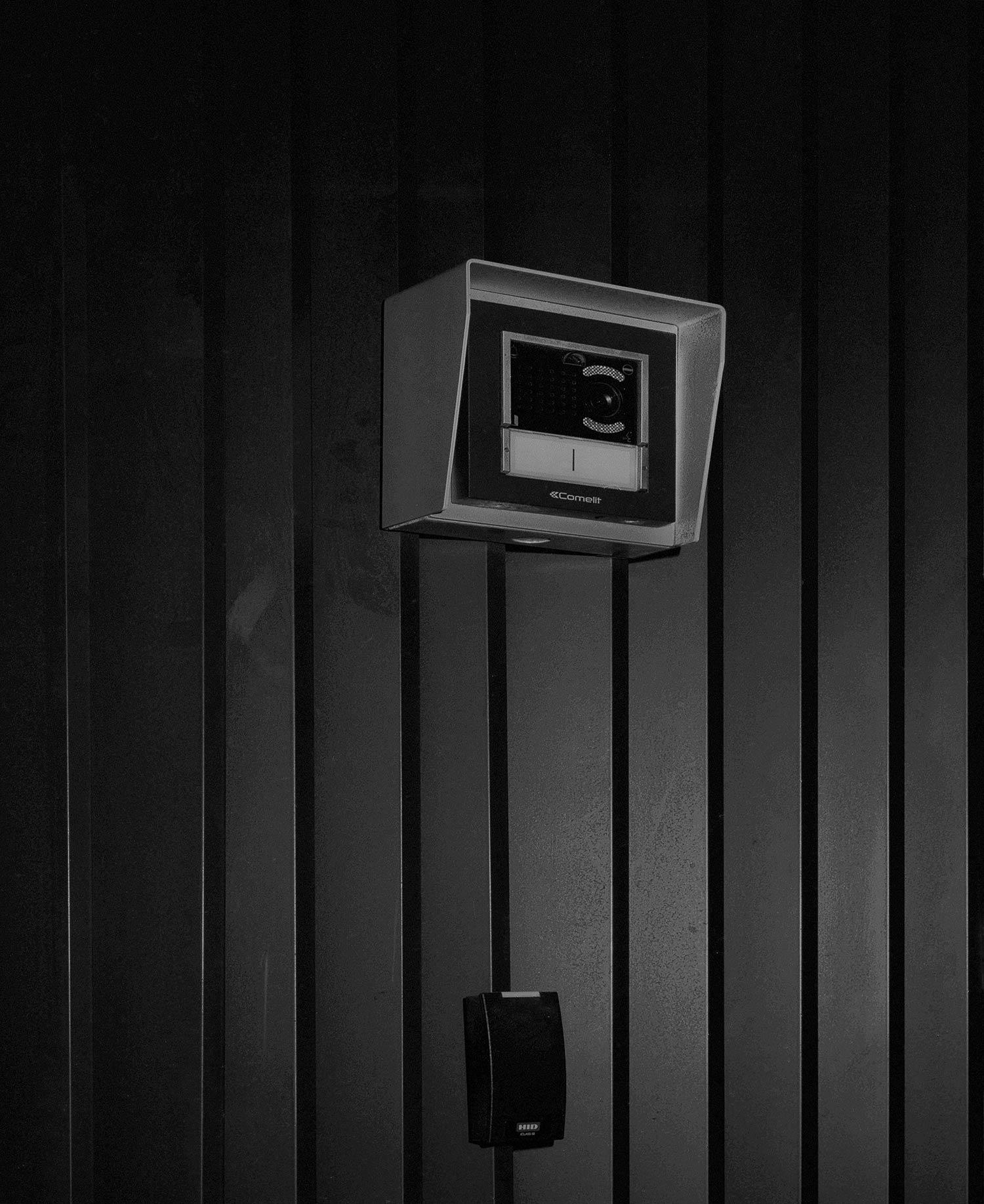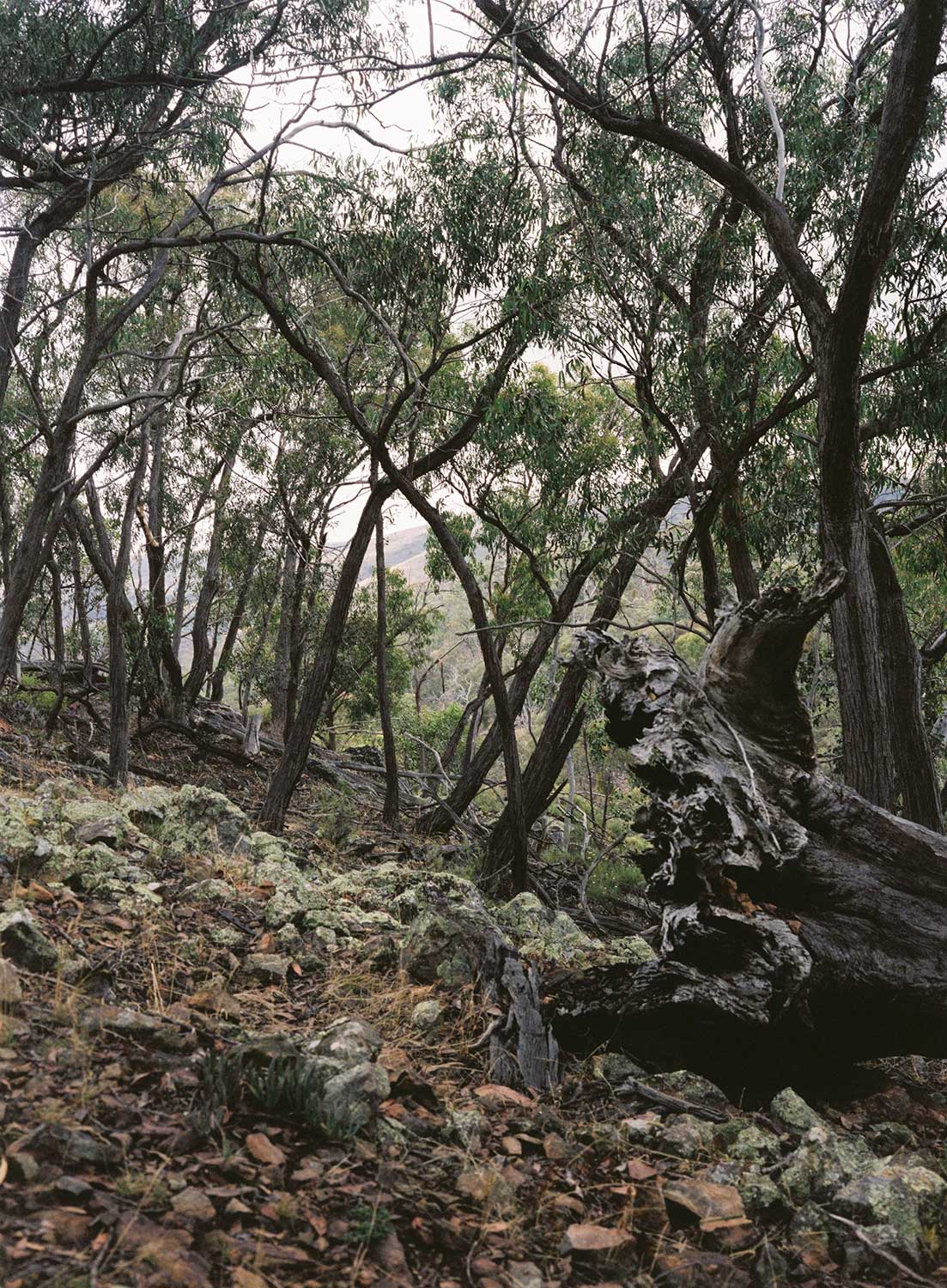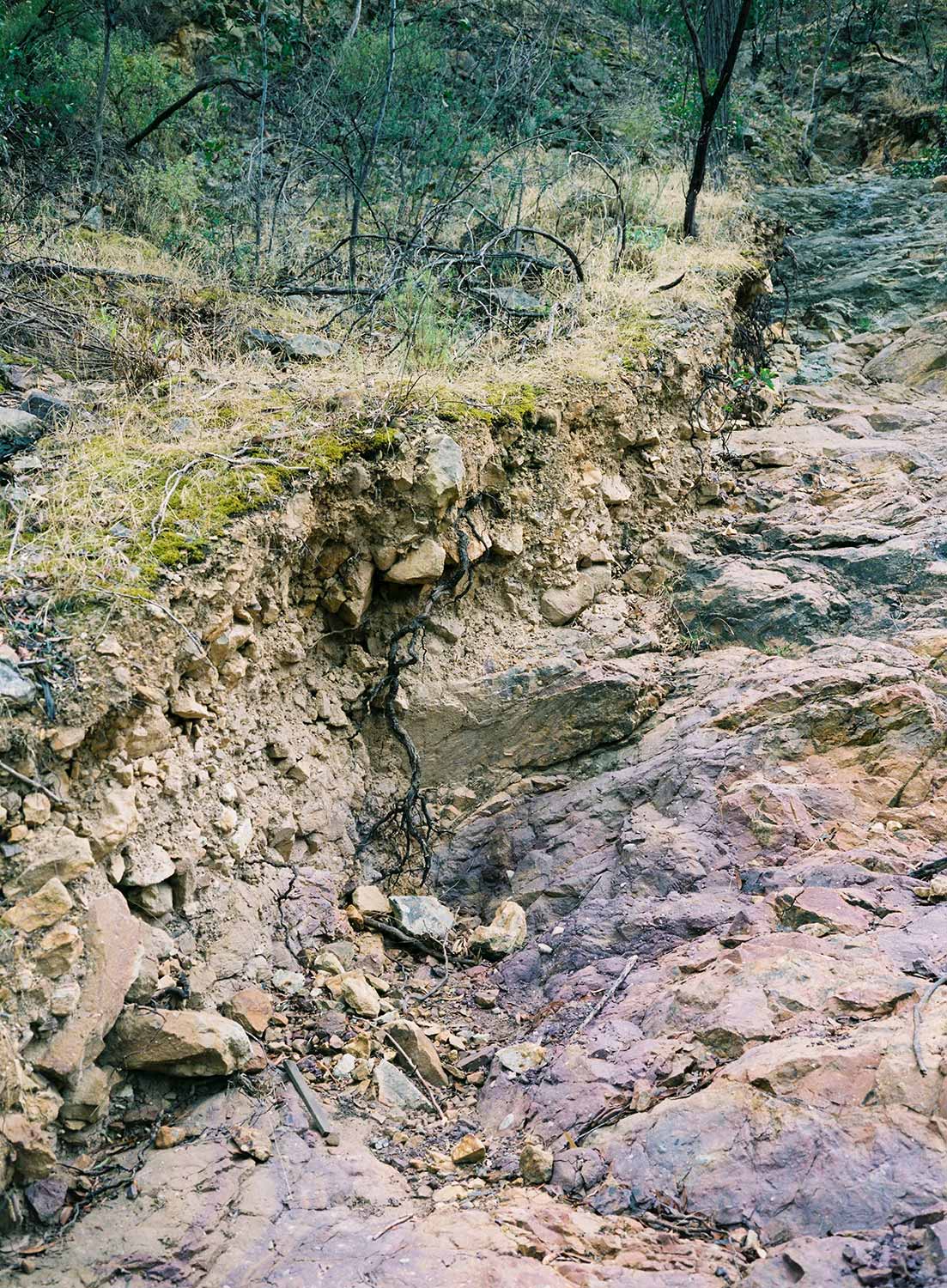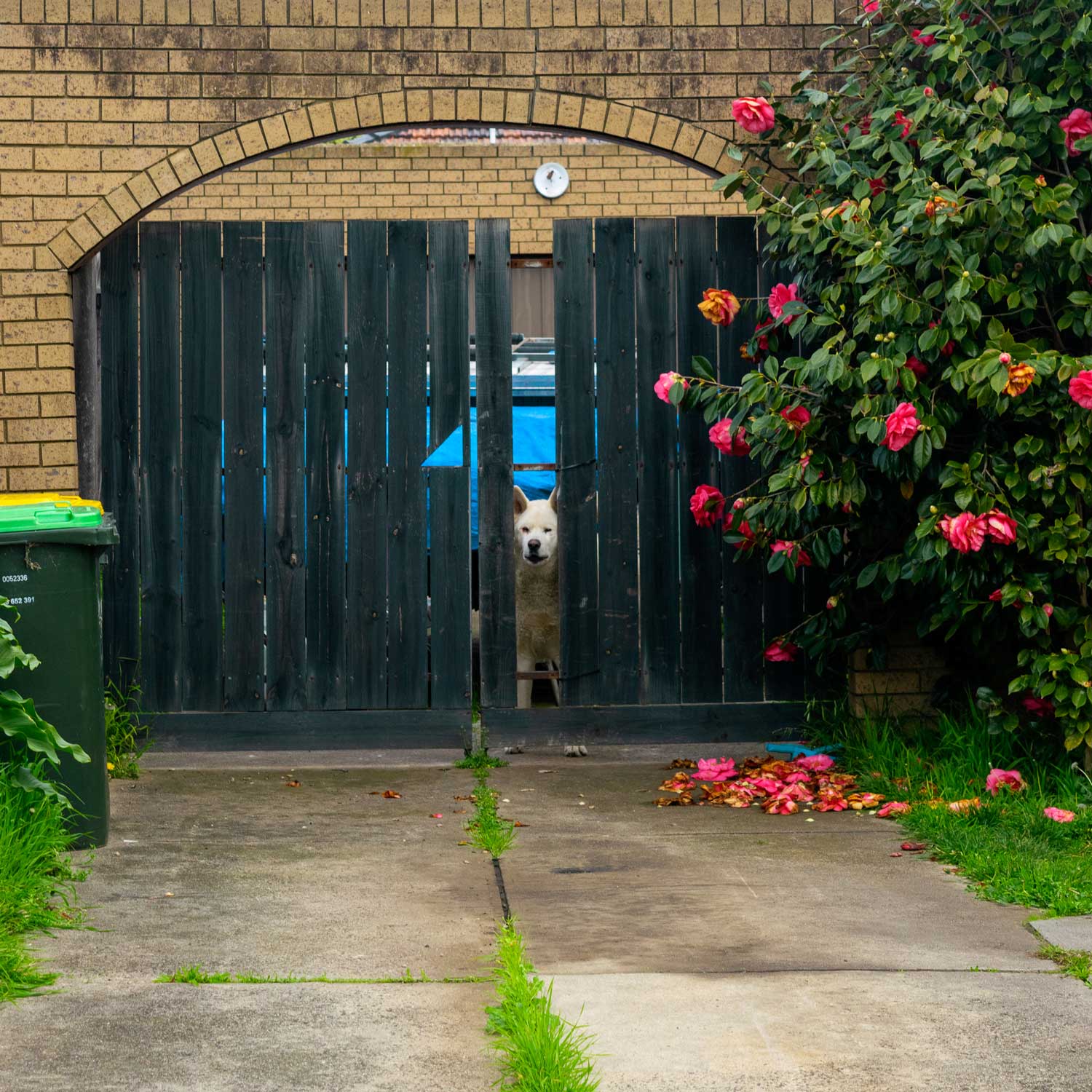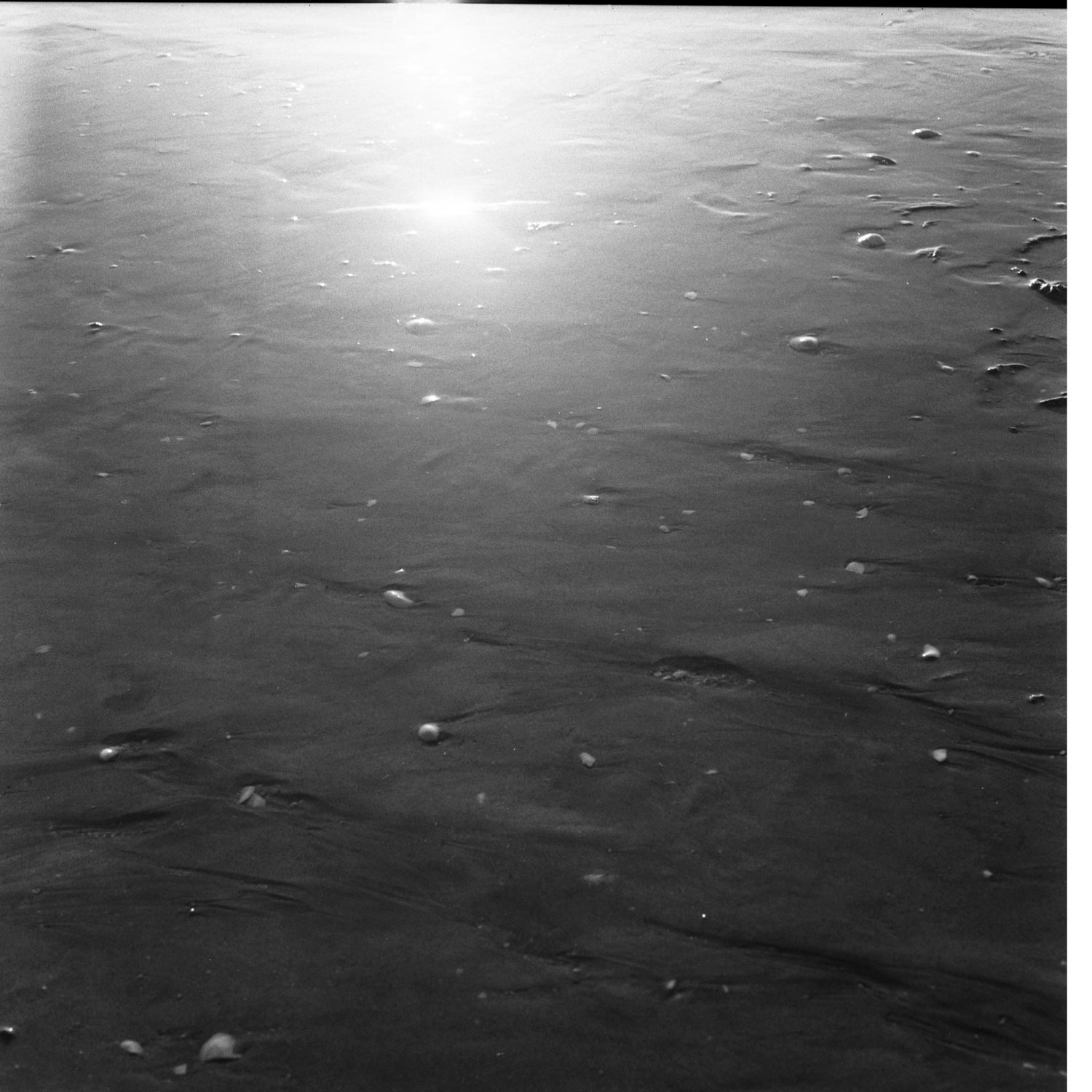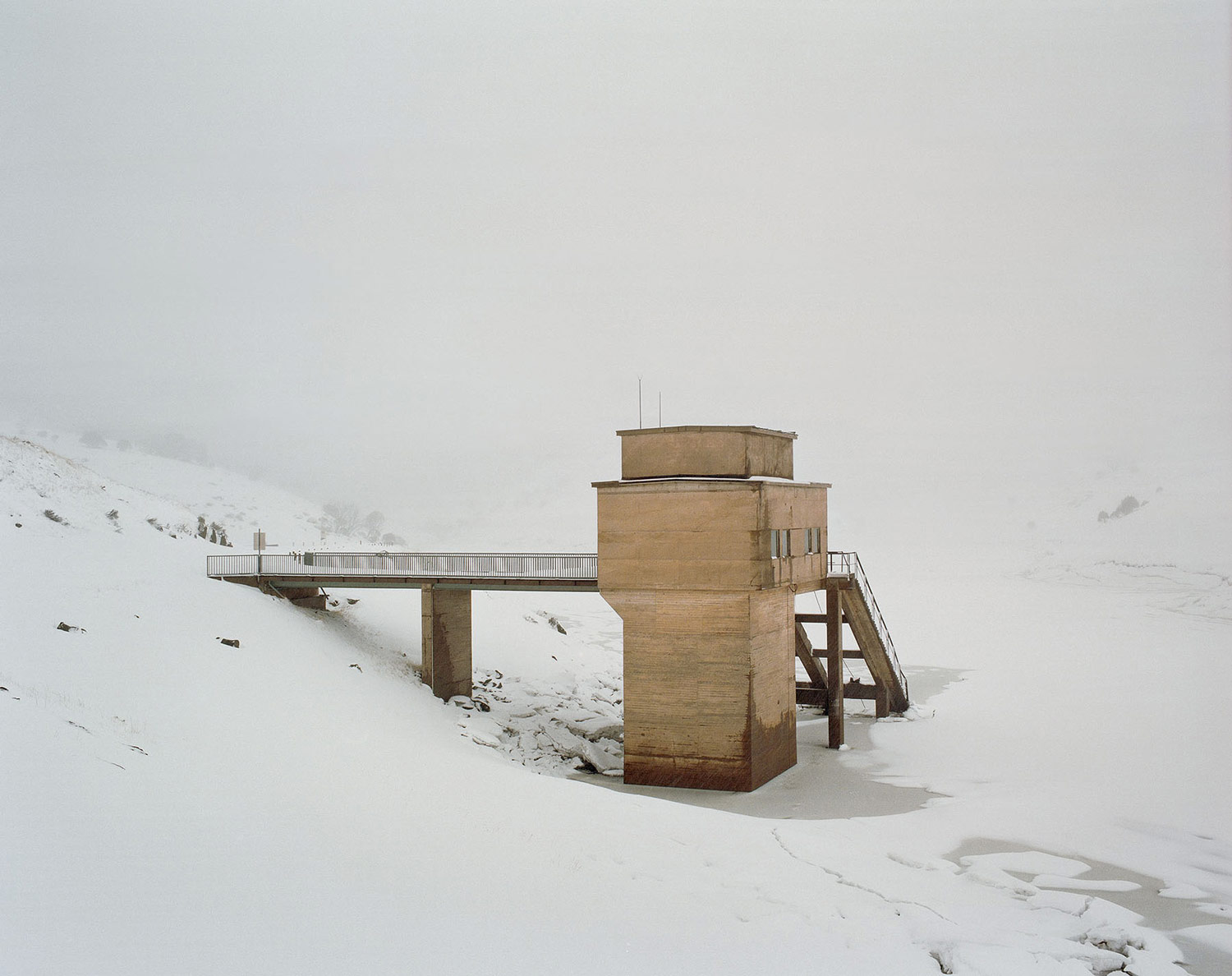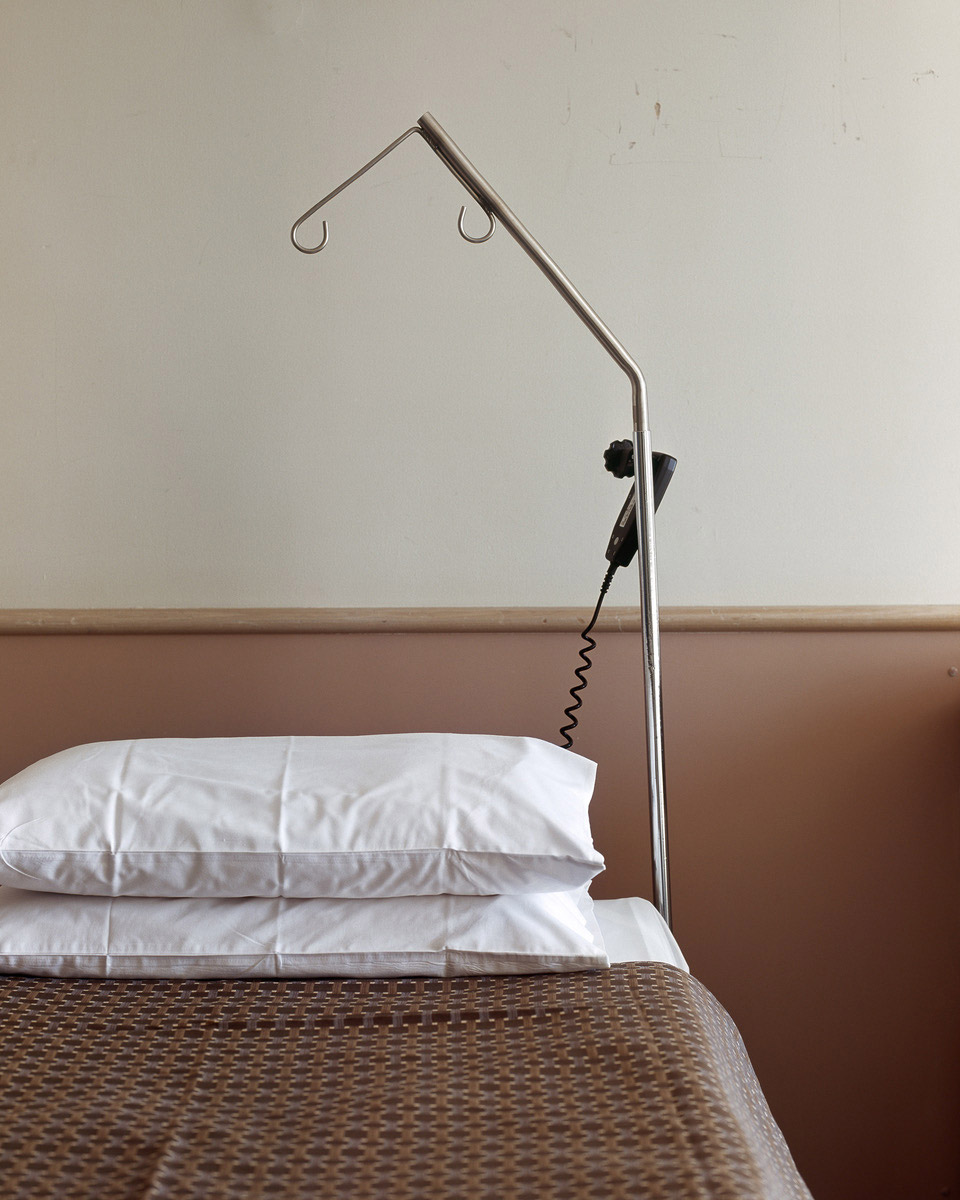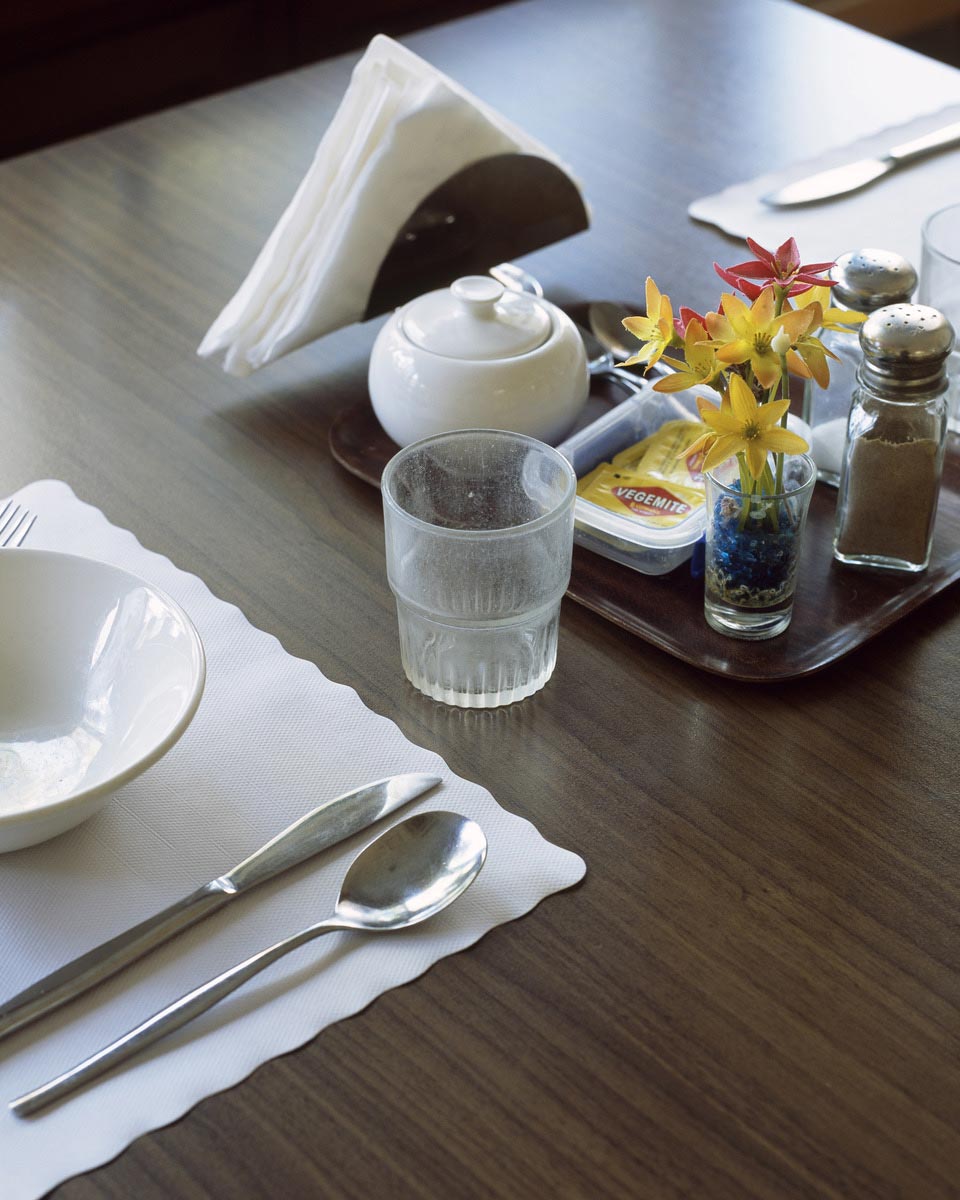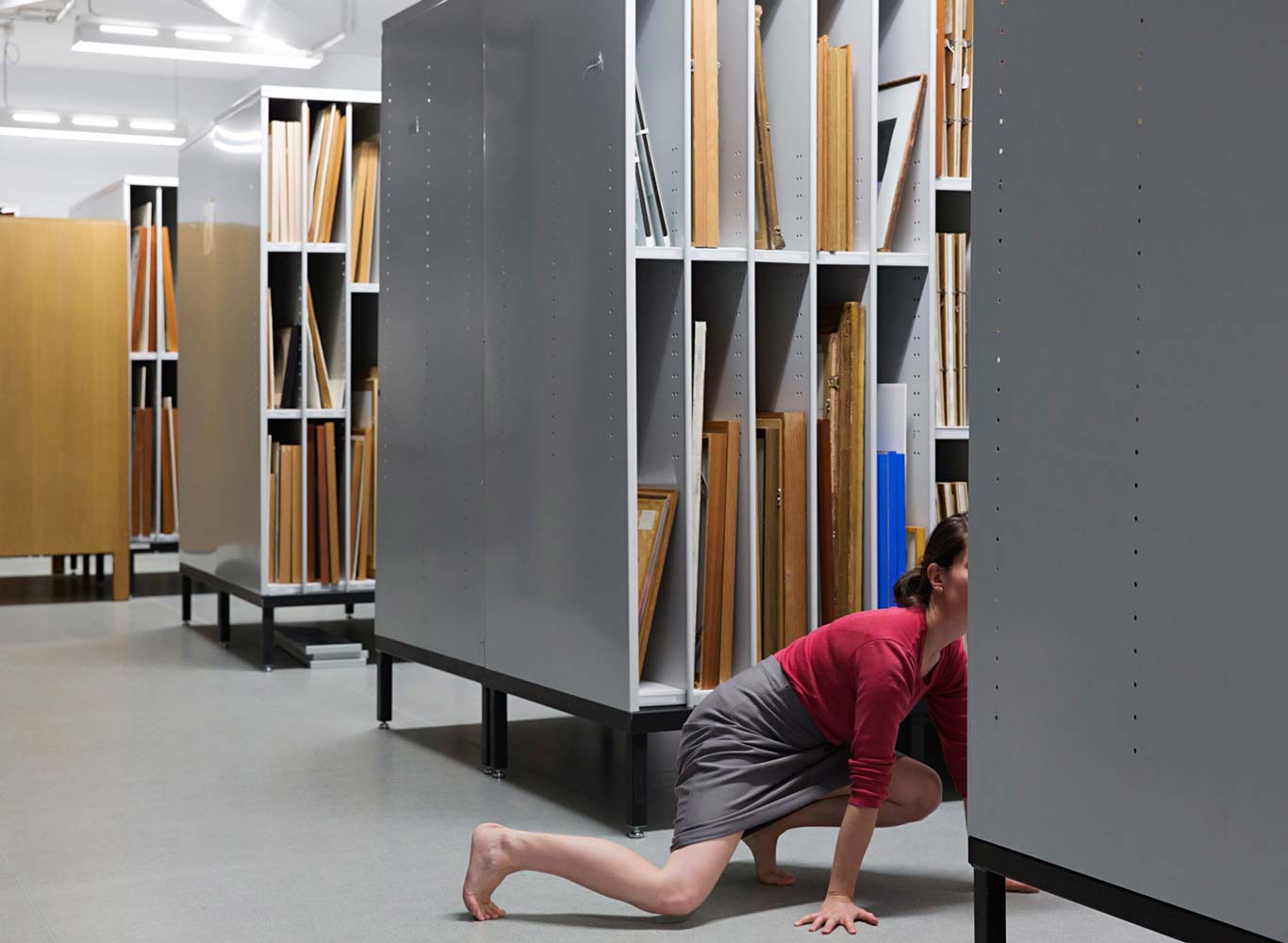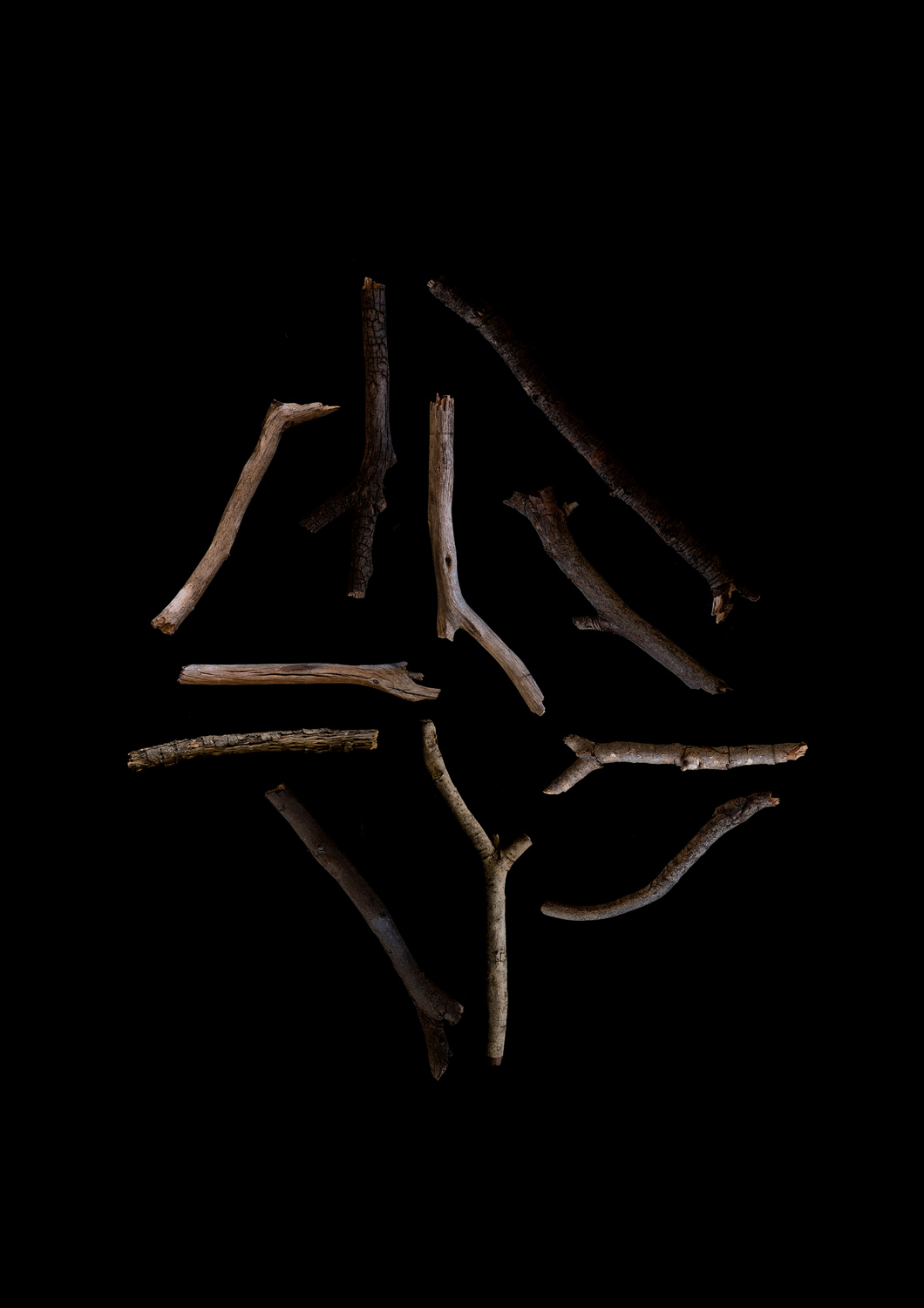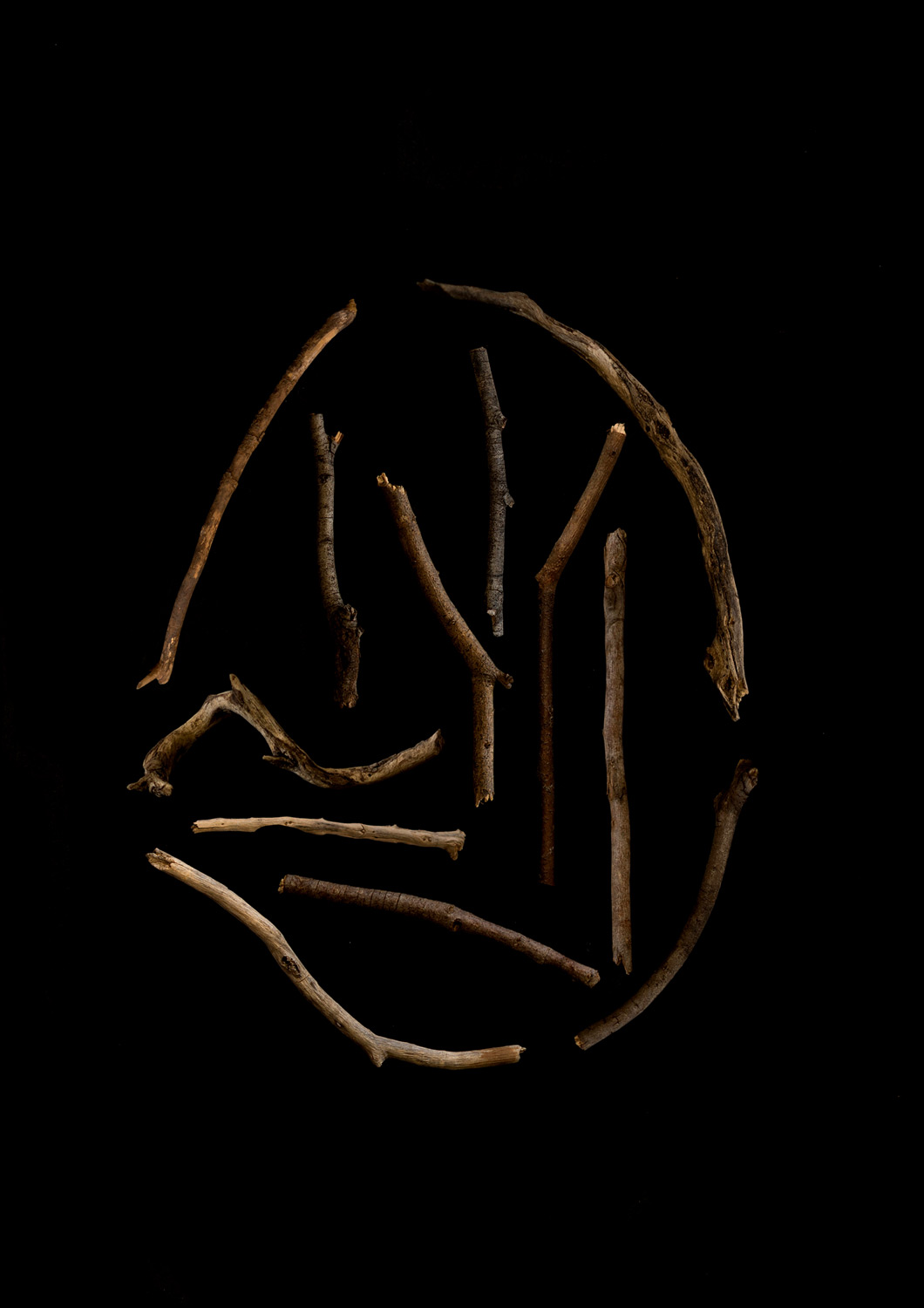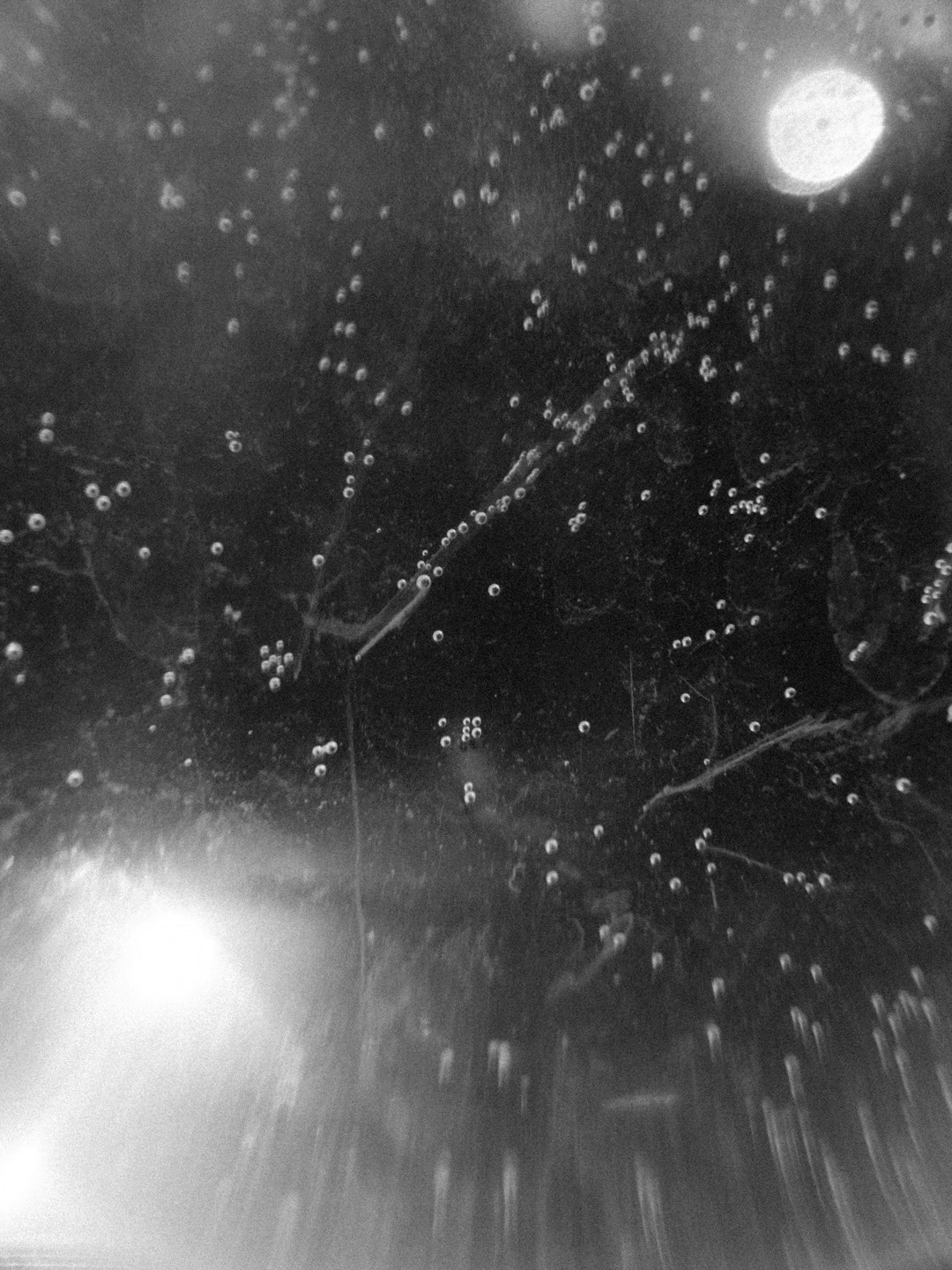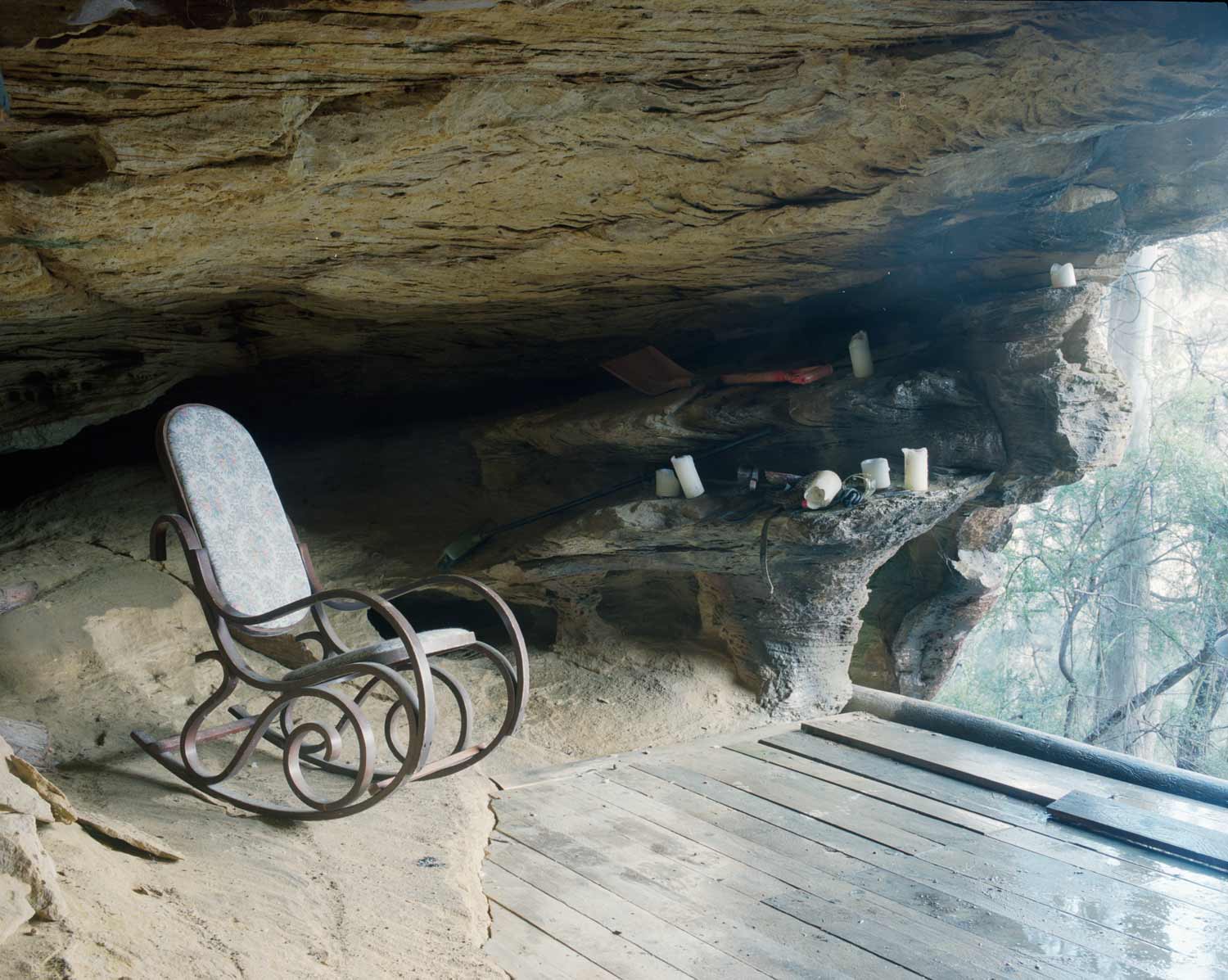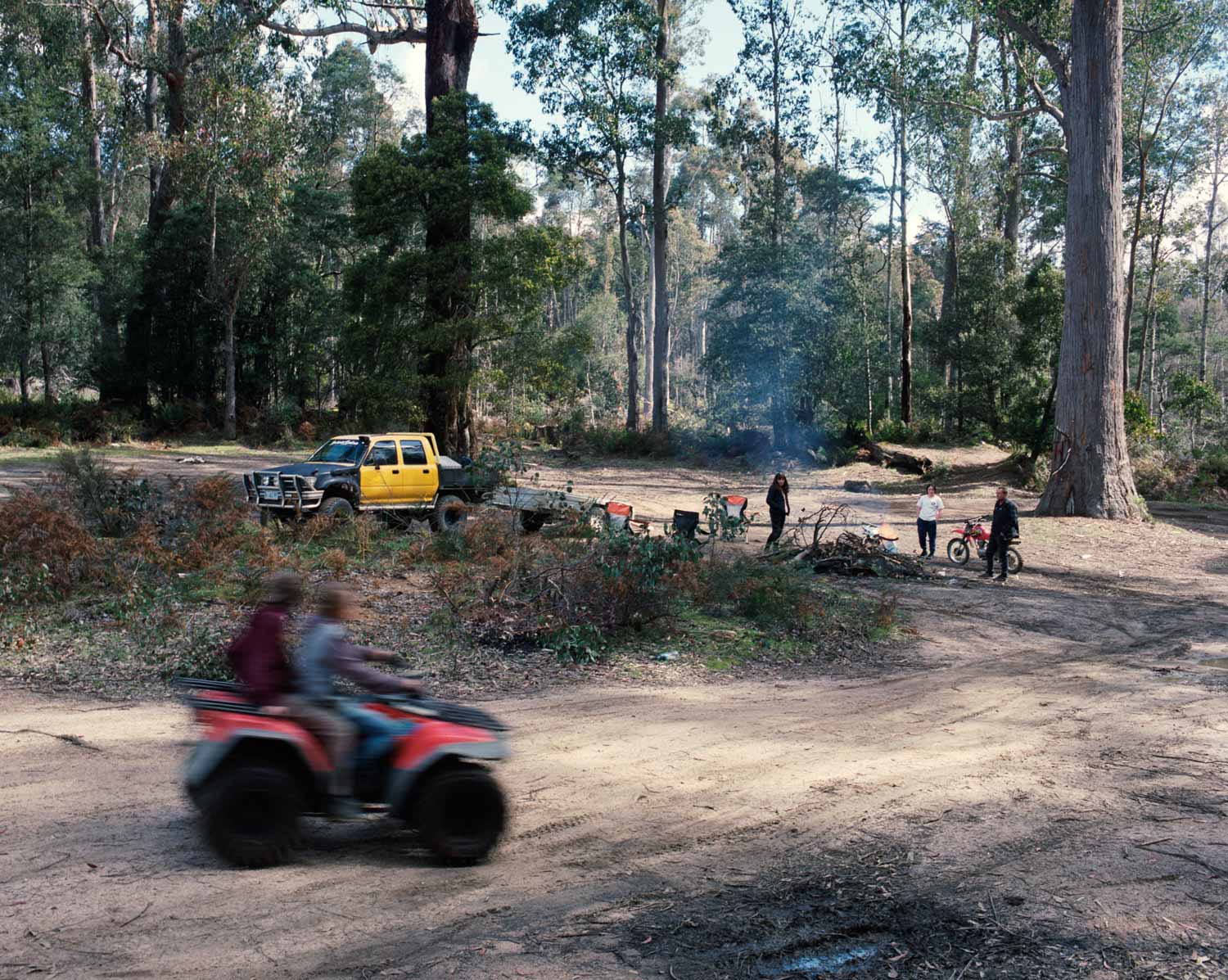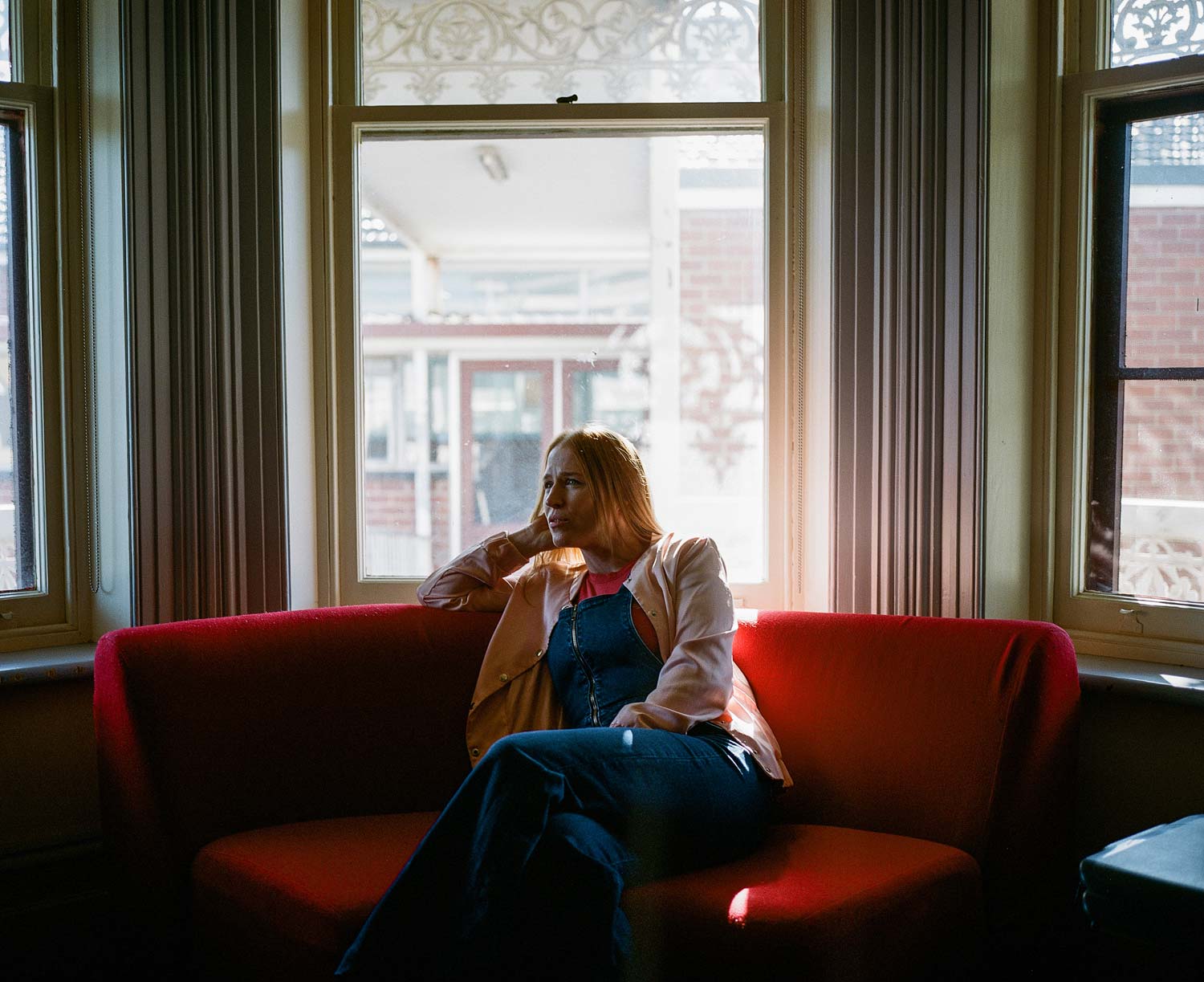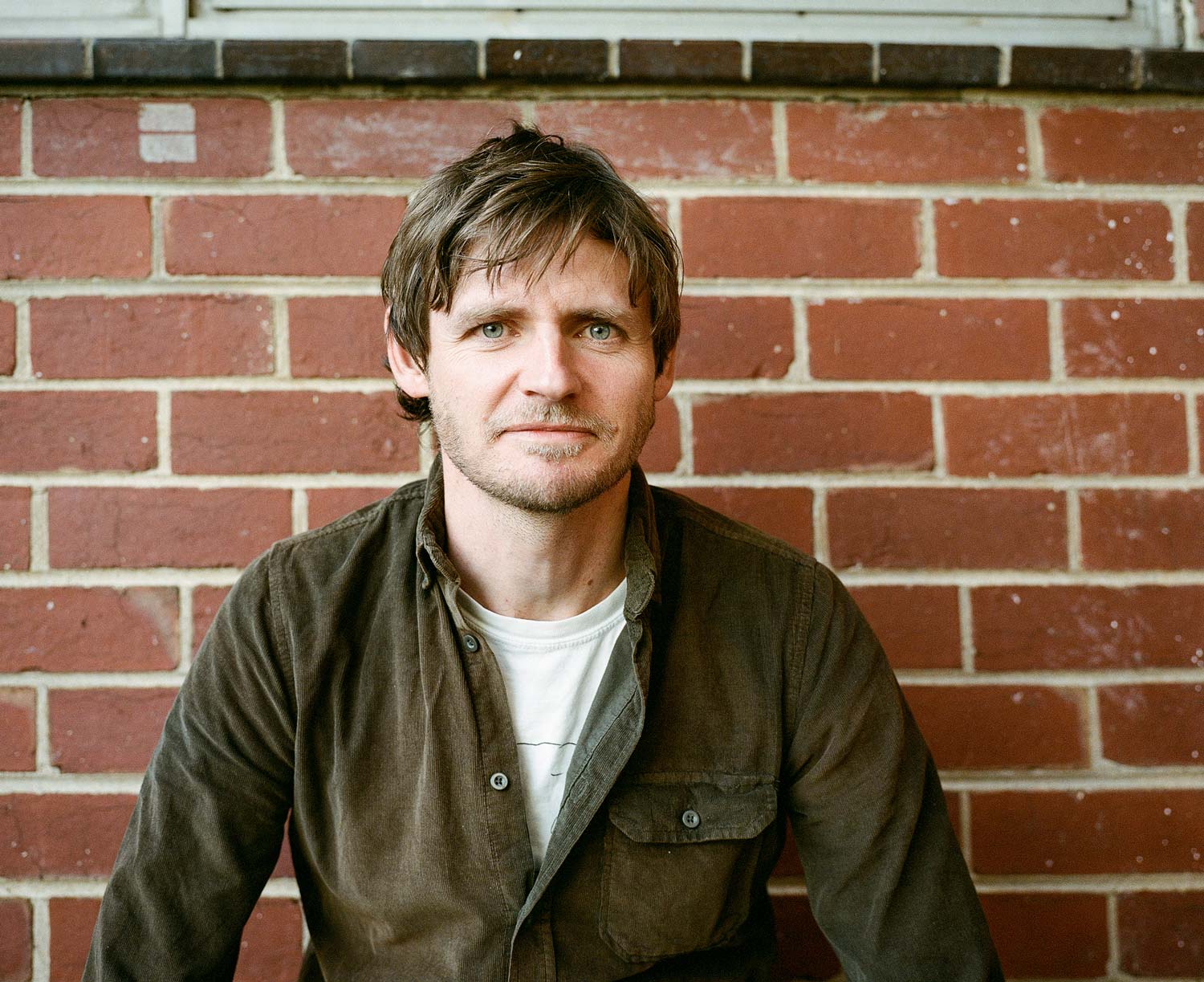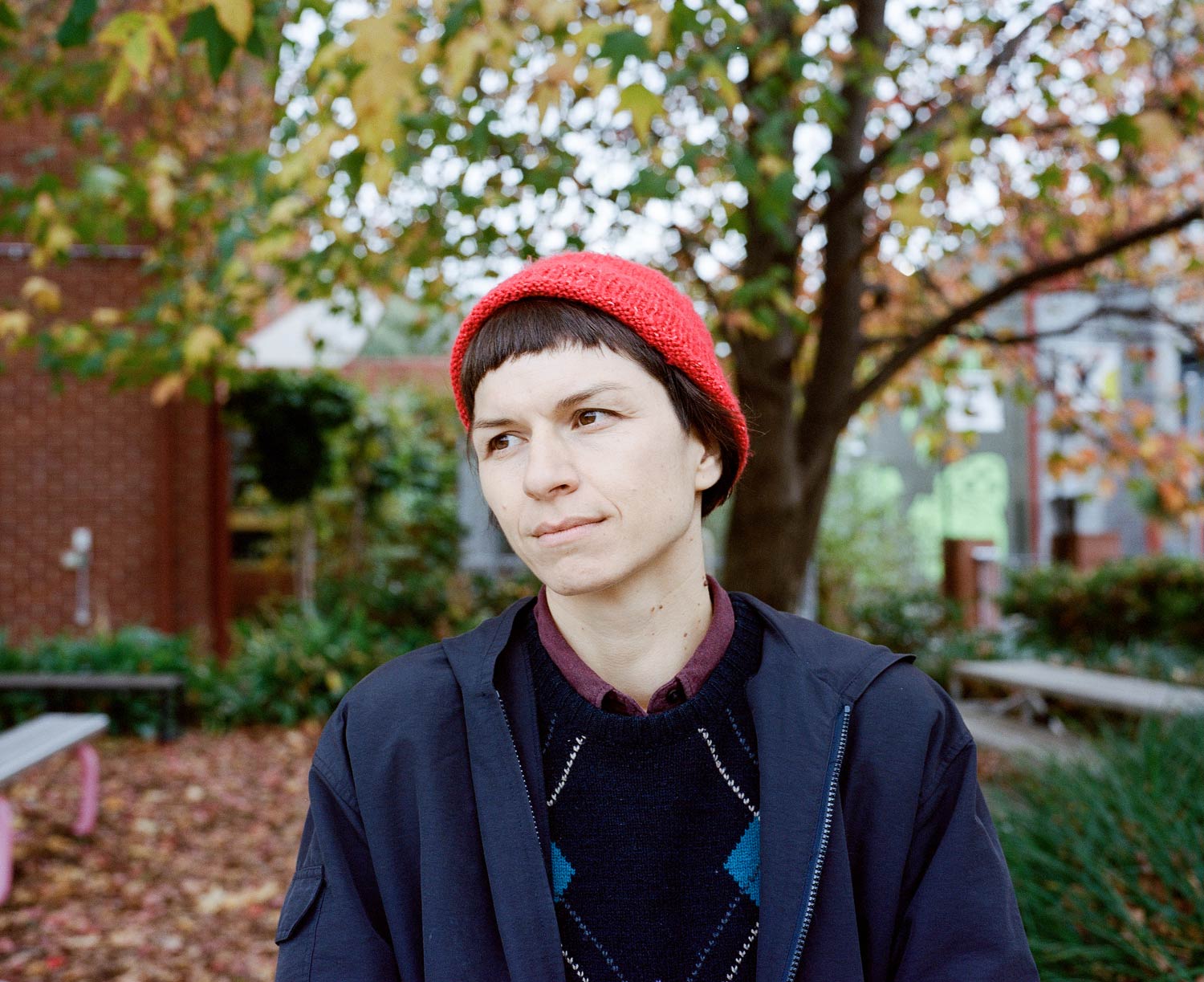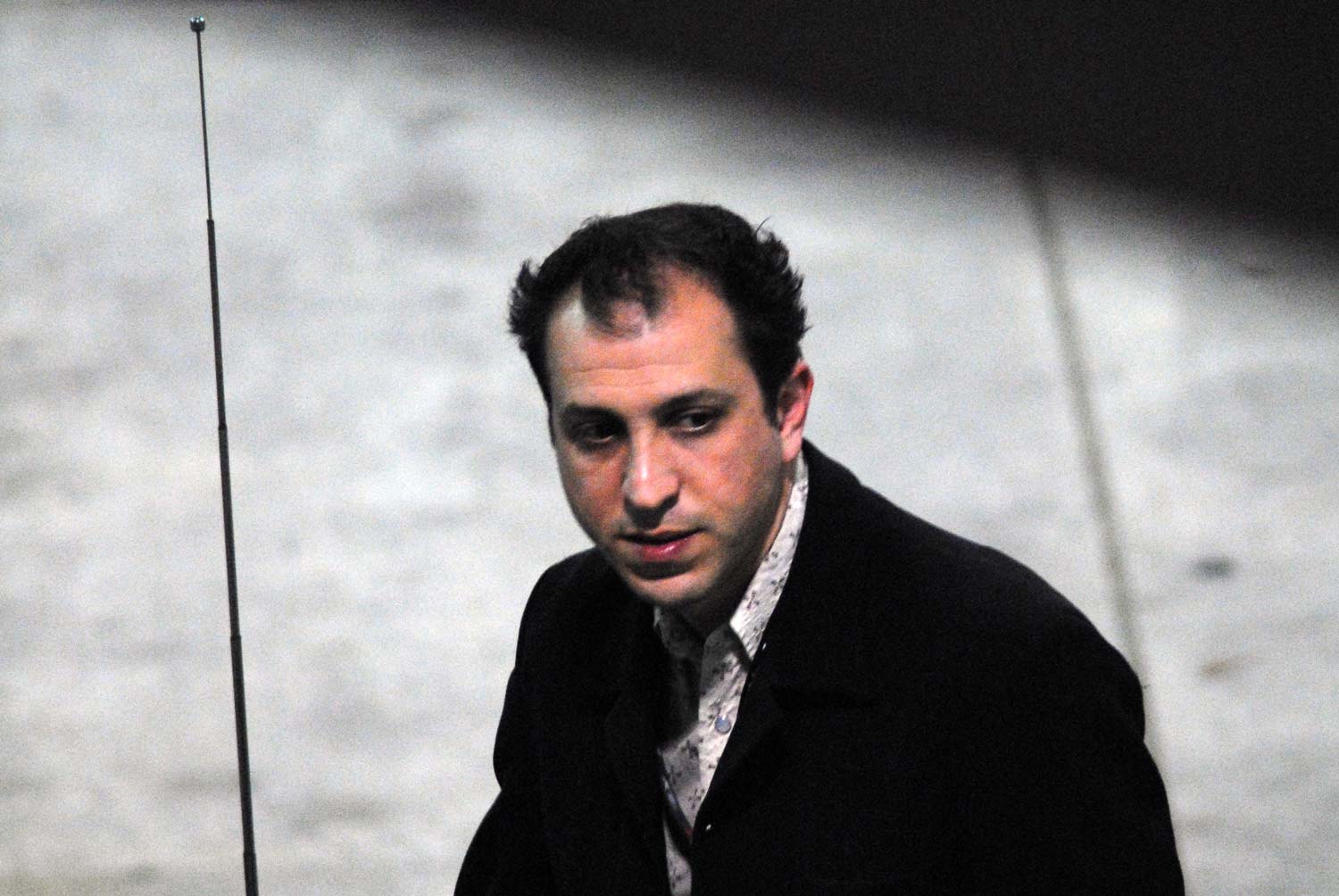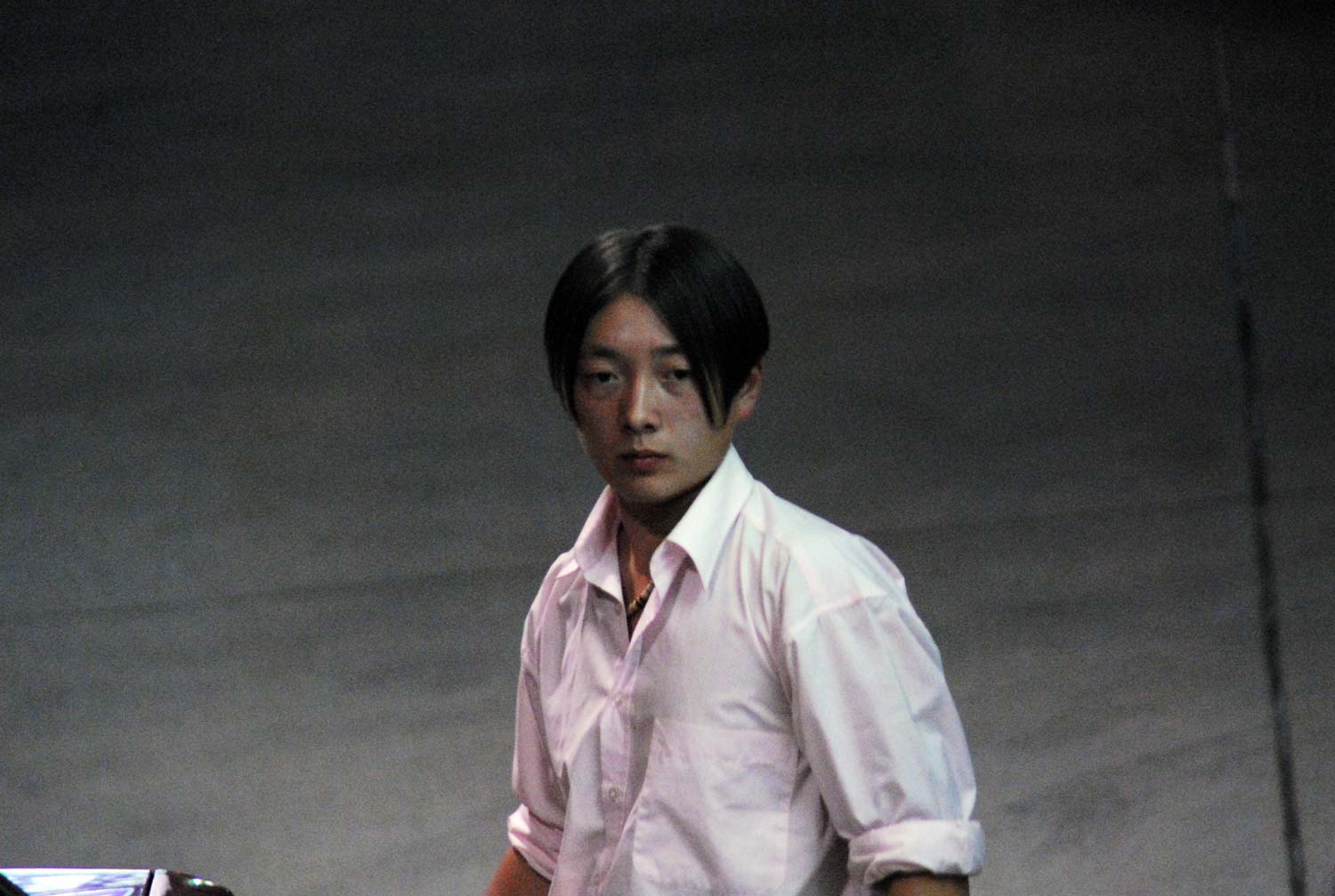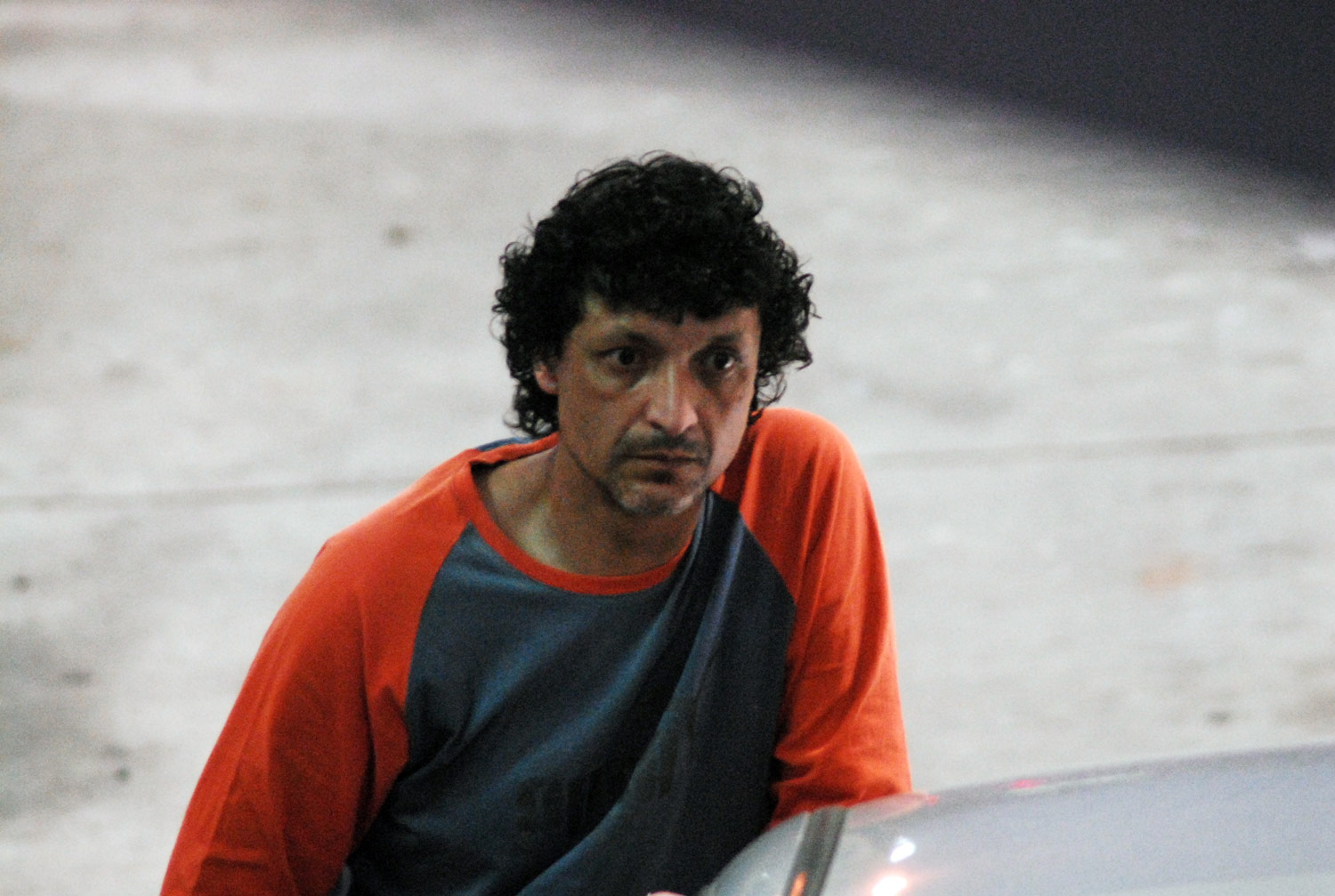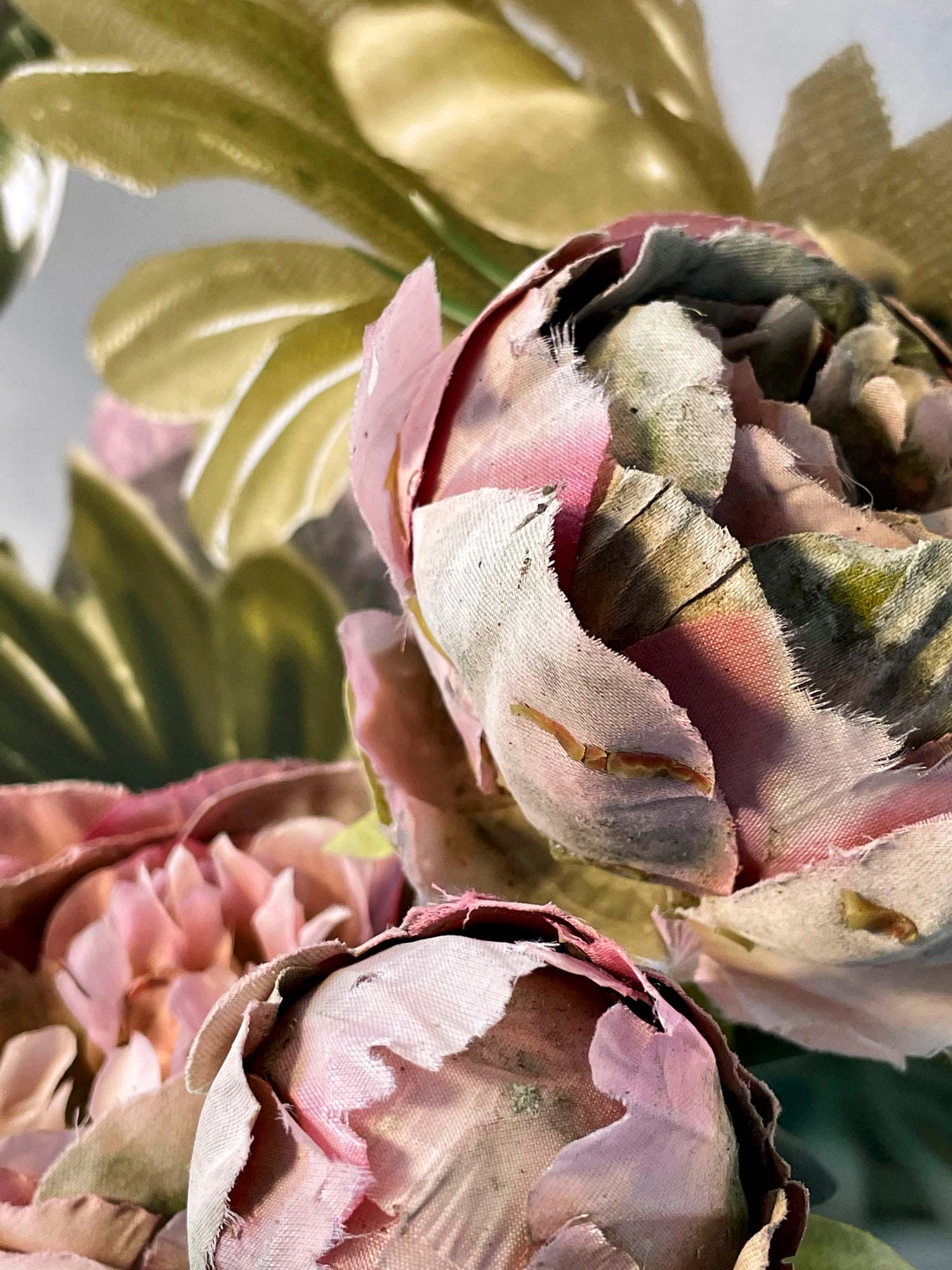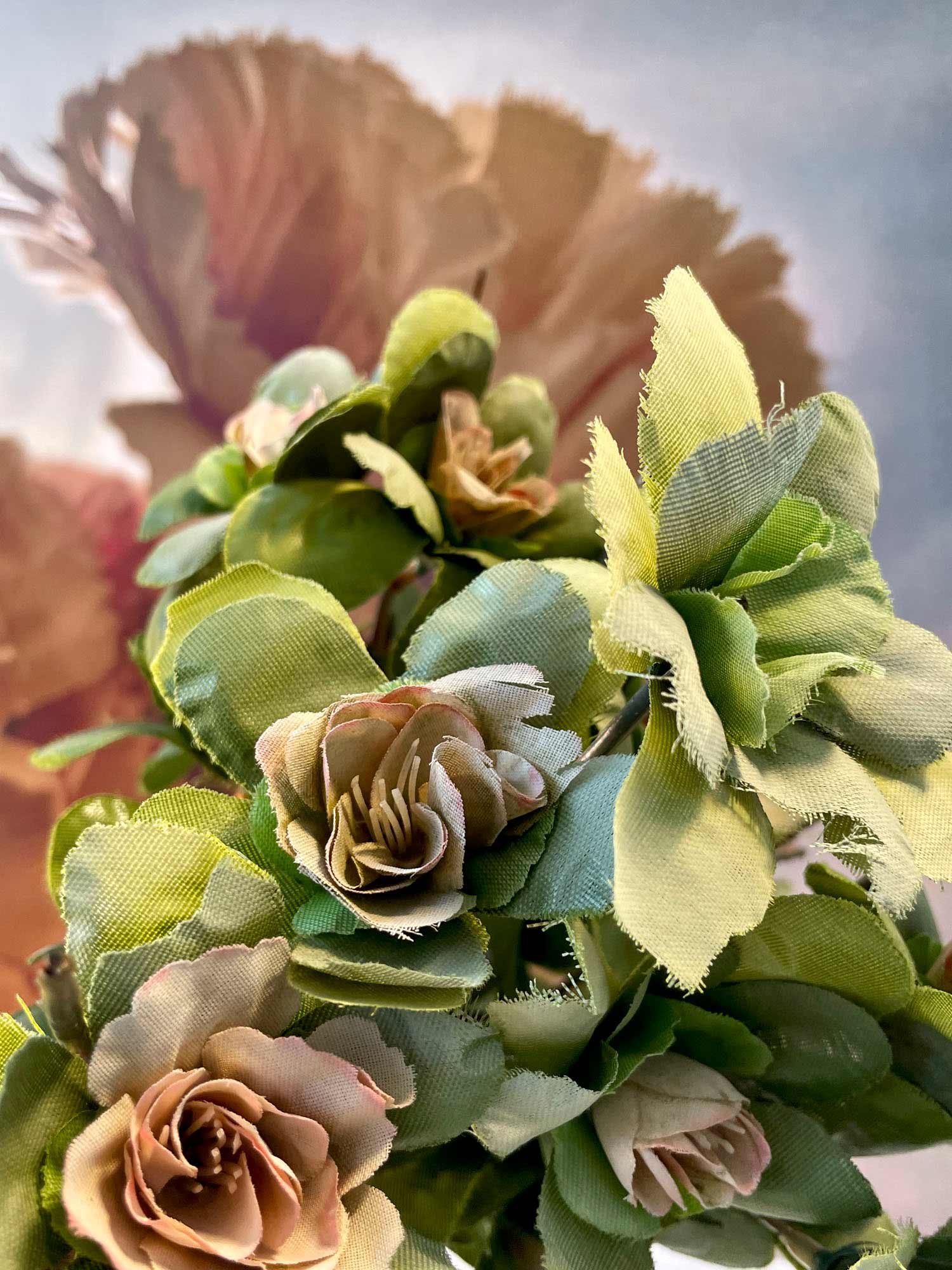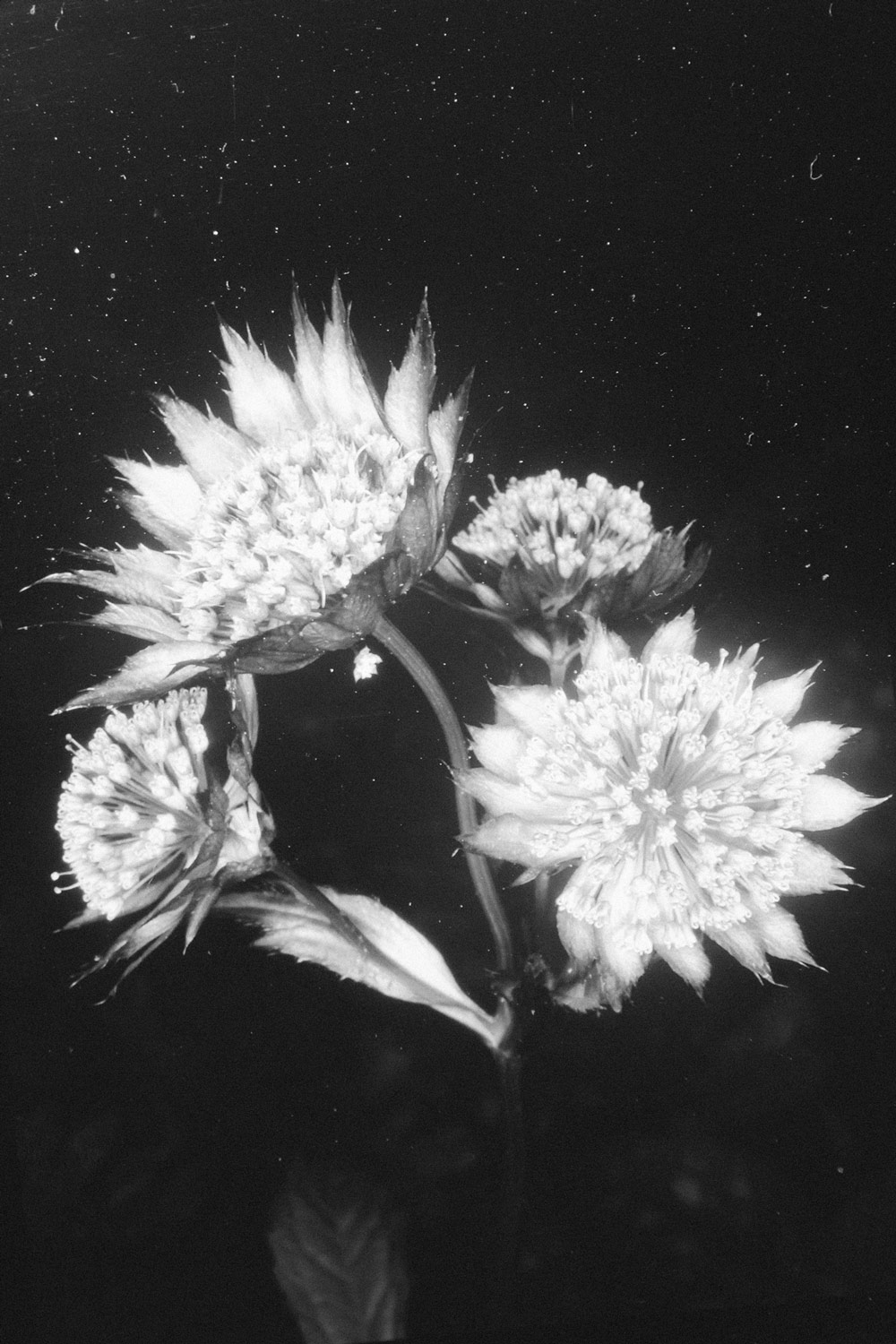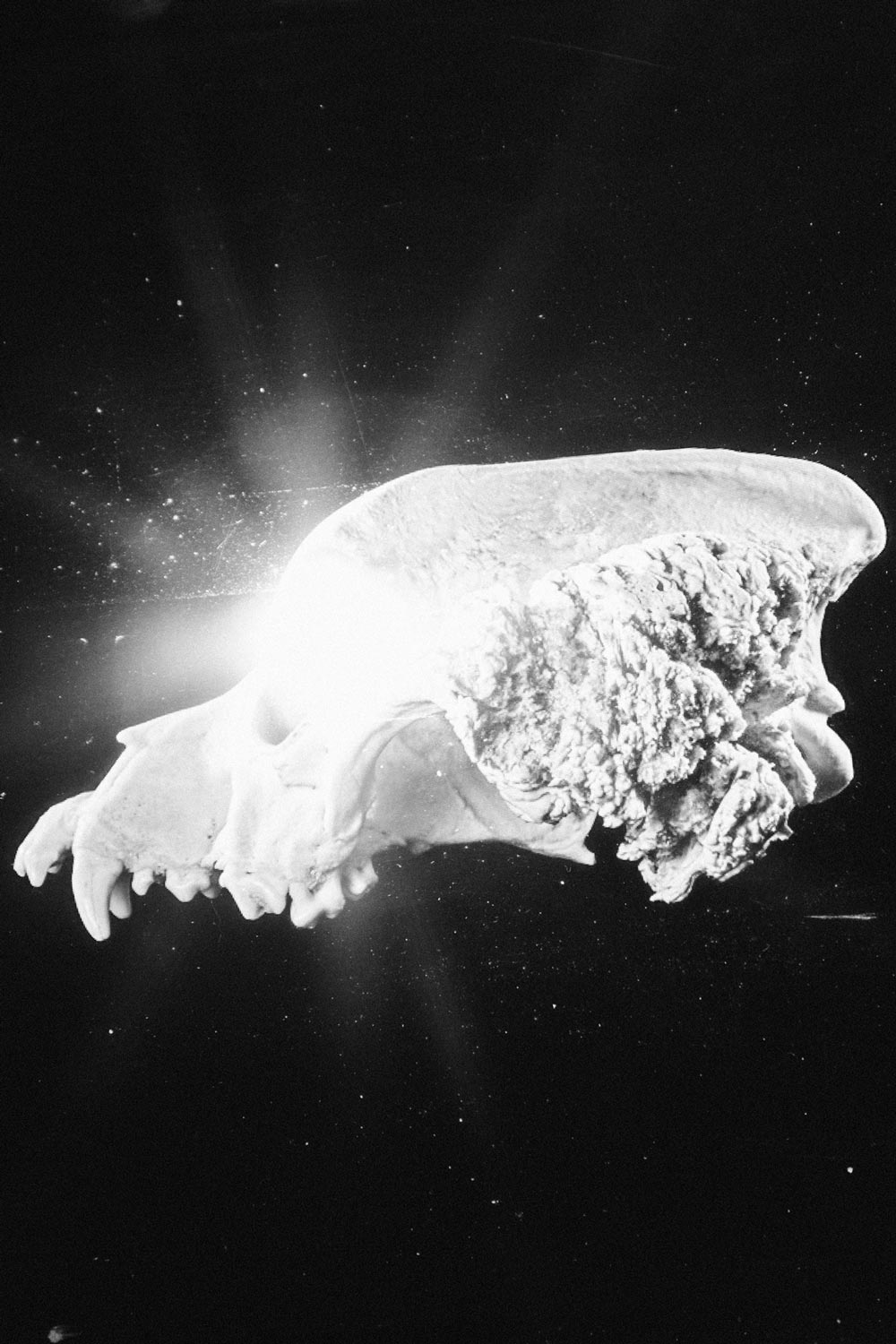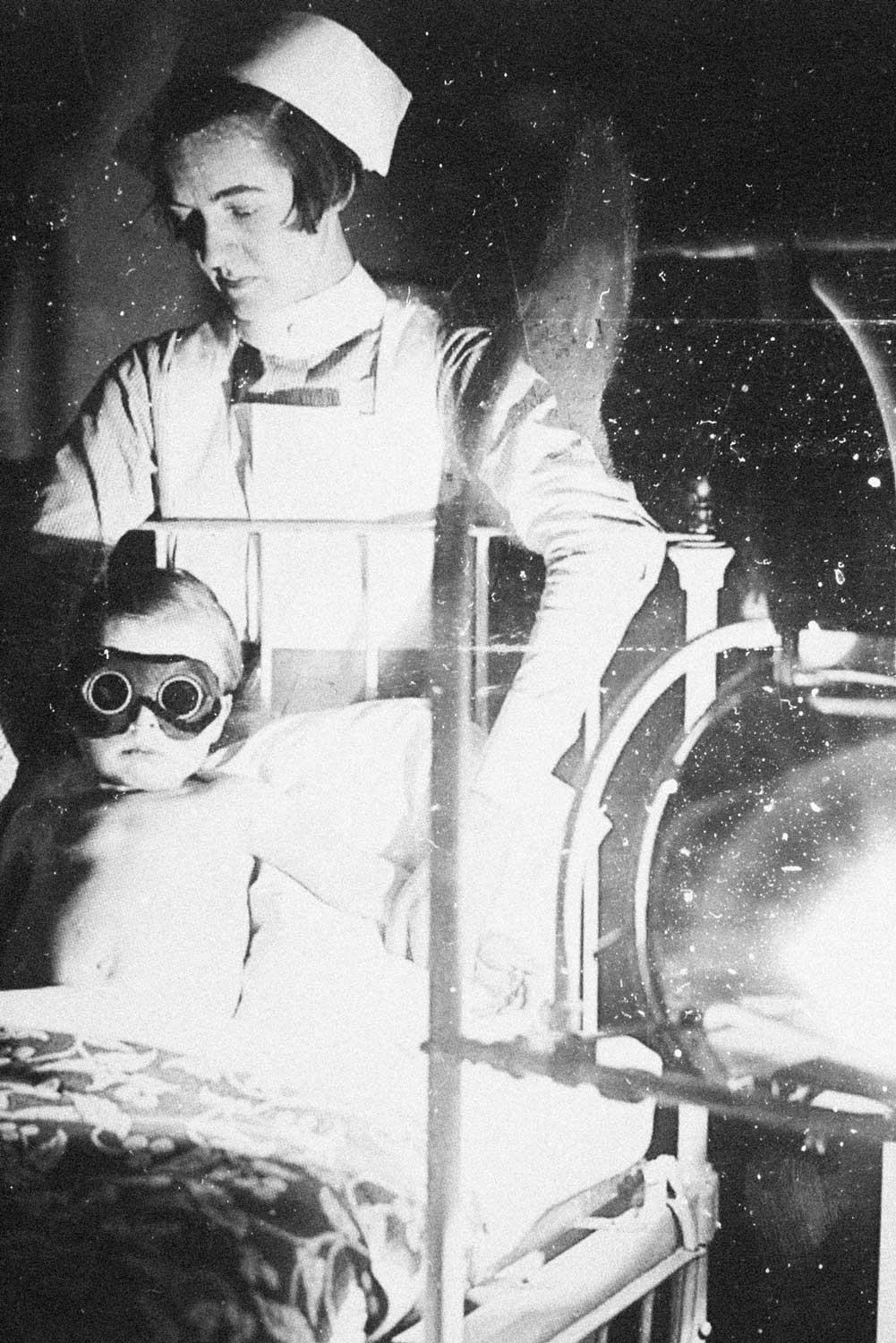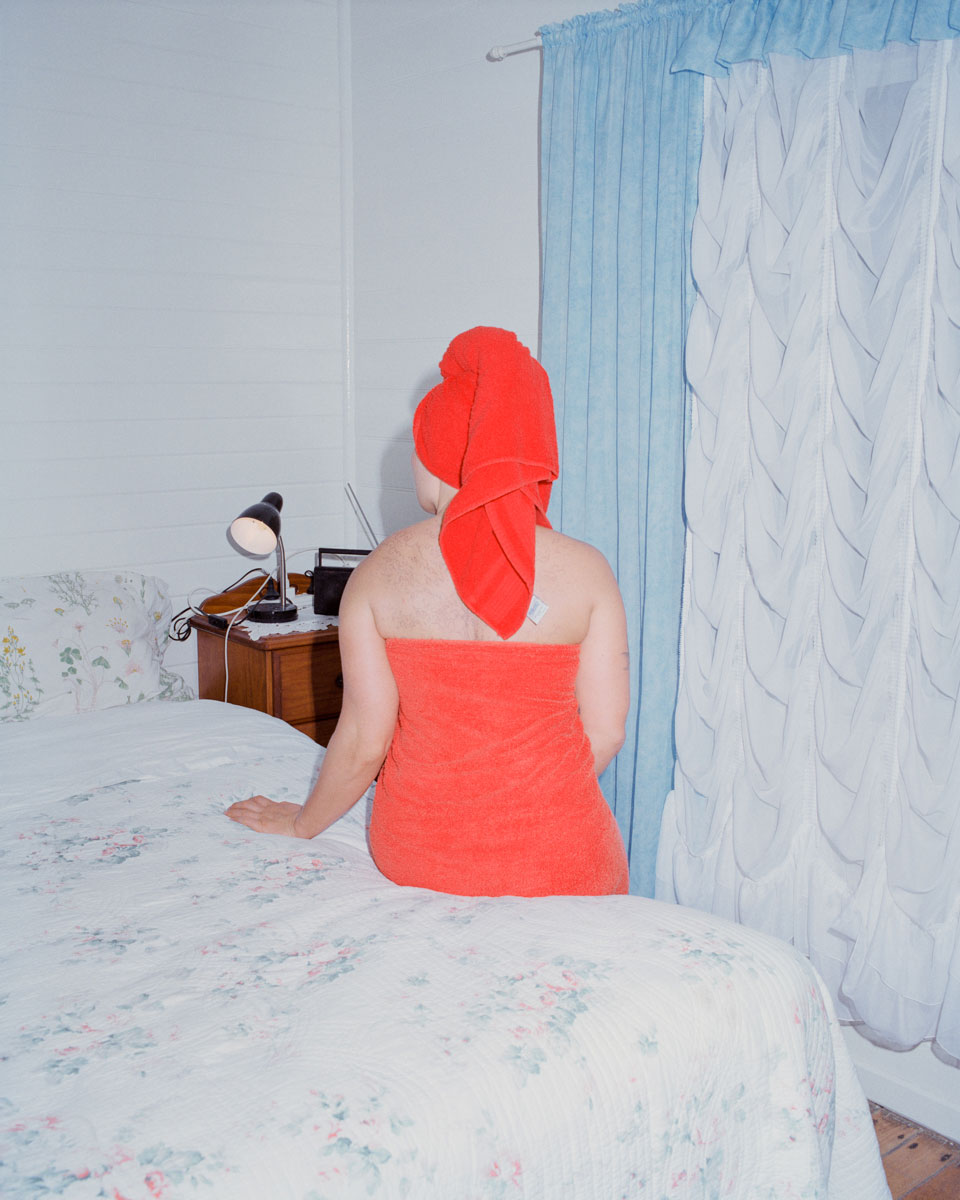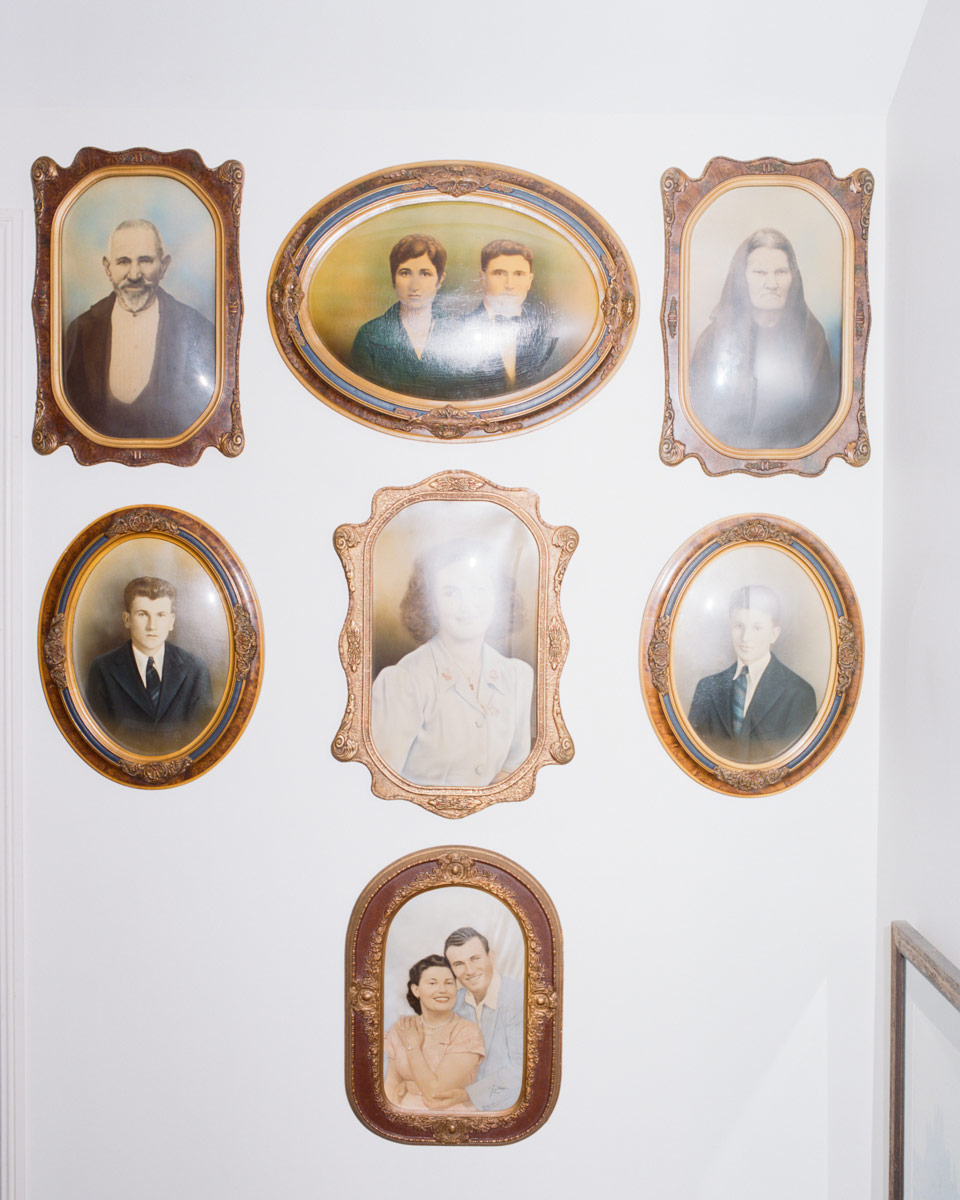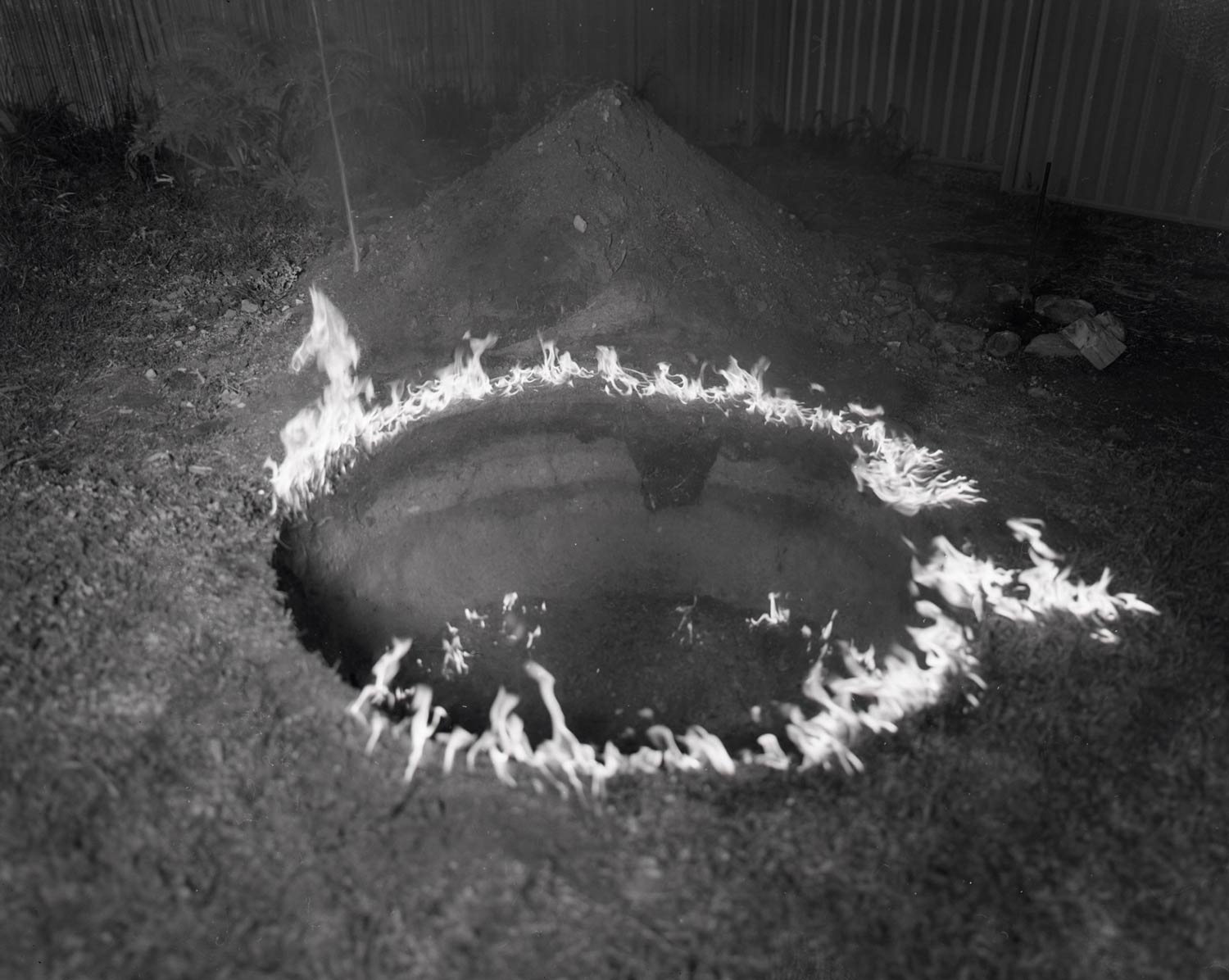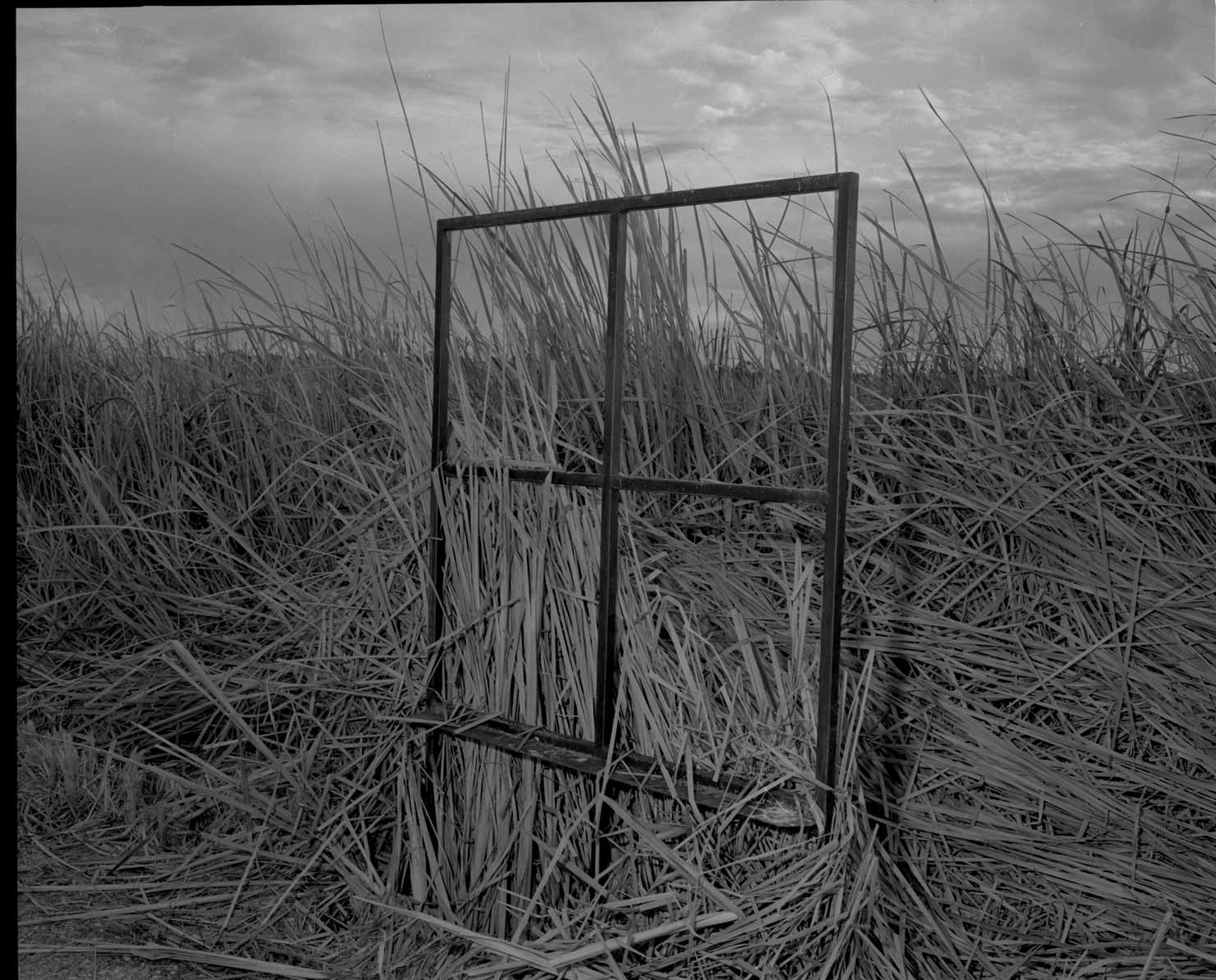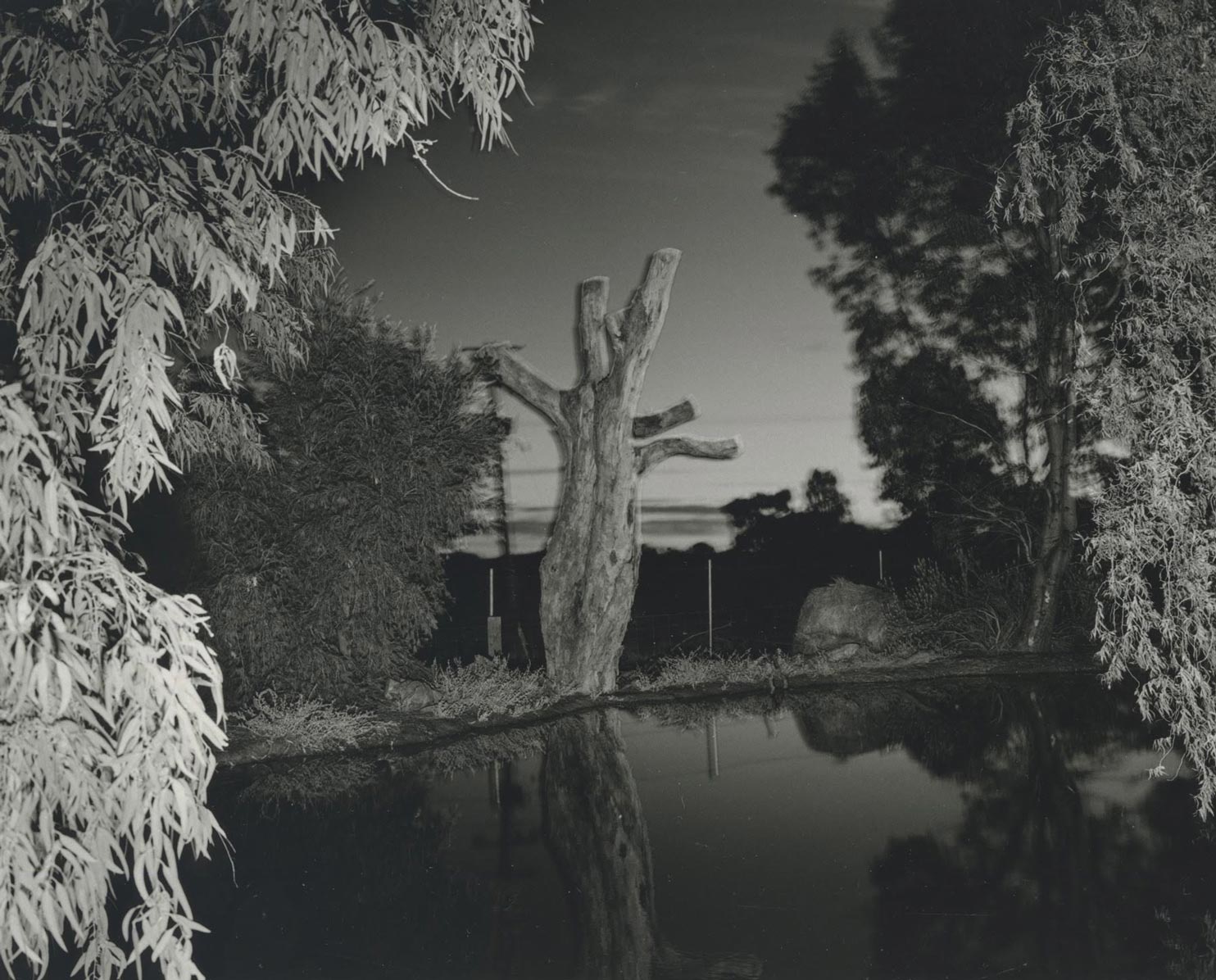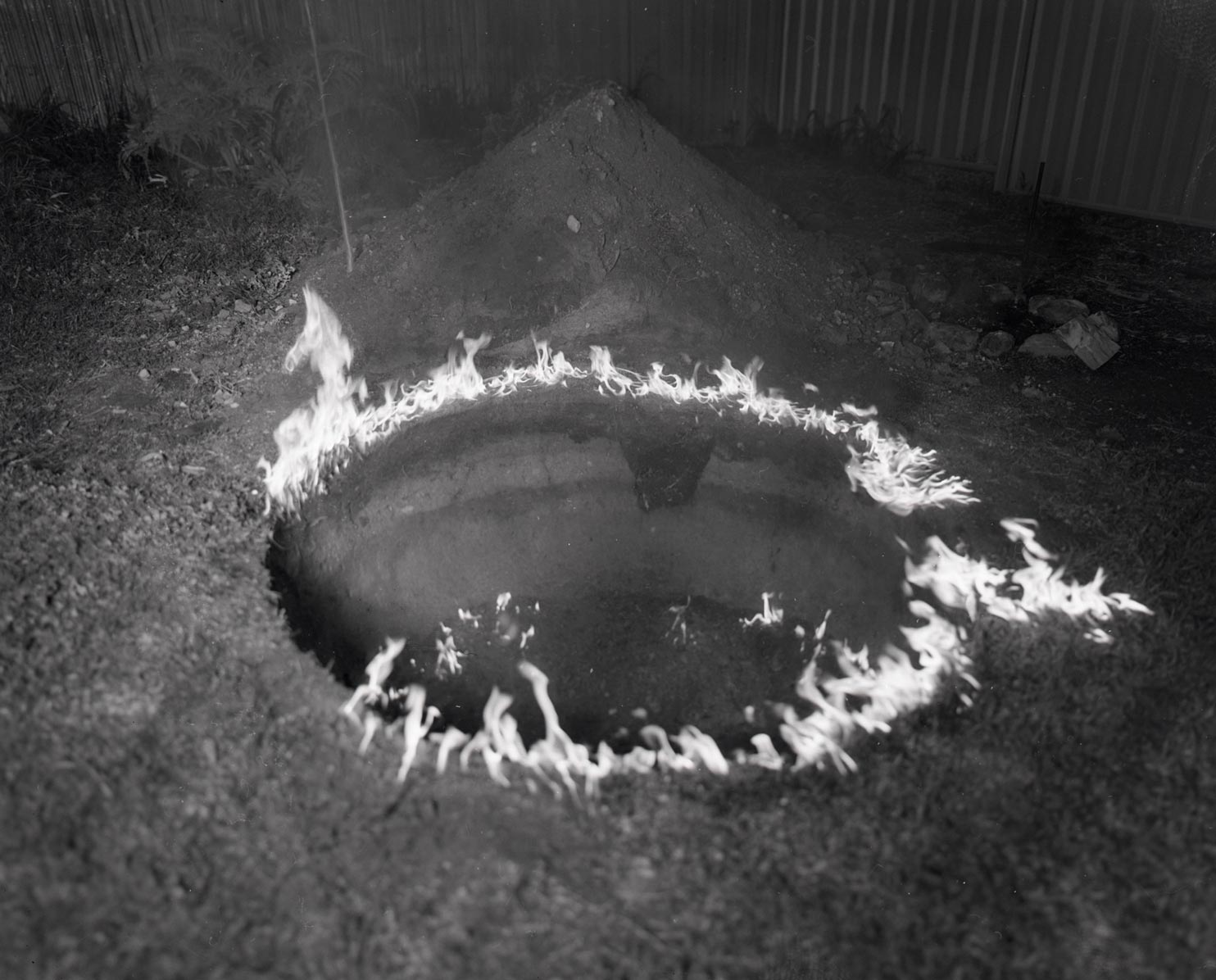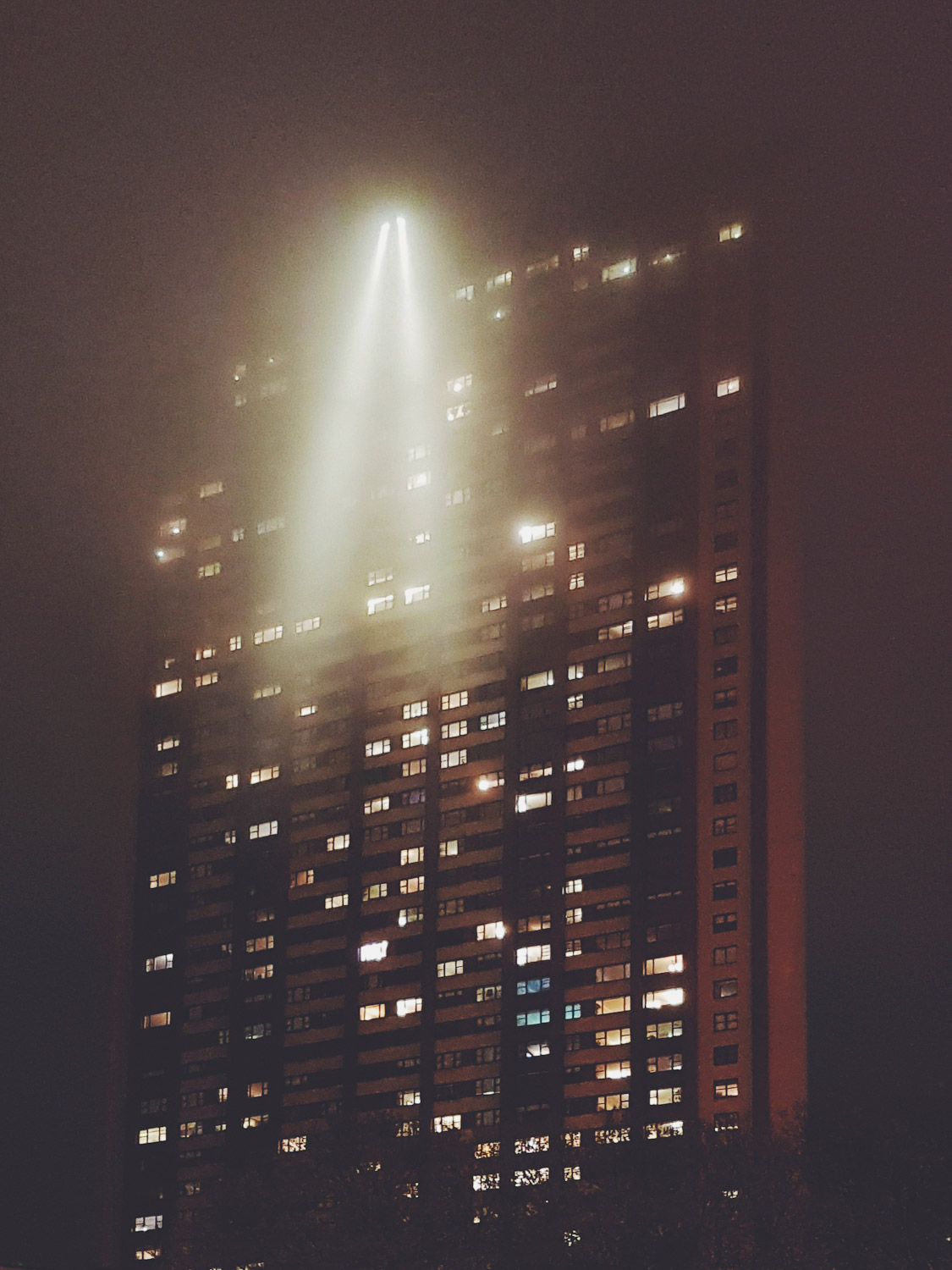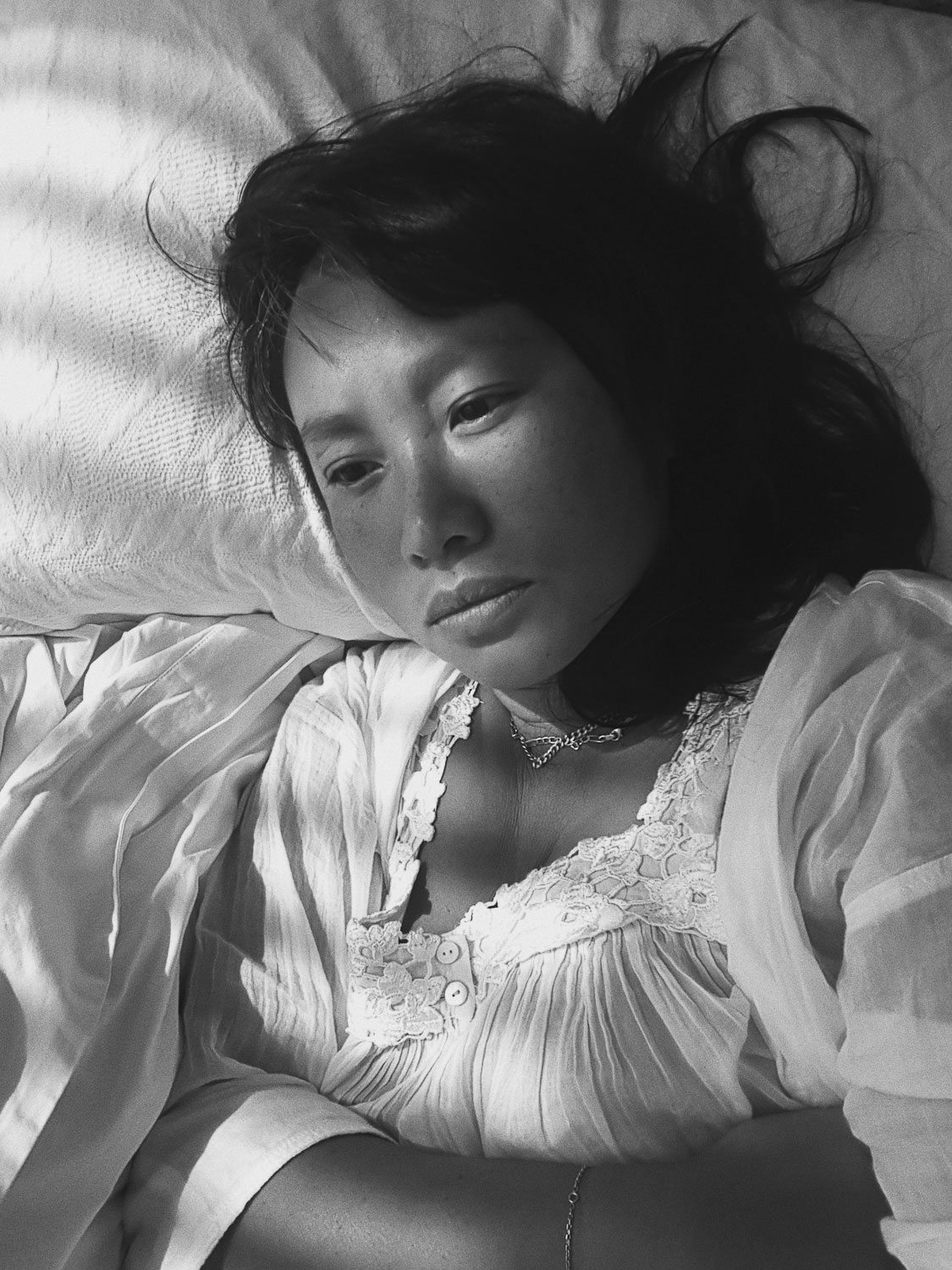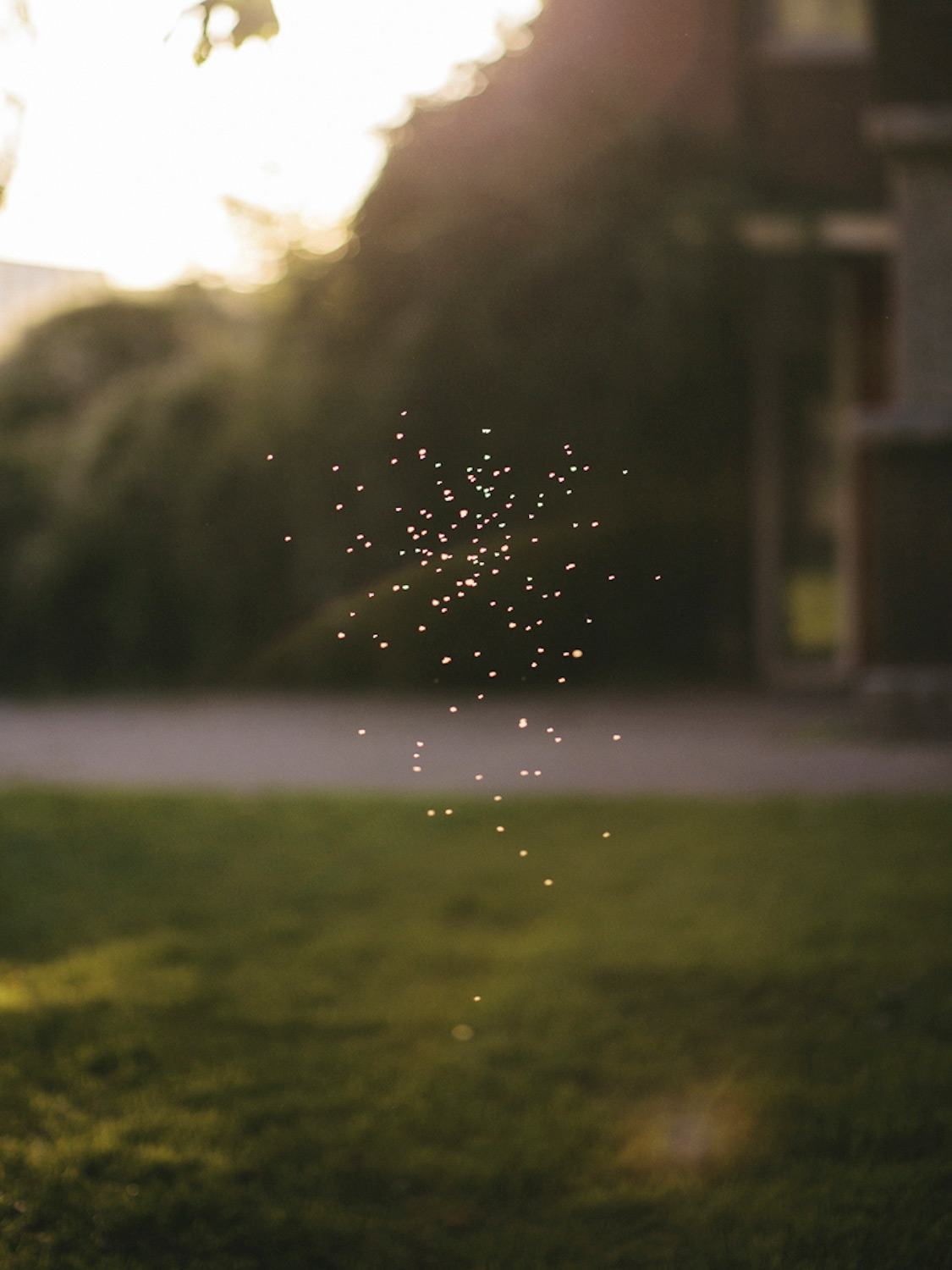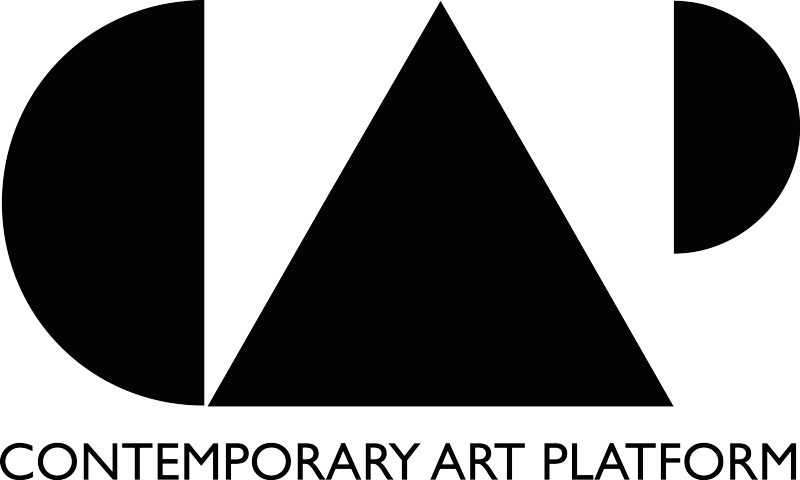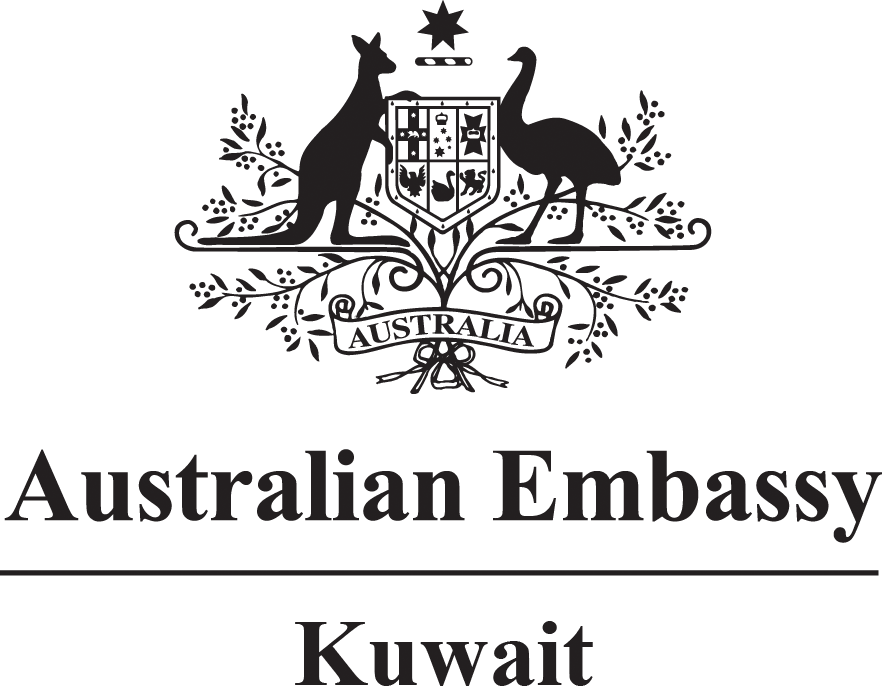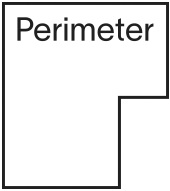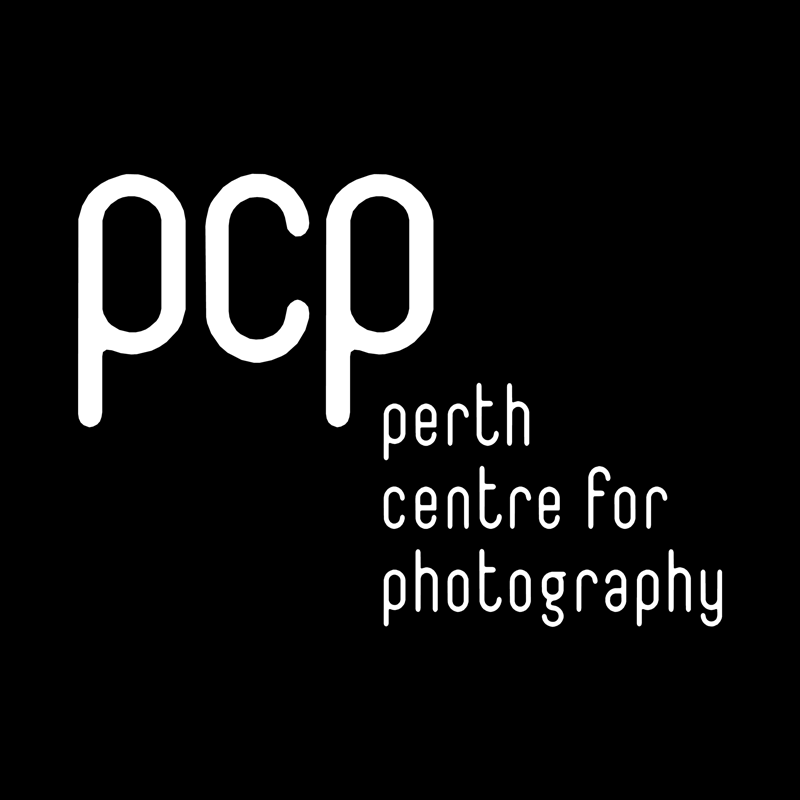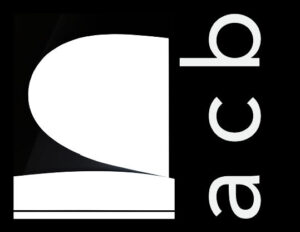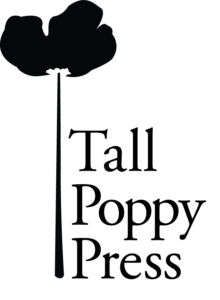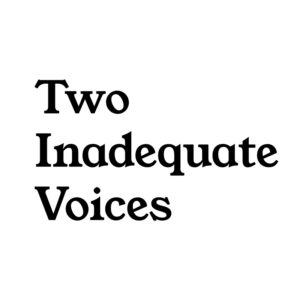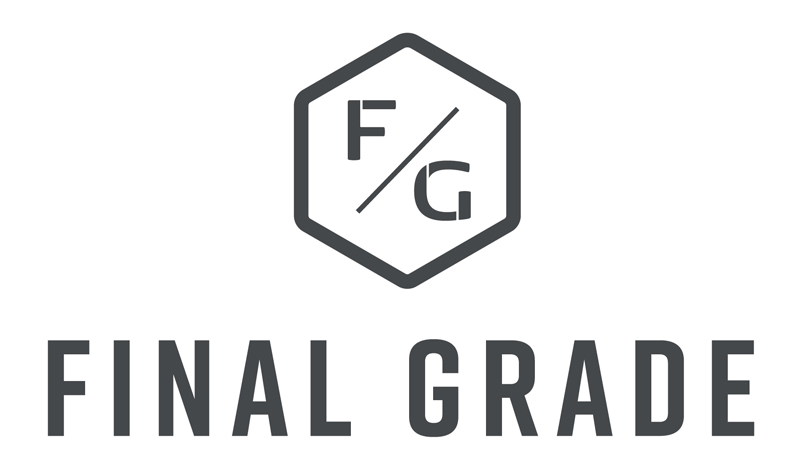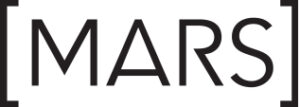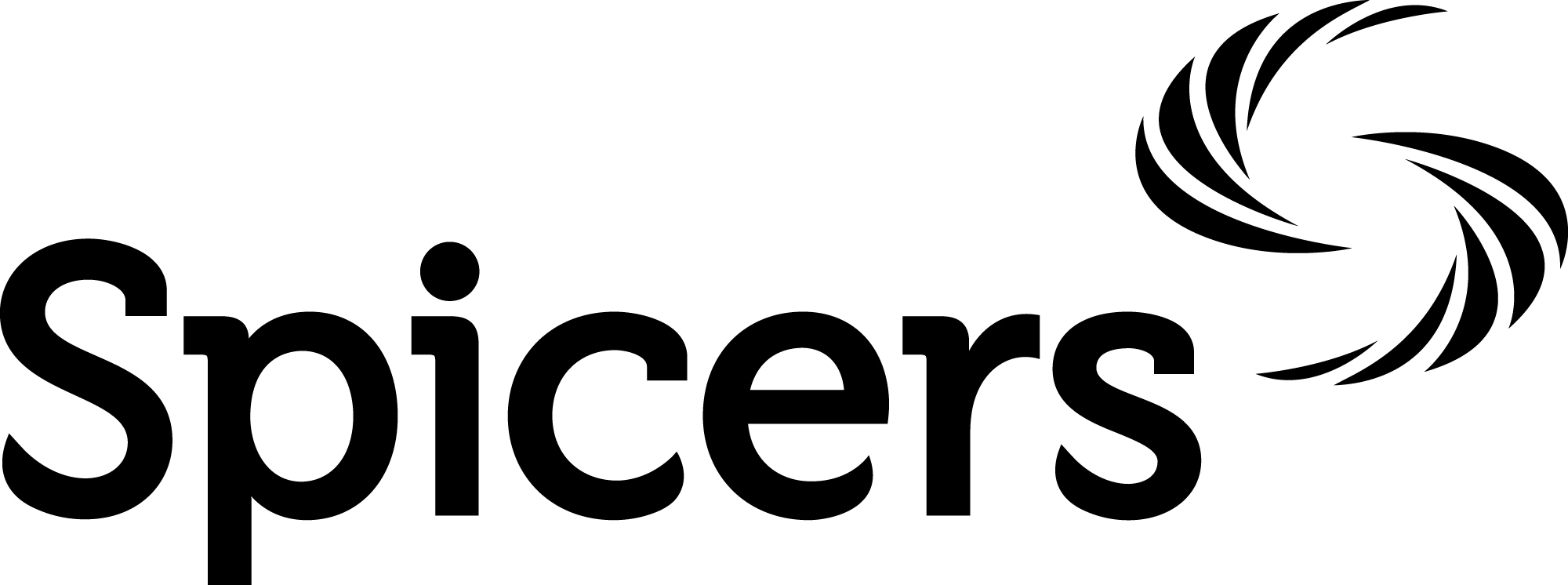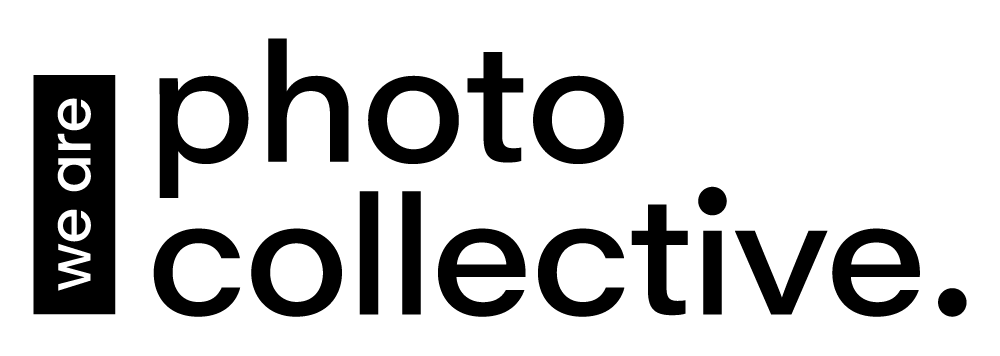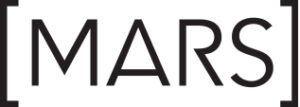Speculative Horizons has been in dialogue with the following image-makers and their work will act as a vehicle for discourse. A selection of this work will be elaborated on during the symposium and two of image-makers will present their work live (virtually or in person) in Kuwait during the event (image-makers TBC). Interest and discussion around the featured work is encouraged and further details, work samples and backstory can be supplied on demand.
Speculative Horizons has been in dialogue with the following image-makers and their work will act as a vehicle for discourse. A selection of this work will be elaborated on during the symposium and two of image-makers will present their work live (virtually or in person) in Kuwait during the event (image-makers TBC). Interest and discussion around the featured work is encouraged and further details, work samples and backstory can be supplied on demand.
Alan Stewart is a proud Taungurung, Filipino-Australian man and his work is predominantly focused on landscape and street photography.
Anne Moffat is a photographer working across an array of editorial, commercial and personal projects currently based in Melbourne, Australia on unceded Wurundjeri land. Anne draws on familial ties to Malaysia, China, and New Zealand, as well as family migration to Australia, to inform her social documentation and portraiture. Moffat’s work was awarded Jury’s Choice in the Prix Virginia (2020).
Ashley Kelam is an emerging Melbourne-based visual artist with an interest in experimental documentary. She predominantly investigates the suburban landscape, challenging the notion of mundanity and homogeneity by exploring the beauty and humour prevalent urban spaces.
Chloe Bartram is an award-winning photographic artist and visual narrator based in Fremantle, Western Australia. She is a founding member of Lumina Collective, PhD candidate at Murdoch University and current recipient of the JS Battye Fellowship at the State Library of Western Australia. Chloe’s work is concerned with the unacknowledged stories of our history and lived experience.
Chris Round is a landscape photographer based in Sydney. From documenting landscapes featuring direct human interventions to exploring ideas of place, Chris’s work primarily investigates our ever-changing relationship with the 21st Century environment. Within these themes he looks for scenes that visually activate their surroundings in strangely compelling ways, fortuitously photogenic environments that he carefully documents rather than photographically exaggerates.
Isolation is a recurring theme in Christopher Young‘s life and work – the remoteness of growing up in semi-rural New Zealand, the loneliness of living in Germany as a poor German speaker and lately the geographic and ideological seclusion of life in regional Australia have all coloured his artistic practice.
Clare Rae explores ideas of performance and gesture to interrogate and subvert dominant modes of representation. Her work is informed by feminist heory, and presents an alternate and often awkward experience of subjectivity and the female body.
Georgia Metaxas is an Australian photographer based in London whose work acknowledges her interest in documentary photography and the tension found between ‘artistic’ intent and documentary purpose.
Jacob Raupach is an artist whose practice considers the relationships between humans, the environment and its resources. Through these considerations, Jacob explores the ways in which art as a practice can help to alter and rewrite our perceptions of place and history. His work has continuously tried to address these issues through the production of artefacts that deal with abstract forces like capitalism and climate change via a realist and documentary aesthetic. Having grown up in regional Victoria and NSW, Jacob is currently based in Melbourne, Victoria.
Jacobus Capone is an Australian artist based in Walyalup Fremantle, WA. He maintains a practice that incorporates performance, photography, video installation, painting and site-specific work. Characteristically poetic there is a holistic nature to his undertakings which increasingly attempt to integrate all action, however perceived by others, into the wholeness of one lived experience.
James Bugg is a documentary photographer based in Melbourne, Australia. He is interested in narratives exploring the relationships between people, place and circumstance. In addition to his long term work, he has worked for editorial clients including Australian Geographic, The Guardian and Bloomberg.
Dr. James Farley is an artist and teacher working in Wiradjuri Country, Wagga Wagga, NSW. James’ practice is grounded in place and informed by ecological thinking. His ongoing research is towards a new aesthetic for ecological thinking, reciprocity, and coexistence. He is active in the cultivation and care of cultural ecologies in regional areas and has been involved in the development of multiple artist-run initiatives and established/participated in professional development, mentorships, and community-building programs across NSW.
Jesse Marlow is a Melbourne-based street photographer who works with serendipity and visual code and he has travelled the world in pursuit of images. He has published five photobooks and his photographs are held in public and private collections across Australia, including the National Gallery of Victoria and Australian Parliament House, Canberra.
Dr Jo Scicluna is a Naarm-based artist and educator working across fine art and design, and completed her PhD (Fine Art) at Monash University in 2022. Through a critically-engaged, site-responsive lens and a socio-cultural emphasis, Scicluna’s ongoing research explores expansive material and spatial approaches to photographic landscape practice. Drawing on her experience as a first generation, settler-colonial Australian, she seeks to extract, work with and counter the unresolved tensions underlying the Australian landscape. Her quest is informed by her foundational conceptual framework generated in conversation with First Peoples, and driven by the aim to recast the genre as a vehicle to redress problematic histories underpinning photographic and site-responsive practice.
Kaede James-Takamoto is a Japanese-Australian based in Melbourne/Naarm. The daughter of two sculptors, she was surrounded by art at a young age which has heavily impacted her way of seeing. After graduating from Monash University (MADA) studying Communication Design she completed her further studies in Photography at Photography Studies College. Kaede’s practice utilises a process driven experimental approach with a focus on belonging, identity and place.
Karl Halliday is a photographer and curator based in Melbourne whose conceptually-driven practice explores the fallacy of vision in relation to ideas around subjectivity, memory and language.
Lee Grant is a Korean-Australian photographer and researcher based on the South Coast of NSW with a background in social anthropology. Her commissions and long-term independent and collaborative projects deal with themes of community, identity and belonging and how landscape (both natural and inhabited) relates to these concepts.
Meg De Young is a visual artist, living and working in Naarm (Melbourne). Her current research and practice considers how social structures influence the experience of women and how collaboration and performance can bring new meaning to the narratives that surround this.
Matthew Stanton is an Australian Artist, Educator and Photographer working between Naarm (Melbourne) and Gimuy (Cairns). His work primarily utilises the mediums of still photography, 16mm film and video; investigating the interrelationships between ecological, spatial and biogeographical histories within landscapes whilst tracing their lingering psychological associations.
Mike Gray is an Australian artist who has exhibited nationally and internationally since 2003. Through predominately photographic and interdisciplinary lens-based works he examines dominant Western narratives that specifically intersect both Australian and personal concerns. Some of the themes explored include applied machismo, uncanny suburbia, preconscious vision, the nature–culture divide, and the experience of the partially naturalised migrant.
Nathan Stolz operates at the intersection of fine art and documentary photography. He seeks to understand the relationships between the collective and the individual, expressing the universal through the personal.
Nicholas Hubicki’s current photographs focus on both the constructed and natural world, drawing upon sources such as architecture, urbanism, entropy, botany and geology. His work is conceived less as individual documents than as a discourse between things: their state, genealogy and memory.
Alan Stewart
Stewart is a proud Taungurung, Filipino-Australian man and his work is predominantly focused on landscape and street photography.
Anne Moffat
Moffat is a photographer working across an array of editorial, commercial and personal projects currently based in Melbourne, Australia on unceded Wurundjeri land. Anne draws on familial ties to Malaysia, China, and New Zealand, as well as family migration to Australia, to inform her social documentation and portraiture. Moffat’s work was awarded Jury’s Choice in the Prix Virginia (2020).
Ashley Kelam
Kelam is an emerging Melbourne-based visual artist with an interest in experimental documentary. She predominantly investigates the suburban landscape, challenging the notion of mundanity and homogeneity by exploring the beauty and humour prevalent urban spaces.
Chloe Bartram
Bartram is an award-winning photographic artist and visual narrator based in Fremantle, Western Australia. She is a founding member of Lumina Collective, PhD candidate at Murdoch University and current recipient of the JS Battye Fellowship at the State Library of Western Australia. Chloe’s work is concerned with the unacknowledged stories of our history and lived experience.
Chris Round
Round is a landscape photographer based in Sydney. From documenting landscapes featuring direct human interventions to exploring ideas of place, Chris’s work primarily investigates our ever-changing relationship with the 21st Century environment. Within these themes he looks for scenes that visually activate their surroundings in strangely compelling ways, fortuitously photogenic environments that he carefully documents rather than photographically exaggerates.
Christopher Young
Isolation is a recurring theme in Christopher Young‘s life and work – the remoteness of growing up in semi-rural New Zealand, the loneliness of living in Germany as a poor German speaker and lately the geographic and ideological seclusion of life in regional Australia have all coloured his artistic practice.
Clare Rae
Rae explores ideas of performance and gesture to interrogate and subvert dominant modes of representation. Her work is informed by feminist heory, and presents an alternate and often awkward experience of subjectivity and the female body.
Georgia Metaxas
Metaxas is an Australian photographer based in London whose work acknowledges her interest in documentary photography and the tension found between ‘artistic’ intent and documentary purpose.
Jacob Raupach
Raupach is an artist whose practice considers the relationships between humans, the environment and its resources. Through these considerations, Jacob explores the ways in which art as a practice can help to alter and rewrite our perceptions of place and history. His work has continuously tried to address these issues through the production of artefacts that deal with abstract forces like capitalism and climate change via a realist and documentary aesthetic. Having grown up in regional Victoria and NSW, Jacob is currently based in Melbourne, Victoria.
Jacobus Capone
Capone is an Australian artist based in Walyalup Fremantle, WA. He maintains a practice that incorporates performance, photography, video installation, painting and site-specific work. Characteristically poetic there is a holistic nature to his undertakings which increasingly attempt to integrate all action, however perceived by others, into the wholeness of one lived experience.
James Bugg
Bugg is a documentary photographer based in Melbourne, Australia. He is interested in narratives exploring the relationships between people, place and circumstance. In addition to his long term work, he has worked for editorial clients including Australian Geographic, The Guardian and Bloomberg.
James Farley
Dr. James Farley is an artist and teacher working in Wiradjuri Country, Wagga Wagga, NSW. James’ practice is grounded in place and informed by ecological thinking. His ongoing research is towards a new aesthetic for ecological thinking, reciprocity, and coexistence. He is active in the cultivation and care of cultural ecologies in regional areas and has been involved in the development of multiple artist-run initiatives and established/participated in professional development, mentorships, and community-building programs across NSW.
Jesse Marlow
Marlow is a Melbourne-based street photographer who works with serendipity and visual code and he has travelled the world in pursuit of images. He has published five photobooks and his photographs are held in public and private collections across Australia, including the National Gallery of Victoria and Australian Parliament House, Canberra.
Jo Scicluna
Dr Jo Scicluna is a Naarm-based artist and educator working across fine art and design, and completed her PhD (Fine Art) at Monash University in 2022. Through a critically-engaged, site-responsive lens and a socio-cultural emphasis, Scicluna’s ongoing research explores expansive material and spatial approaches to photographic landscape practice. Drawing on her experience as a first generation, settler-colonial Australian, she seeks to extract, work with and counter the unresolved tensions underlying the Australian landscape. Her quest is informed by her foundational conceptual framework generated in conversation with First Peoples, and driven by the aim to recast the genre as a vehicle to redress problematic histories underpinning photographic and site-responsive practice.
Kaede James-Takamoto
James-Takamoto is a Japanese-Australian based in Melbourne/Naarm. The daughter of two sculptors, she was surrounded by art at a young age which has heavily impacted her way of seeing. After graduating from Monash University (MADA) studying Communication Design she completed her further studies in Photography at Photography Studies College. Kaede’s practice utilises a process driven experimental approach with a focus on belonging, identity and place.
Karl Halliday
Karl Halliday is a photographer and curator based in Melbourne whose conceptually-driven practice explores the fallacy of vision in relation to ideas around subjectivity, memory and language.
Lee Grant
Grant is a Korean-Australian photographer and researcher based on the South Coast of NSW with a background in social anthropology. Her commissions and long-term independent and collaborative projects deal with themes of community, identity and belonging and how landscape (both natural and inhabited) relates to these concepts.
Meg De Young
Meg De Young is a visual artist, living and working in Naarm (Melbourne). Her current research and practice considers how social structures influence the experience of women and how collaboration and performance can bring new meaning to the narratives that surround this.
Matthew Stanton
Matthew Stanton is an Australian Artist, Educator and Photographer working between Naarm (Melbourne) and Gimuy (Cairns). His work primarily utilises the mediums of still photography, 16mm film and video; investigating the interrelationships between ecological, spatial and biogeographical histories within landscapes whilst tracing their lingering psychological associations.
Mike Gray
Gray is an Australian artist who has exhibited nationally and internationally since 2003. Through predominately photographic and interdisciplinary lens-based works he examines dominant Western narratives that specifically intersect both Australian and personal concerns. Some of the themes explored include applied machismo, uncanny suburbia, preconscious vision, the nature–culture divide, and the experience of the partially naturalised migrant.
Nathan Stolz
Stolz operates at the intersection of fine art and documentary photography. He seeks to understand the relationships between the collective and the individual, expressing the universal through the personal.
Nicholas Hubicki
Hubicki’s current photographs focus on both the constructed and natural world, drawing upon sources such as architecture, urbanism, entropy, botany and geology. His work is conceived less as individual documents than as a discourse between things: their state, genealogy and memory.
Noah Thompson
Thompson is an Australian photographer working with expanded modes of documentary making. Coming from a background in political science and with an interest in visual narratives, his work examines the ways in which individual and community circumstance play out amongst broader social, political and cultural events. With an emphasis on slowness through the use of large format film cameras, Thompson attempts to delve into the cultural and social subtleties of contemporary Australia while informed by the past.
Occasional acceptance (of chaos)
Occasional acceptance (of chaos) is a collaborative photographic project engaging artists who are balancing their work as a creative practitioner alongside providing care to dependents. The portraits are produced by duo, Harriet Tarbuck and Stephanie Rose Wood, two Melbourne based UK-born documentary photographers who work in similar life circumstances balancing family, personal/commercial photography, educational roles and other industry engagement. The portraits act as an outcome of an affirming conversation and a visual response to the personal stories exchanged and is a reaction to reverberating conversations that circle around achieving an unattainable life balance, guilt ridden feelings of compromise and the occasional acceptance of chaos.
Harriet Tarbuck is a photographer specialising in the areas of portraiture and documentary. Her passion for photography is created through her want and need to connect with people and hear their stories. Harriet has spent her time in Naarm/Melbourne fostering inclusive and diverse community engagement through award recognition, education programs and community events.
Stephanie Rose Wood is a Naarm/Melbourne-based British documentary photographer who works as a collaborative, community-centred storyteller/question asker. Her creative practice is research-driven and explores the complex interconnections between community, ritual, and the psychology of belief.
Paul Batt
Batt is a graduate of both the Victorian College of the Arts (VCA) and Royal Melbourne Institute of Technology (RMIT) photography departments and is currently a PhD candidate in Fine Art (Photography) at Monash University, where he has also worked as a Sessional Photography Lecturer.
Sarina Lirosi
Lirosi is a multidisciplinary artist and educator of Italian descent whose practice explores the relationship between memory, loss, and desire often through collected ephemera.
Noah Thompson is an Australian photographer working with expanded modes of documentary making. Coming from a background in political science and with an interest in visual narratives, his work examines the ways in which individual and community circumstance play out amongst broader social, political and cultural events. With an emphasis on slowness through the use of large format film cameras, Thompson attempts to delve into the cultural and social subtleties of contemporary Australia while informed by the past.
Occasional acceptance (of chaos) is a collaborative photographic project engaging artists who are balancing their work as a creative practitioner alongside providing care to dependents. The portraits are produced by duo, Harriet Tarbuck and Stephanie Rose Wood, two Melbourne based UK-born documentary photographers who work in similar life circumstances balancing family, personal/commercial photography, educational roles and other industry engagement. The portraits act as an outcome of an affirming conversation and a visual response to the personal stories exchanged and is a reaction to reverberating conversations that circle around achieving an unattainable life balance, guilt ridden feelings of compromise and the occasional acceptance of chaos.
Harriet Tarbuck is a photographer specialising in the areas of portraiture and documentary. Her passion for photography is created through her want and need to connect with people and hear their stories. Harriet has spent her time in Naarm/Melbourne fostering inclusive and diverse community engagement through award recognition, education programs and community events.
Stephanie Rose Wood is a Naarm/Melbourne-based British documentary photographer who works as a collaborative, community-centred storyteller/question asker. Her creative practice is research-driven and explores the complex interconnections between community, ritual, and the psychology of belief.
Paul Batt is a graduate of both the Victorian College of the Arts (VCA) and Royal Melbourne Institute of Technology (RMIT) photography departments and is currently a PhD candidate in Fine Art (Photography) at Monash University, where he has also worked as a Sessional Photography Lecturer.
Sarina Lirosi is a multidisciplinary artist and educator of Italian descent whose practice explores the relationship between memory, loss, and desire often through collected ephemera.
Sophie Gabrielle is a Melbourne based contemporary photographer working in both still and moving image. Worry For The Fruit The Birds Won’t Eat is an exploration from Sophie’s own experience with cancer through optics, chemical interactions and an investigative process to photograph something invisible to the naked eye.
Teva Cosic is an artist living and working between Naarm/Melbourne and Gimuy/Cairns whose work explores ideas around memory, loss and place. Influenced by her cross-cultural (Swedish/Croatian) background, her current practice and research navigates inter-generational experiences of migration, feelings of cultural displacement and the role of nostalgia in maintaining connections to our past.
Wouter Van de Voorde studied painting and printmaking at KASK in Ghent Belgium. In 2008 he moved to Australia where he currently resides with his family on Ngunnawal land in Canberra.
Sophie Gabrielle
Gabrielle is a Melbourne based contemporary photographer working in both still and moving image. Worry For The Fruit The Birds Won’t Eat is an exploration from Sophie’s own experience with cancer through optics, chemical interactions and an investigative process to photograph something invisible to the naked eye.
Teva Cosic
Cosic is an artist living and working between Naarm/Melbourne and Gimuy/Cairns whose work explores ideas around memory, loss and place. Influenced by her cross-cultural (Swedish/Croatian) background, her current practice and research navigates inter-generational experiences of migration, feelings of cultural displacement and the role of nostalgia in maintaining connections to our past.
Wouter Van de Voorde
Van de Voorde studied painting and printmaking at KASK in Ghent Belgium. In 2008 he moved to Australia where he currently resides with his family on Ngunnawal land in Canberra.
Ying Ang
Ang is a photographer and author with an extensive exhibition history and client base, having lived and worked in Singapore, Sydney and New York City. She has published two highly personal photobooks.
Ying Ang is a photographer and author with an extensive exhibition history and client base, having lived and worked in Singapore, Sydney and New York City. She has published two highly personal photobooks.

